- Secretary’s Corner
- GAD Activities
- GAD Issuances

- Mission and Vision
- Department Structure
- Key Officials
- Citizen’s Charter
- Attached Agencies
- General Info
- Culture & Arts
- People & Religion
- Tourism Industries Products
- Promotional Fair and Events
- Doing Business
- Philippines RIA Pilot Program
- Tourism Demand Statistics
- Standards Rules and Regulations
- Online Accreditation
- Accredited Establishments
- Learning Management System (LMS)

News and Updates
- Announcements
- Publications
- Bids and Awards

DOT Chief: Philippines surpasses yearend target with 5.45 million int’l visitor arrivals in 2023, int’l visitor receipts surge at PHP482.54 billion

Manila, Philippines —The year 2023 is a win for the Philippine tourism industry as it welcomed more than five million international visitor arrivals from January 1 to December 31, 2023, recording more than PHP480 billion in international tourism receipts, according to Department of Tourism (DOT) Secretary Christina Garcia Frasco.
According to the monitoring data of the DOT, a total of 5,450,557 international visitors entered the country from January 1 to December 31, 2023, of which 91.80 percent or the bulk of international arrivals recorded at 5,003,475 are foreigners. The remaining 8.20 percent or 447,082 are overseas Filipinos.
The new record is around 650,000 higher than its target of 4.8 million international visitors projected to visit the country for the entire year.
South Korea retains its top spot as the country’s main source of international visitors, getting 26.41 percent of the pie which delivered 1,439,336 foreign tourists. It was followed by the United States with 903,299 tourists (16.57 percent) visiting the country; then Japan with 305,580 (5.61 percent); Australia with 266,551 (4.89 percent); and China with 263,836 (4.84 percent).
Other foreigners who visited the country from other top source markets after China were from Canada, Taiwan, the United Kingdom, Singapore, and Malaysia.
Surge in International Tourism Receipts
The tourism chief likewise emphasized that the country’s local tourism industry is recovering faster than expected.
The country’s international tourism receipts have surged at an estimate of PHP482.54 billion from January 1 to December 31, 2023. This is higher by 124.87 percent compared with the PHP214.58 billion estimated visitor receipts from the same period last year. In 2019 or pre-pandemic period, the DOT recorded PHP482.15 billion in international tourism receipts.
The Philippines has also reached an estimated 66 percent recovery rate for its all-time high international visitor arrivals achieved in 2019.
By 2024, the DOT is targeting a baseline target of 7.7 million international visitor arrivals.
“My deepest appreciation goes to every tourism stakeholder, collaborative partner, and passionate contributor who propelled our shared aspirations forward. Under President Ferdinand “Bongbong” Marcos, Jr.’s guiding vision and leadership, tourism has become a pivotal force driving our nation’s economic resurgence,” said Secretary Frasco,
“These numbers speak very well of the performance of the tourism industry under the Marcos Administration. Since we took office, we have set our goals for the industry not only in terms of international visitor arrivals but most importantly, the number of Filipinos, including their families, who will benefit from the opportunities generated by our constant and continuous efforts to make the industry prosper more than what we have aimed for. We assure the President, including our partners from the public and private sectors, that we will continue to realize the vision of this administration to make tourism a catalyst for economic growth and resurgence,” she added.
Realization of NTDP goals
In May 2023, President Ferdinand Marcos, Jr. approved the National Tourism Development Plan (NTDP) 2023 to 2028, the administration’s blueprint and development framework for the tourism industry, officials said Tuesday.
It contains the DOT’s seven strategic goals formulated under the helm of Secretary Frasco, which is the improvement of tourism infrastructure and accessibility; cohesive and comprehensive digitalization and connectivity; enhancement of overall tourist experience; equalization of tourism product development and promotion; diversification of the tourism portfolio through multidimensional tourism; maximization of domestic and international tourism; and strengthening tourism governance through close collaborations with national and local government units and stakeholders.
Flagship Projects and Programs of the DOT in 2023
On the directive of Secretary Frasco, the DOT embarked on an aggressive campaign to realize the Marcos Administration’s vision of making the Philippines a tourism powerhouse in Asia.
Among others, the DOT successfully turned over 10 Tourist Rest Areas (TRAs) in strategic locations nationwide, with 18 more to be built this 2024. A flagship program of the Marcos Administration, the TRAs are equipped with facilities such as work and charging stations, information, and pasalubong centers, and clean restrooms and showers, a lounge area, and a breastfeeding room.
In less than two years of office, the DOT was able to complete 158 kilometers of roads leading to tourism destinations across the country in a bid to increase connectivity in tourist destinations through its Tourism Road Infrastructure Program (TRIP) in collaboration with the Department of Public Works and Highways (DPWH).
To further provide convenience to tourists in terms of mobility while discovering destinations around the Philippine capital, two Hop-On Hop-Off (HOHO) Travel by The Hubs were also inaugurated in the cities of Manila and Makati. Four additional hubs are also planned to be launched with six local LGUs in Metro Manila as partners.
The DOT is also expanding the country’s cruise tourism portfolio by receiving a total of 125 cruise calls in 2023.
The DOT also launched the country’s first Tourist Assistance Call Center, a centralized multi-platform assistance center that serves as a hotline and one-stop shop for local and foreign tourists. Since its launching in October, a total of 2,497 transactions have been made as of December 31, 2023.
An aggregate of 33,435 app downloads have also been recorded since the launching of the integrated Travel Philippines App, a project of the DOT and its marketing arm, Tourism Promotions Board (TPB) Philippines.
Meanwhile, 21,195 tourism-related jobs were also offered at the Trabaho, Turismo, Asenso Job Fairs–Trabaho Turismo Asenso Philippine Tourism Job Fairs, a collaborative effort by the DOT and the Department of Labor and Employment (DOLE).
With the Philippines being known as one of the most hospitable countries in the world, 126,343 tourism workers were trained for the Filipino Brand of Service Excellence (FBSE) as of December 31, 2023, surpassing the initial 100,000 set by no less than the tourism chief.
Initiated by the DOT, the FBSE training program is rooted in the 7M’s of core values that Filipinos are widely known for: Malikhain, Makatao, Makakalikasan, Makabansa, Masayahin, May Bayanihan, and May Pag-asa, and designed to promote service excellence in all tourism-related establishments.
Generating more sales leads
Abundant tourism revenue from international and local business-to-business and promotional events also concluded in 2023 for the Philippine tourism industry.
An estimated PHP6.317 billion total sales leads have been delivered through the DOT’s attached agency, Tourism Promotions Board (TPB) Philippines, which has been actively carrying out marketing and promotions, mounting of international and domestic travel fairs, and participating in major expos locally and abroad.
“Looking ahead to 2024, our commitment to the transformation of Philippine tourism is unwavering. Guided by our National Tourism Development Plan 2023-2028, we are poised for a thriving tourism landscape, evident in surpassing our targets in international and domestic arrivals and receipts, fostering economic prosperity and further job creation for our people,” said Secretary Frasco.
The New Philippines
Reintroducing The Philippines into the global tourism arena, the country , represented by Secretary Frasco, has been elected Vice President of the 25th General Assembly of the United Nations World Tourism Organization (UNWTO), a prestigious global position last held by the country more than two decades ago. Likewise, The Philippines, with Secretary Frasco’s representation, was also elected as Chair of the Commission for East Asia and the Pacific allowing the country to host the Joint Regional Meetings of the Committee for East Asia and the Pacific and South Asia in Cebu in 2024.
Consistent top-of-mind destination
The past year for the tourism industry may have been a mix of challenges and successes, but as recognized by preeminent award-giving bodies and publications, the Philippines remains a top-of-mind destination among travelers.
This was signified by the six major accolades from the World Travel Awards (WTA) received by the country as 2023 World’s Leading Dive Destination, World’s Leading Beach Destination, the World’s Leading City Destination for Manila as well as Asia’s Best Cruise Destination, and Asia’s Leading Dive Destination. For the first time, the Philippines also earned the spotlight on its inaugural win for the Global Tourism Resilience Award for demonstrating “global leadership, pioneering vision, and innovation to overcome critical challenges and adversity.”
The Philippines, during the previous year, also garnered more than 15 travel and tourism honors from prestigious award-giving bodies in the categories including diving, beach, cruise, culinary, retirement, and Muslim-friendly tourism, “a testament that the Philippines is indeed an emerging tourism powerhouse.” according to Secretary Frasco.
“The extraordinary journey of Philippine tourism in 2023 saw the world express its LOVE for the Philippines with our country’s rise to global prominence as the World’s Leading Beach and Dive Destination, and Asia’s Best Cruise Destination, among many other accolades. The indomitable spirit of the Filipino has been globally acclaimed with the Philippines receiving the Global Tourism Resilience Award with our country seen as a benchmark for innovation amidst trials and challenges,” enthused the tourism chief.
“Looking ahead to 2024, our commitment to the transformation of Philippine tourism is unwavering. Guided by our National Tourism Development Plan 2023-2028, we are poised for a thriving tourism landscape, evident in surpassing our targets in international and domestic arrivals and receipts, fostering economic prosperity and further job creation for our people,” Frasco added.

Published:January 2, 2024
Recent News

DOT CHAMPIONS INCLUSIVE TOURISM IN BORACAY ISLAND WITH LAUNCH OF FIRST-EVER MUSLIM-FRIENDLY COVE FOR TRAVELERS AND FAMILIES
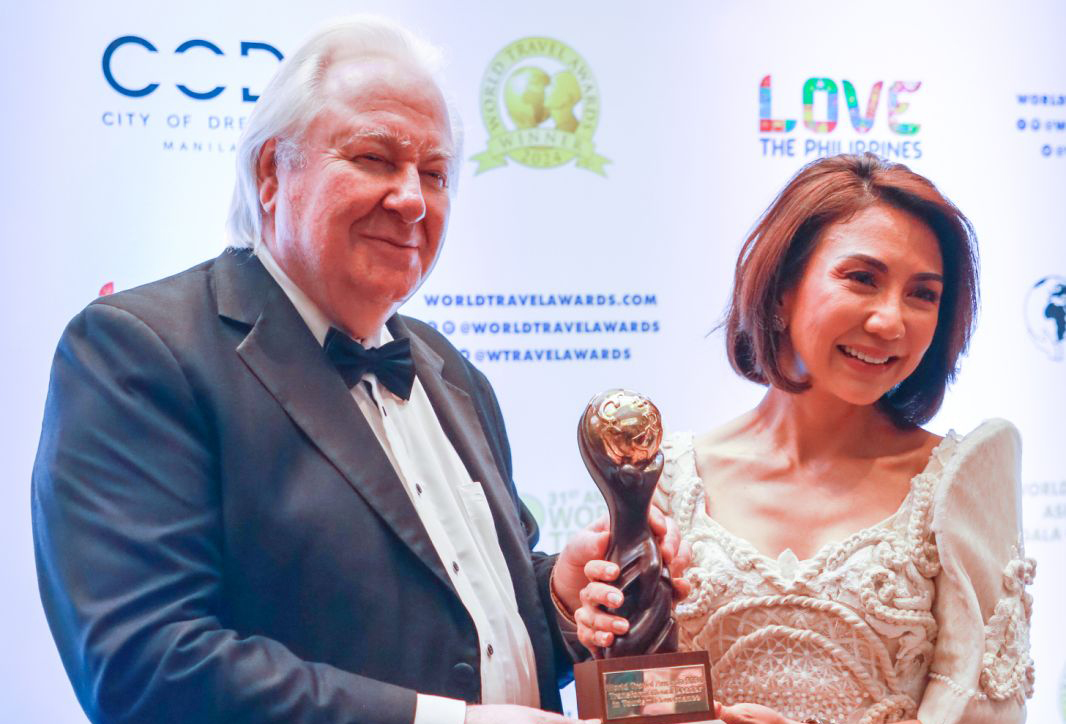
FRASCO RECEIVES TRANSFORMATIONAL LEADER AWARD IN TOURISM GOVERNANCE FROM WTA

PHILIPPINES SUCCESSFULLY HOSTS WORLD TRAVEL AWARDS 2024, BAGS EIGHT AWARDS

DOT, DOST INK AGREEMENTS ON SCIENCE-BASED INNOVATIONS TO BOOST PH TOURISM

ILOILO’S FIRST TOURIST REST AREA TO FURTHER BOOST WESTERN VISAYAS TOURISM
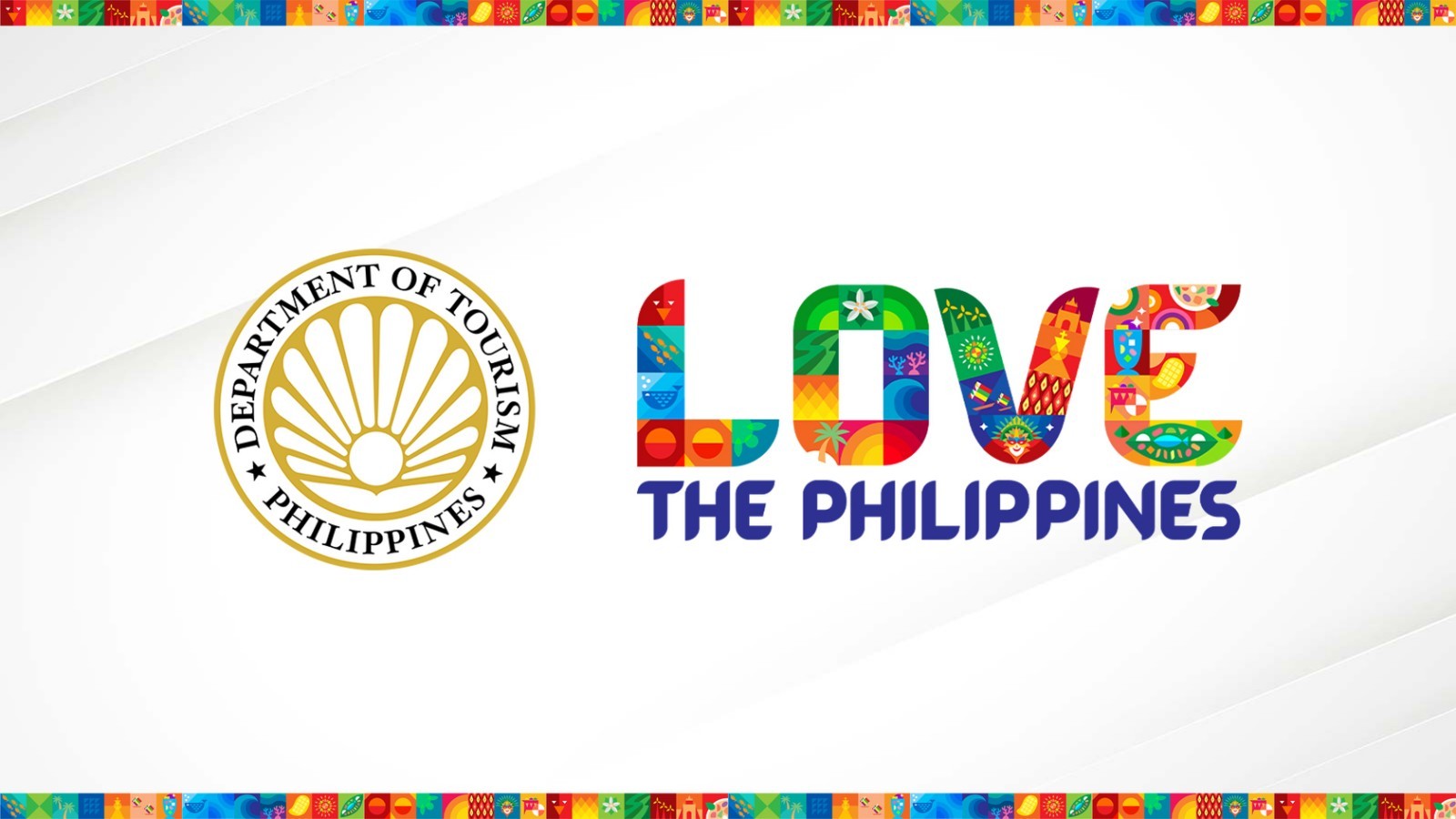
ANOTHER FIRST: PHILIPPINES TO HOST THE WORLD TRAVEL AWARDS IN SEPTEMBER

SOLONS LAUD DOT’S EFFORTS TO BOOST HALAL TOURISM

DOT CHIEF PROPOSES 24/7 TOURIST COURTS IN THE PHILIPPINES

DOT HIGHLIGHTS PHENOMENAL PERFORMANCE OF PHILIPPINE TOURISM IN FY 2025 BUDGET HEARING; INDUSTRY’S SUCCESS FUELS LAWMAKERS’ CALL FOR HIGHER BUDGET
Dot strengthens promotion of opportunity markets to achieve 2024 targets; furthers tourism opportunities up to the farthest ph islands.
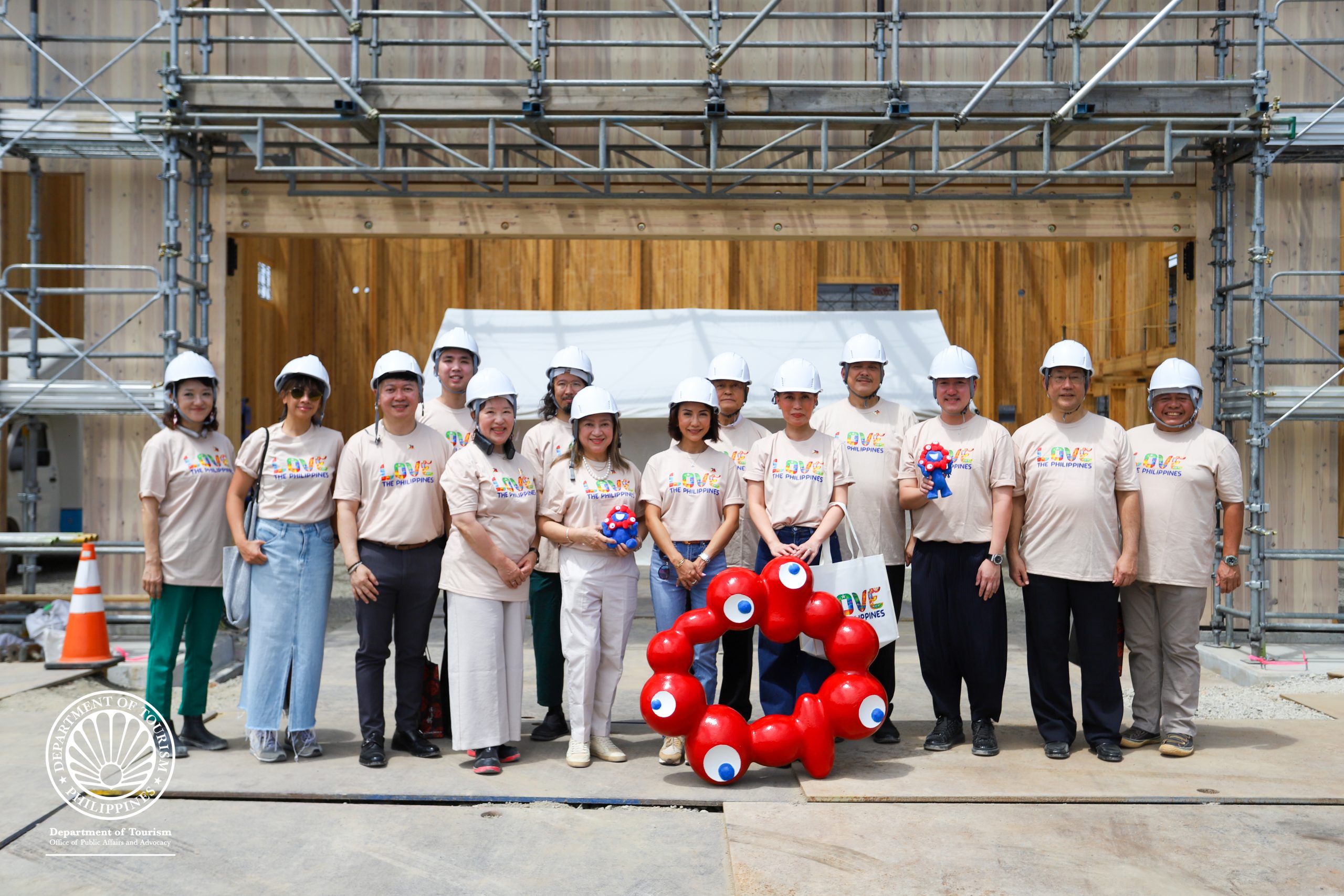
PHILIPPINES BARES PLANS FOR WORLD EXPO 2025 OSAKA, KANSAI, JAPAN
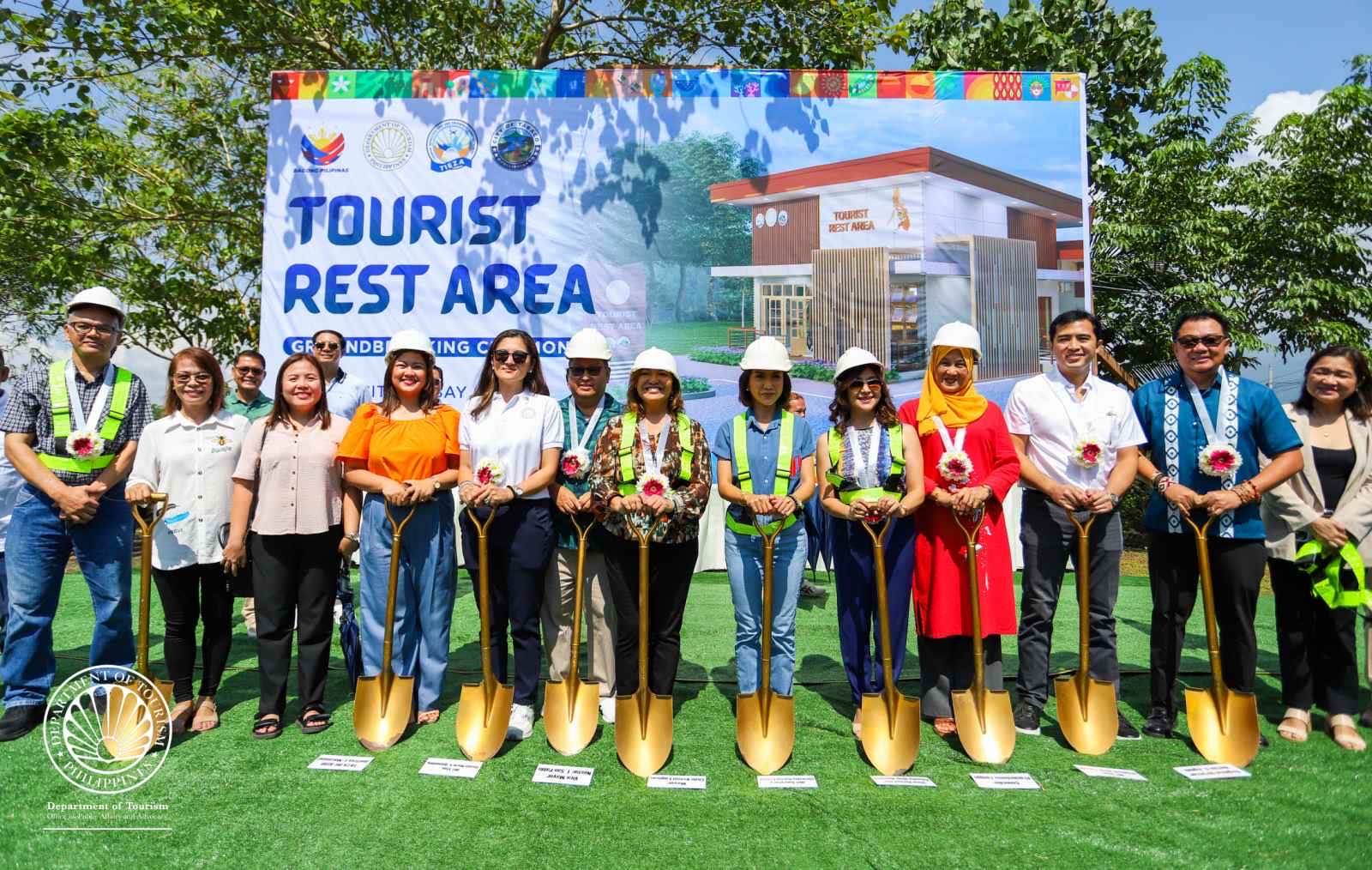
FIRST EVER MODIFIED ECO-FRIENDLY TOURIST REST AREA TO RISE IN BICOL REGION
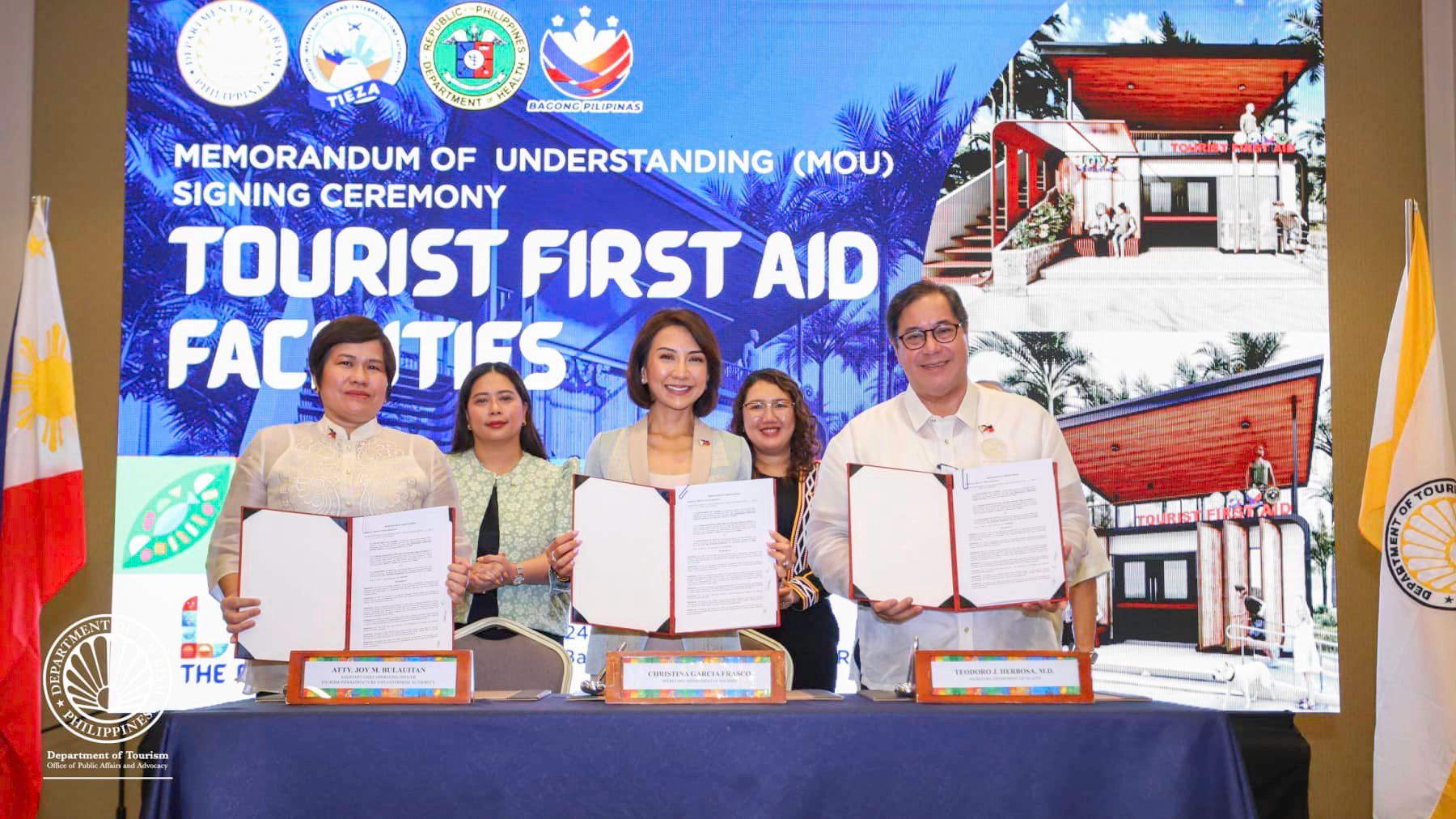
DOT, DOH SIGN DEAL TO BULD PHILIPPINES’ FIRST EVER TOURIST FIRST AID FACILITIES
Tourism chief reaffirms commitment to bring more gains for ph tourism; thanks pbbm for highlighting the industry as an economic pillar in the 3rd sona.
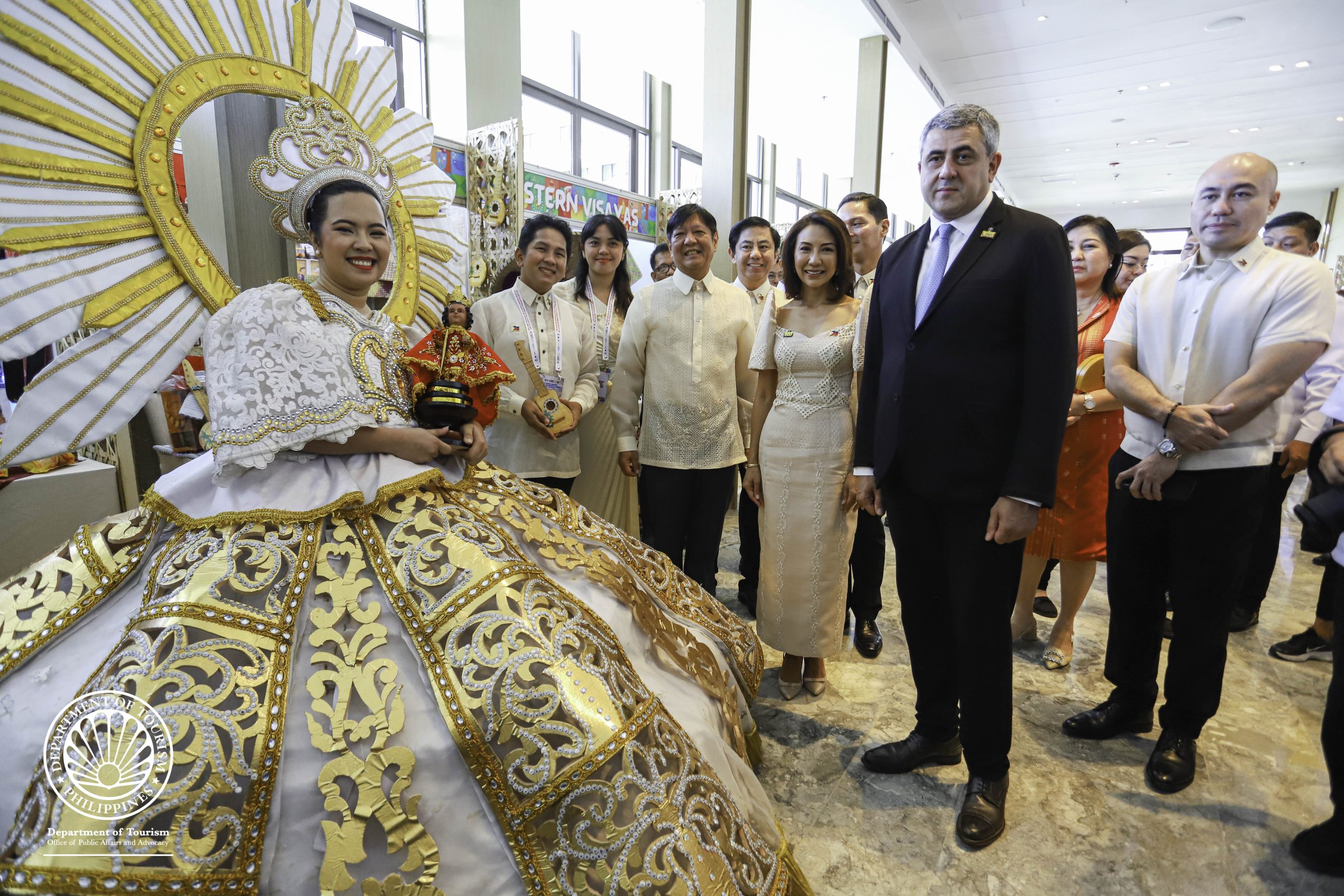
EXCEEDING EXPECTATIONS: PHL TOURISM RECORDS HIGHEST GROWTH EVER UNDER MARCOS ADMINISTRATION

PHILIPPINE TOURISM AWARDS APPLICATION EXTENDED TO 31 JULY 2024
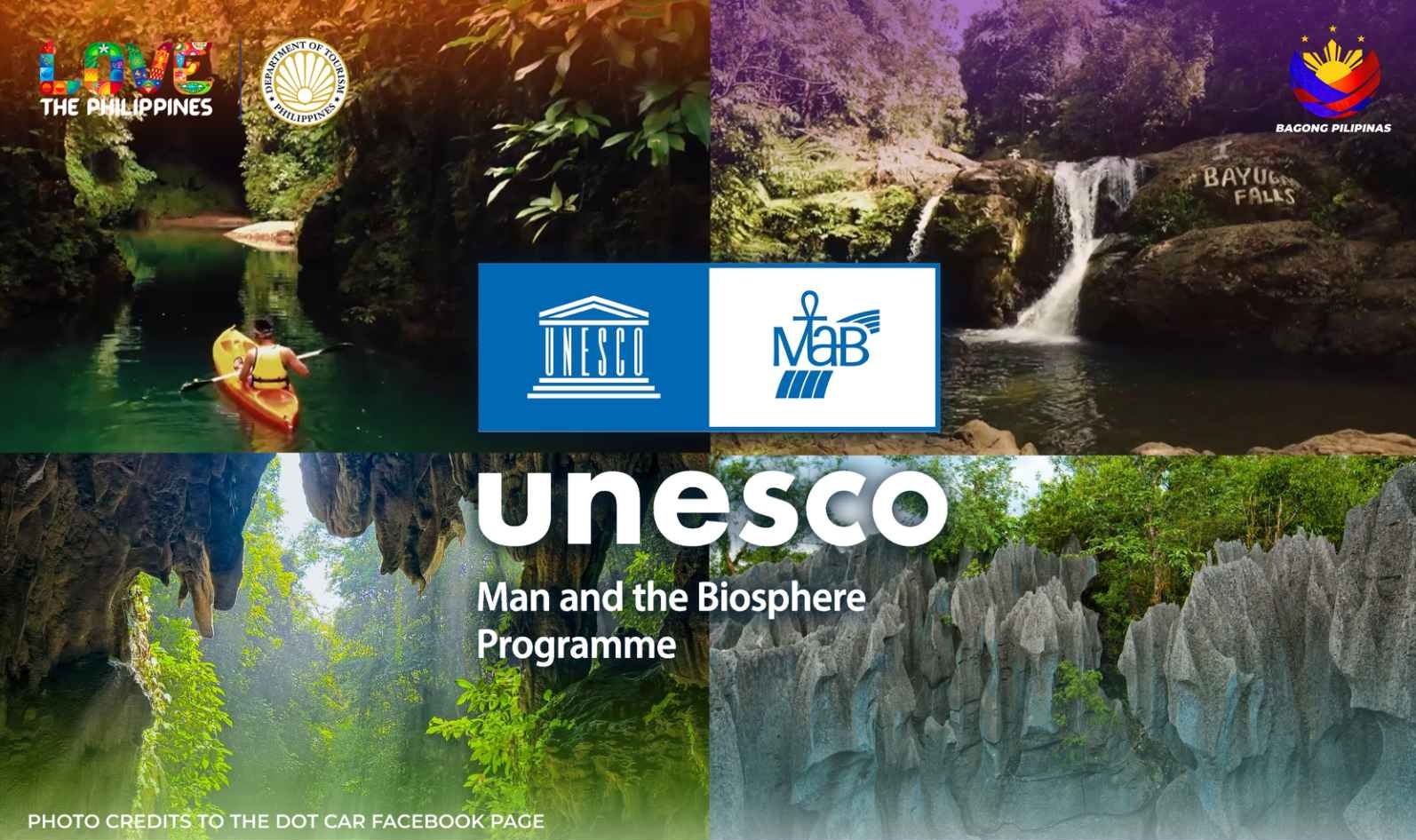
DOT HAILS INCLUSION OF APAYAO AS ONE OF THE PHILIPPINES’ “BIOSPHERE RESERVES” BY UNESCO

PHILIPPINES WINS PRESTIGIOUS BEST PORTS OF CALL 2024 AWARD AT 10TH ASIA CRUISE AWARDS, ANNOUNCES LAUNCH OF VISA WAIVER PROGRAM

DOT BRINGS BACK DAVAO DIVE EXPO

PHILIPPINES LAUDED FOR “IMPRESSIVE” HOSTING OF INT’L FORUM ON GASTRONOMY TOURISM

PHILIPPINES SUCCESSFULLY HOSTS FIRST UN TOURISM REGIONAL FORUM ON GASTRONOMY TOURISM FOR ASIA AND THE PACIFIC
Putting the spotlight on philippine gastronomy: a culinary showcase at the un tourism forum.

ALL SYSTEMS GO FOR PHILIPPINES’ HOSTING OF UN TOURISM MEETINGS IN CEBU: FRASCO

DOT CHIEF HIGHLIGHTS “PHENOMENAL PERFORMANCE” OF PHILIPPINE TOURISM AT INVESTMENT SUMMIT
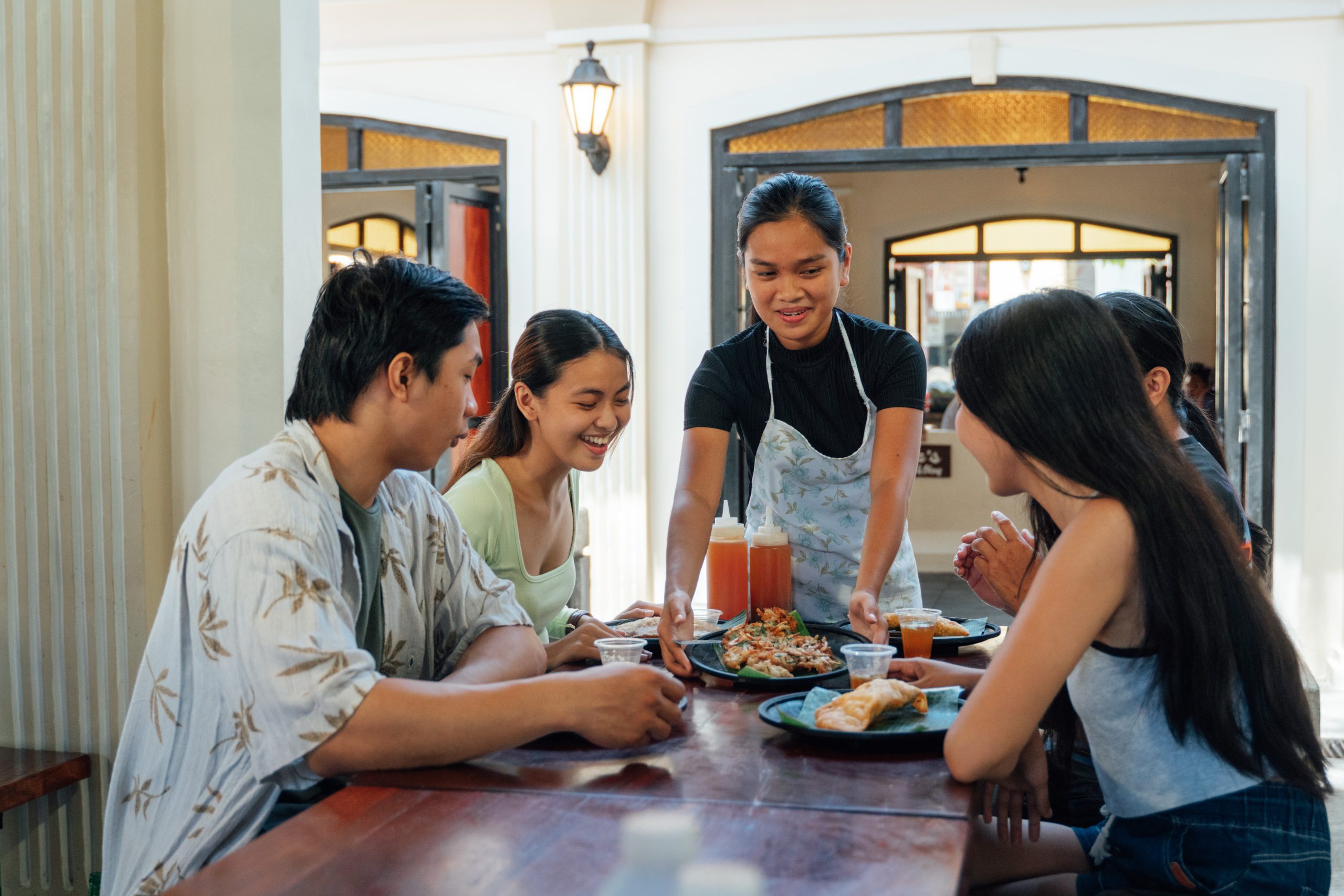
TOURISM EMPLOYED 6.21 MILLION FILIPINOS IN 2023; GROWTH OF TOURISM INDUSTRY SHARE TO GDP HIGHEST IN 24 YEARS

PHILIPPINE DEPARTMENT OF TOURISM GAINS BACK-TO-BACK WINS AT GOVMEDIA CONFERENCE & AWARDS 2024

DOT CHIEF: INTRAMUROS TOURIST CENTER TO ELEVATE TOURISM EXPERIENCE IN THE WALLED CITY

DOT APPLAUDS LEGISLATIVE EFFORT TO ENHANCE PROTECTION AND MANAGEMENT OF CHOCOLATE HILLS, AS THE WORLD CELEBRATES ENVIRONMENT DAY ON JUNE 5

PHILIPPINES TO HOST THE 1ST EVER UN TOURISM GASTRONOMY FORUM
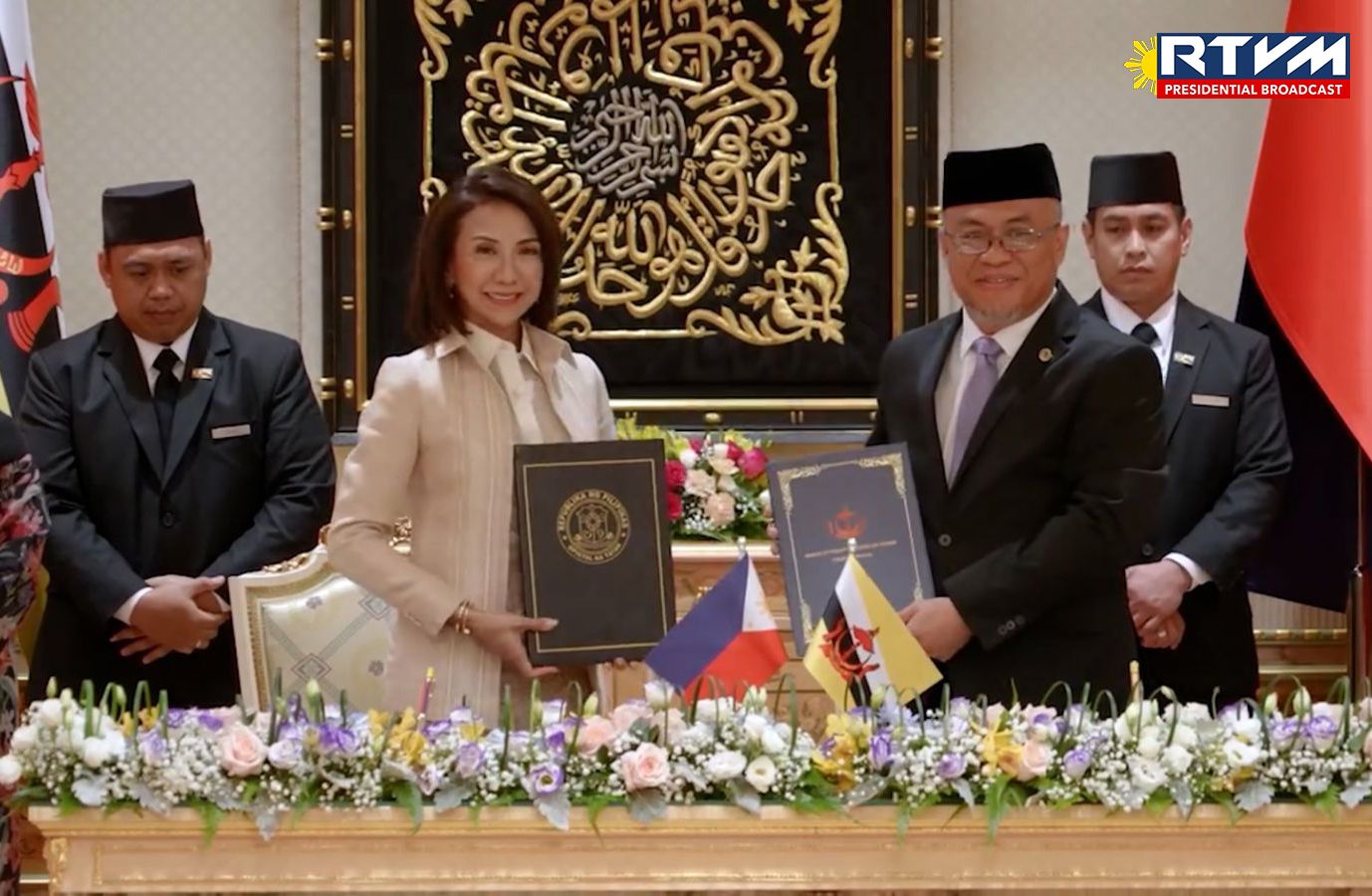
PHILIPPINES AND BRUNEI DARUSSALAM SIGN LANDMARK AGREEMENT TO BOOST TOURISM COOPERATION

FUSING MILITARY HERITAGE WITH CULTURAL TOURISM WHILE INCREASING SAFETY AND SECURITY OF TOURISTS AT THE WALLED CITY

PBBM, FRASCO LEAD INAUGURATION OF TOURIST REST AREA IN PAGUDPUD

DOT, GO NEGOSYO HONOR ENTREPRENEURS, TRAVEL INFLUENCERS IN TOURISM SUMMIT 2024

FRASCO BACKS UPGRADE TO PHL AIRPORTS, PUSHES FOR THE DEVELOPMENT OF SECONDARY GATEWAYS

51 CENTRAL LUZON TOUR GUIDES RECEIVE OVER P2.55M WORTH OF FREE INSURANCE COVERAGE, AND TOUR GUIDING KITS FROM TOURISM CHIEF TO CELEBRATE 51ST FOUNDING ANNIVERSARY OF DOT

FRASCO HIGHLIGHTS ROLE OF GASTRONOMY TOURISM IN GLOBAL FORUM; BARES EFFORTS TO PUSH FOOD TOURISM IN PH

TOURISM CHIEF BARES PLAN TO LAUNCH TOURIST FIRST AID FACILITIES, ADD HYPERBARIC CHAMBERS IN PH
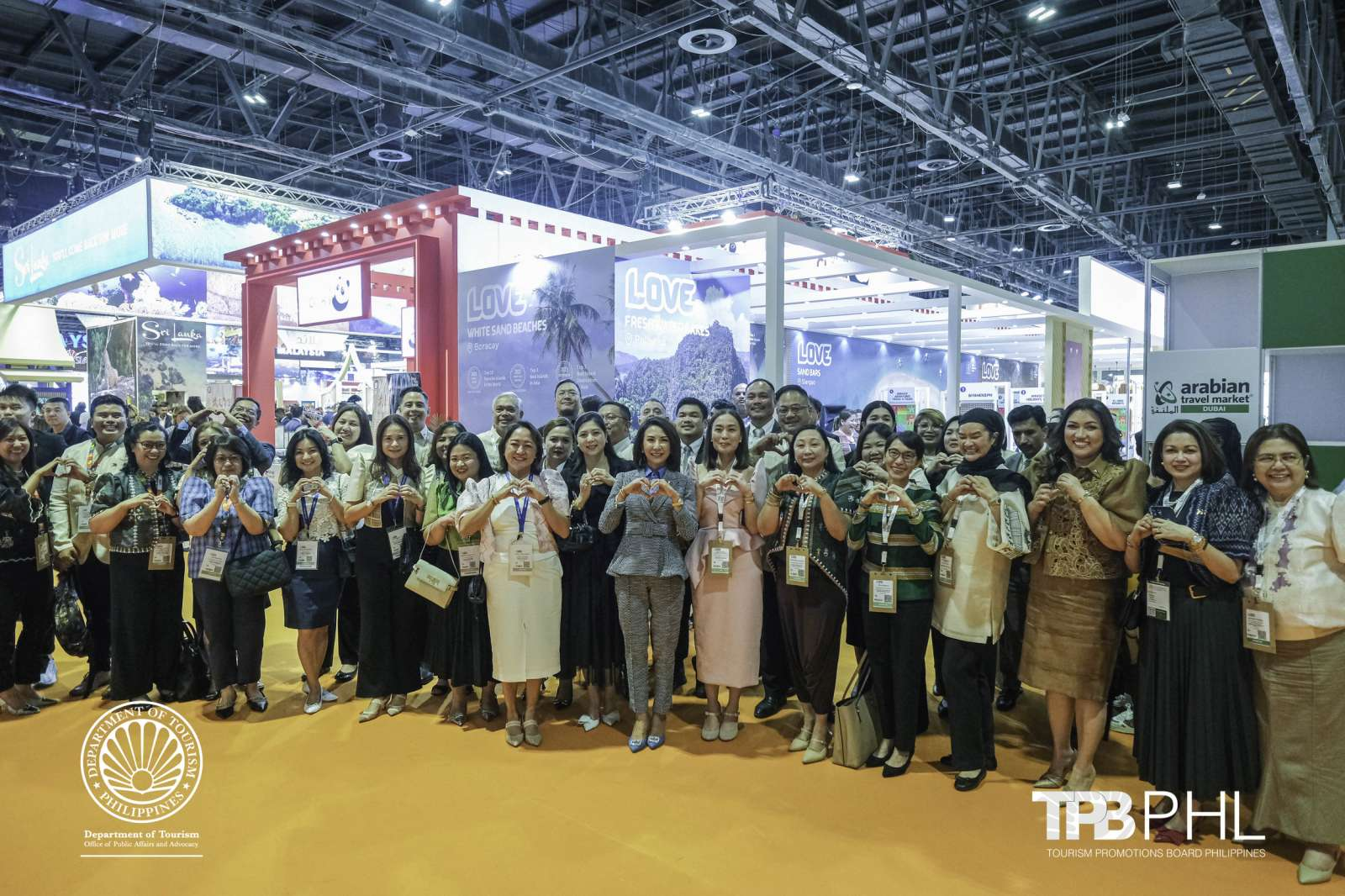
DOT BRINGS LISTENING TOURS TO MIDDLE EAST TRAVEL AND TOURISM PARTNERS, POSITIONS PHL AS “MUSLIM- FRIENDLY” DESTINATION

TOURISM CHIEF THANKS PBBM FOR “CHIBOG TOURISM” ENDORSEMENT ALIGNING WITH DOT GASTRONOMY TOURISM PROMOTION

DOT, TPB TO LEAD PHL DELEGATION TO ARABIAN TRAVEL MARKET AND SEOUL INTERNATIONAL TRAVEL FAIR 2024

SAMAR PROVINCE, DOT TOUT 3 NEW TOURISM CIRCUITS

DOT CHIEF: PHILIPPINES RECEIVES 2 MILLION INTERNATIONAL VISITORS; TOURISM RECEIPTS HIT PHP158 BILLION IN THE FIRST THREE MONTHS OF 2024
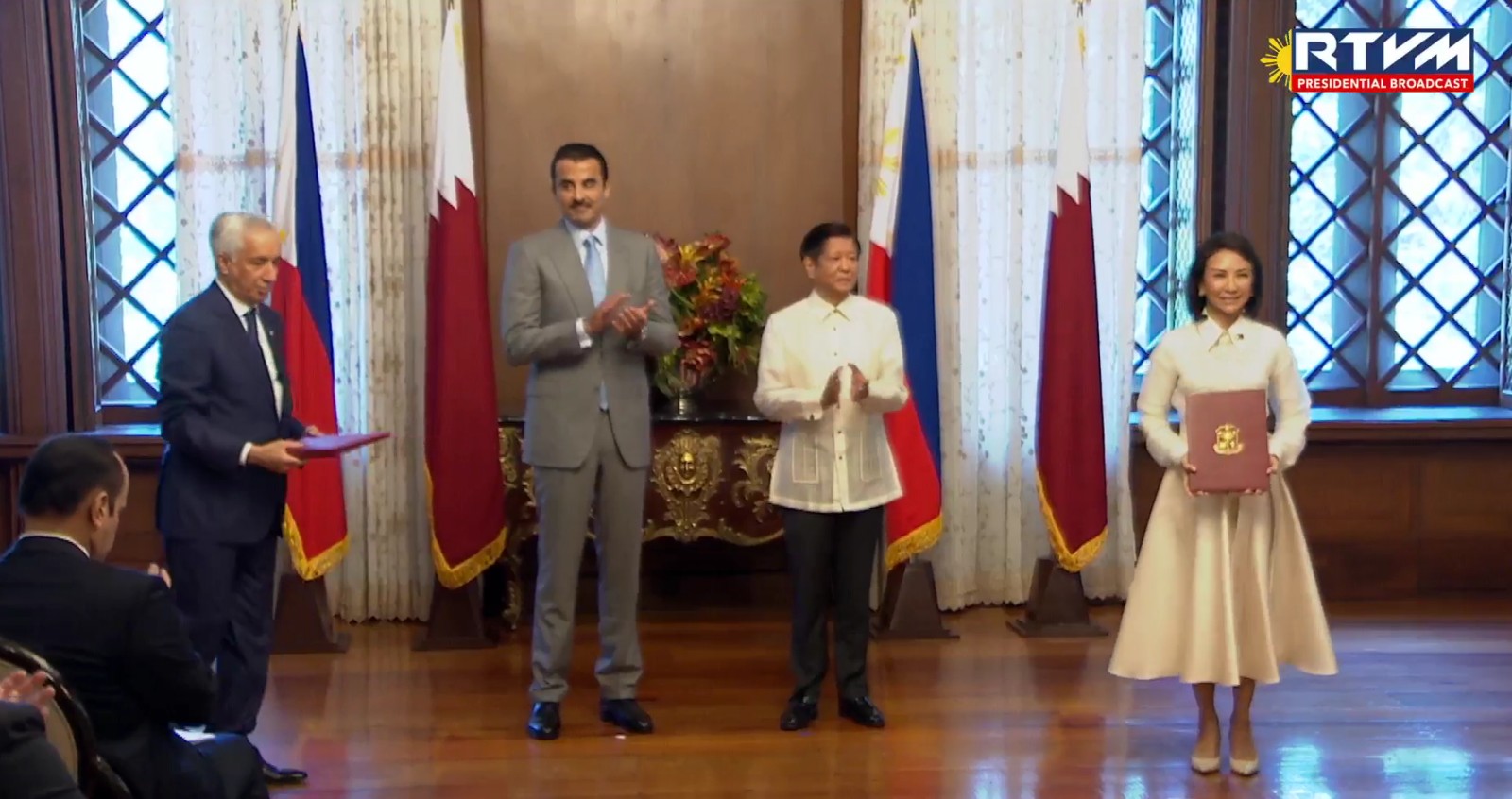
PH FORGES EXPANDED TOURISM TIES WITH QATAR

PBBM LAUDS WINNERS OF DOT’S TOURISM CHAMPIONS CHALLENGE; RAISES FUNDING FOR LGU INFRA PROPOSALS TO P255M
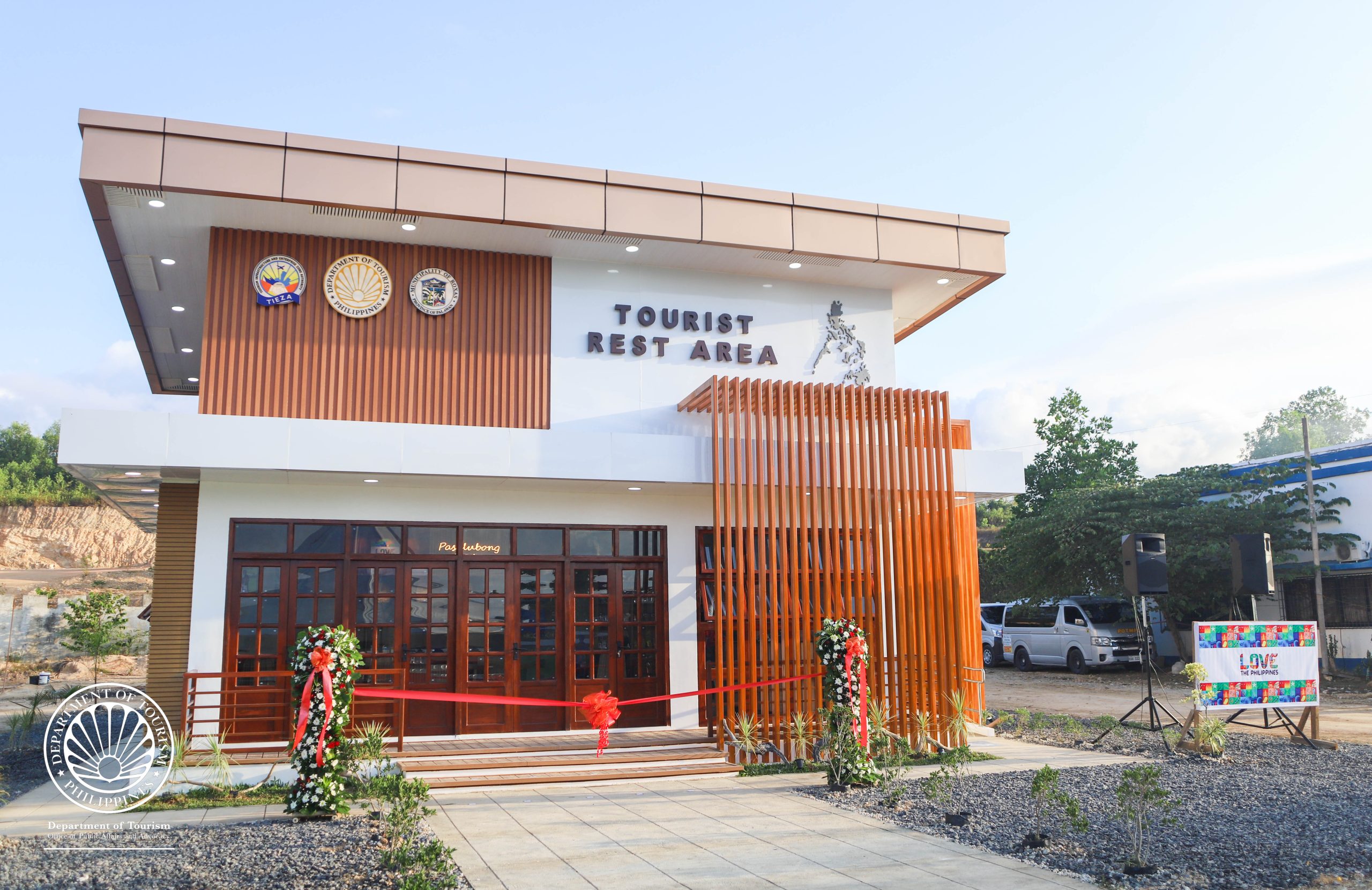
DOT UNVEILS TOURIST REST AREA IN PALAWAN

THE PHILIPPINES VIES FOR 7 AWARDS AS ASIA’S BEST FOR THE 2024 WORLD TRAVEL AWARDS

LOVE THE FLAVORS, LOVE THE PHILIPPINES: THE PHILIPPINE EATSPERIENCE OPENS IN RIZAL PARK AND INTRAMUROS IN MANILA
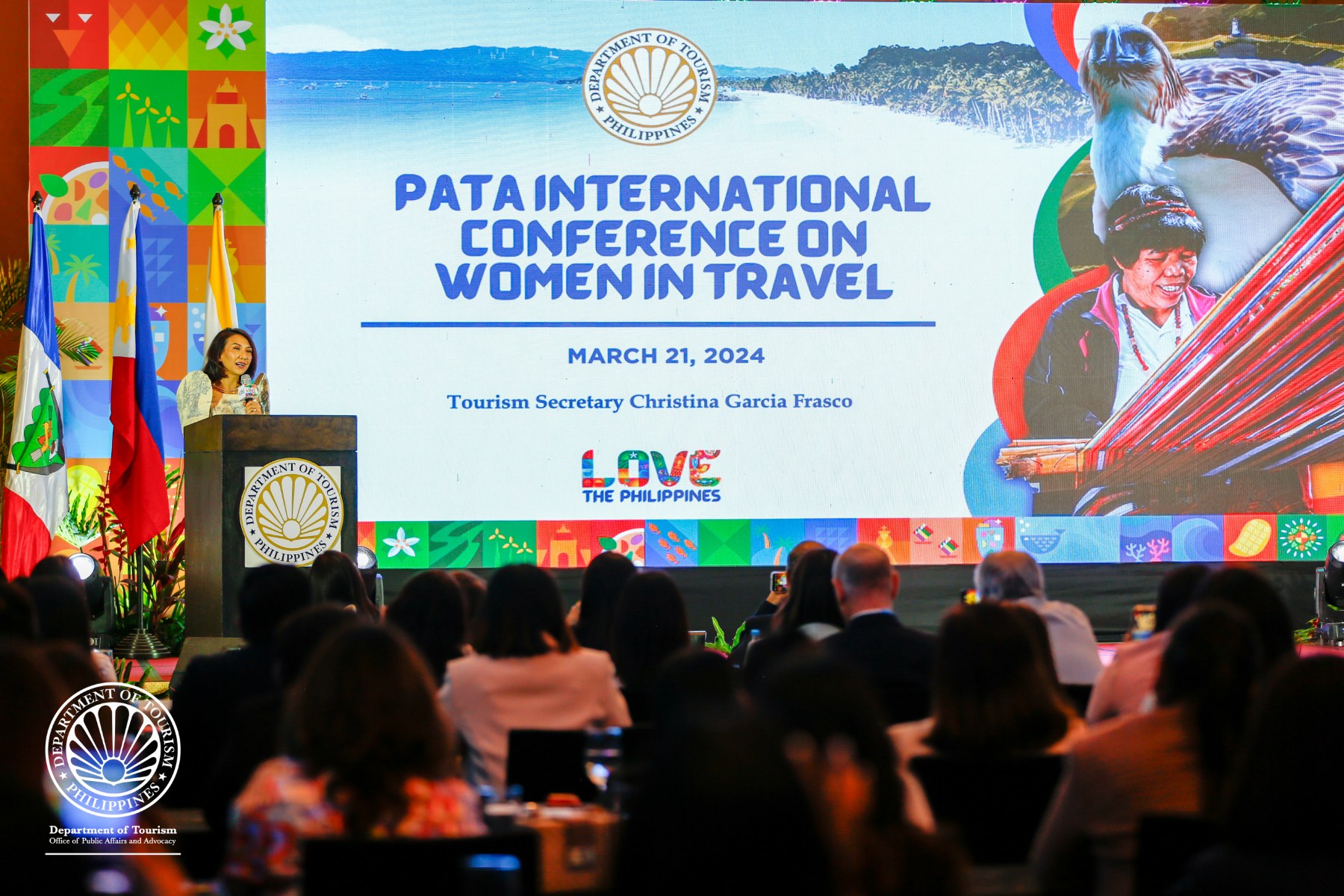
DOT CHAMPIONS GENDER EQUALITY WITH SUCCESFUL HOSTING OF INAUGURAL PATA INTERNATIONAL CONFERENCE ON WOMEN IN TRAVEL

DOT CHIEF MEETS WITH BOHOL GOV OVER CHOCOLATE HILLS RESORT DEVELOPMENT; TO SEEK SEAT IN PAMB

PHILIPPINES TO BEEF TOURISM COOPERATION WITH AUSTRIA

THE PHILIPPINES RECORDS 1.2M INTERNATIONAL TOURISTS IN FIRST TWO MONTHS OF 2024

DOT, TPB TO ELEVATE PHILIPPINE EXPERIENCE, LEAD BIGGEST PHL DELEGATION TO ITB BERLIN 2024
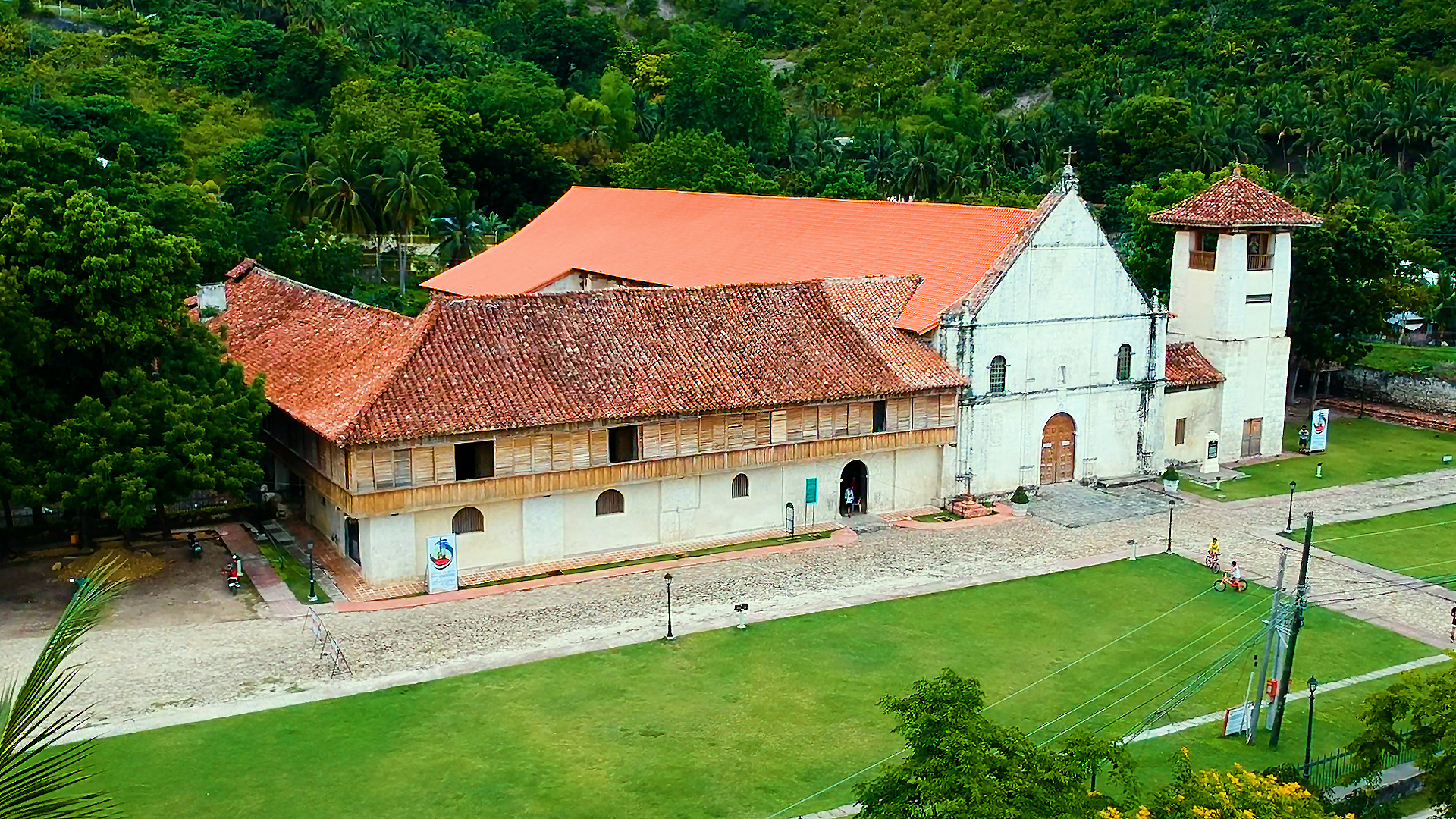
TOURISM CHIEF BACKS CALLS FOR RETURN OF BOLJOON PULPIT PANELS TO CHURCH

CRK ROUTES ASIA 2024 WIN TO BOOST PH INT’L TOURIST ARRIVALS

TOURISM CHIEF LAUDS ‘CULTURAL HERITAGE AND HISTORY’ OF ZAMBOANGA SIBUGAY, COMMITS DOT’S SUPPORT TO PROVINCE’S TRANSFORMATION INTO A ‘TOURISM GEM’

DOT BOOSTS MEDICAL TOURISM EFFORTS WITH THE RELEASE OF UPDATED ACCREDITATION GUIDELINES FOR DENTAL CLINICS

DIVE TOURISM CONTRIBUTES P73 BILLION TO PH ECONOMY IN 2023 FRASCO

DOT TAKES THE LEAD IN UNITING THE GLOBAL DIVING COMMUNITY WITH PHIDEX 2024

PATA INTERNATIONAL CONFERENCE ON WOMEN IN TRAVEL TO BE HELD IN BOHOL, PHILIPPINES FROM MARCH 20 – 22, 2024
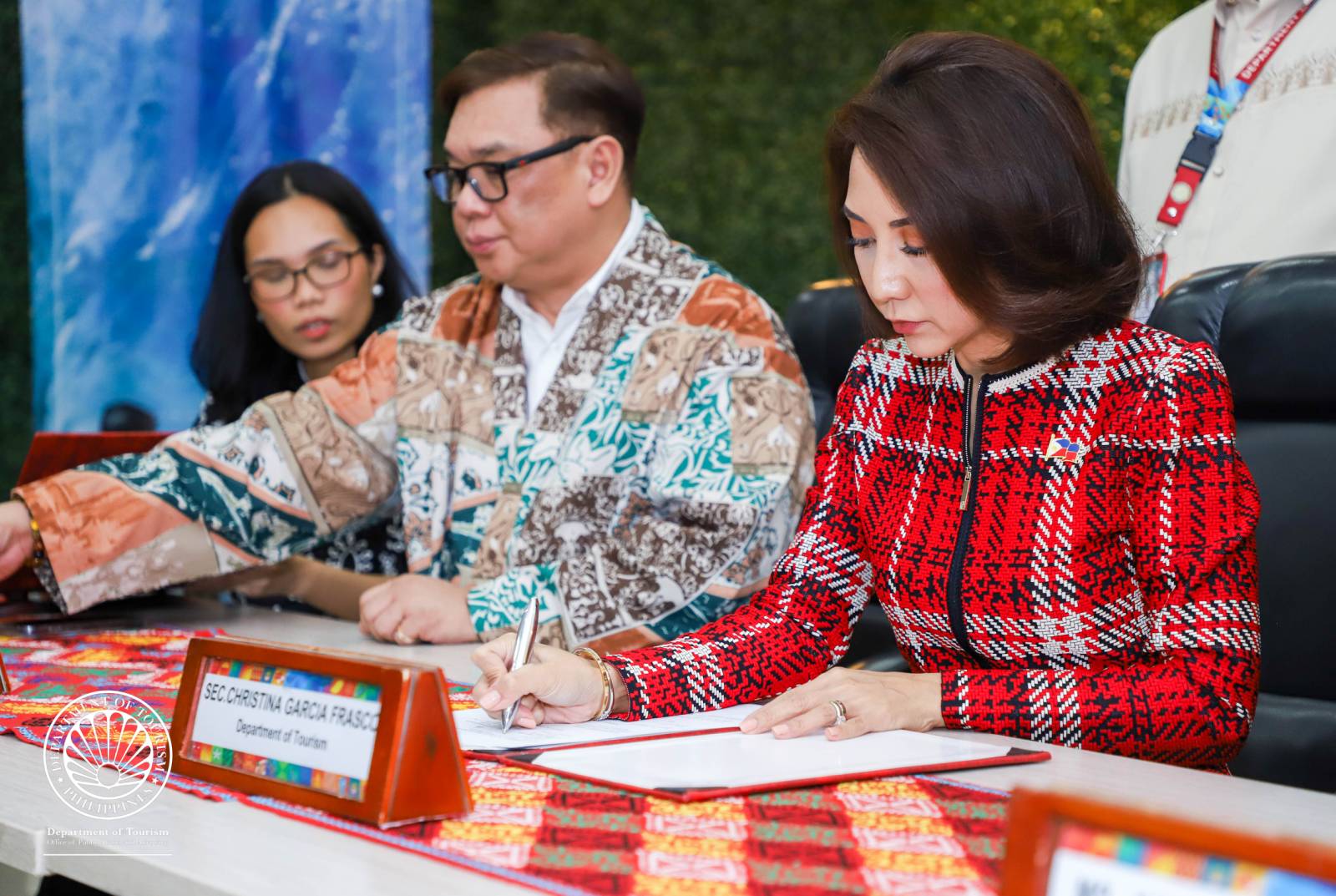
DOT TO PROVIDE SUSTAINABLE TOURISM DEVELOPMENT TRAINING FOR TOURISM OFFICERS THROUGH AIM, ATOP PARTNERSHIP
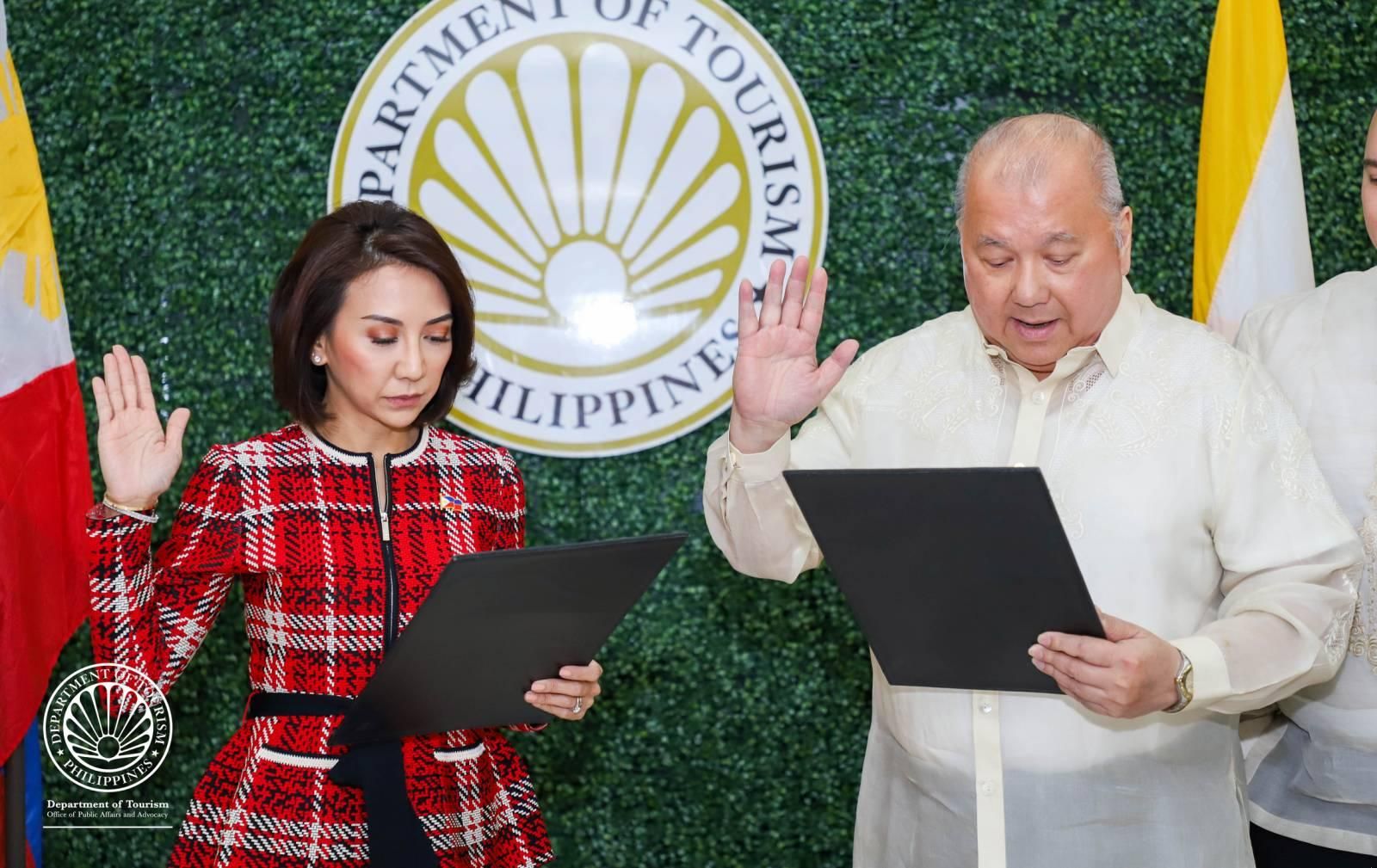
ZOZOBRADO TAKES OATH AS PHILIPPINE RETIREMENT AUTHORITY CHIEF
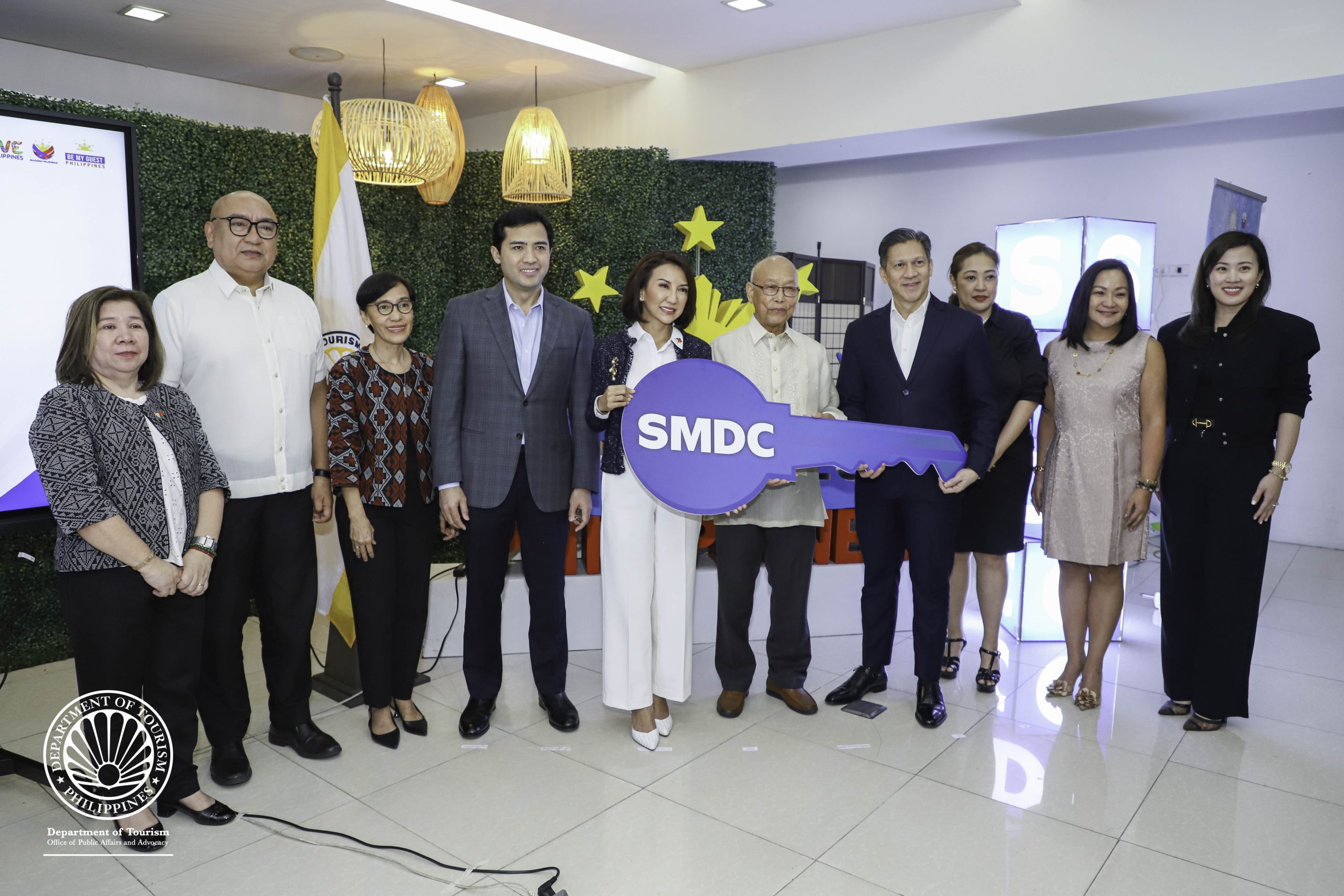
DOT AWARDS BRAND NEW TWO-BEDROOM SMDC CONDO TO FIL-CANADIAN WINNER OF BISITA, BE MY GUEST PROGRAM

NEXT STOP: ENTERTAINMENT HUB

DOT REVIVES PHILIPPINE TOURISM AWARDS
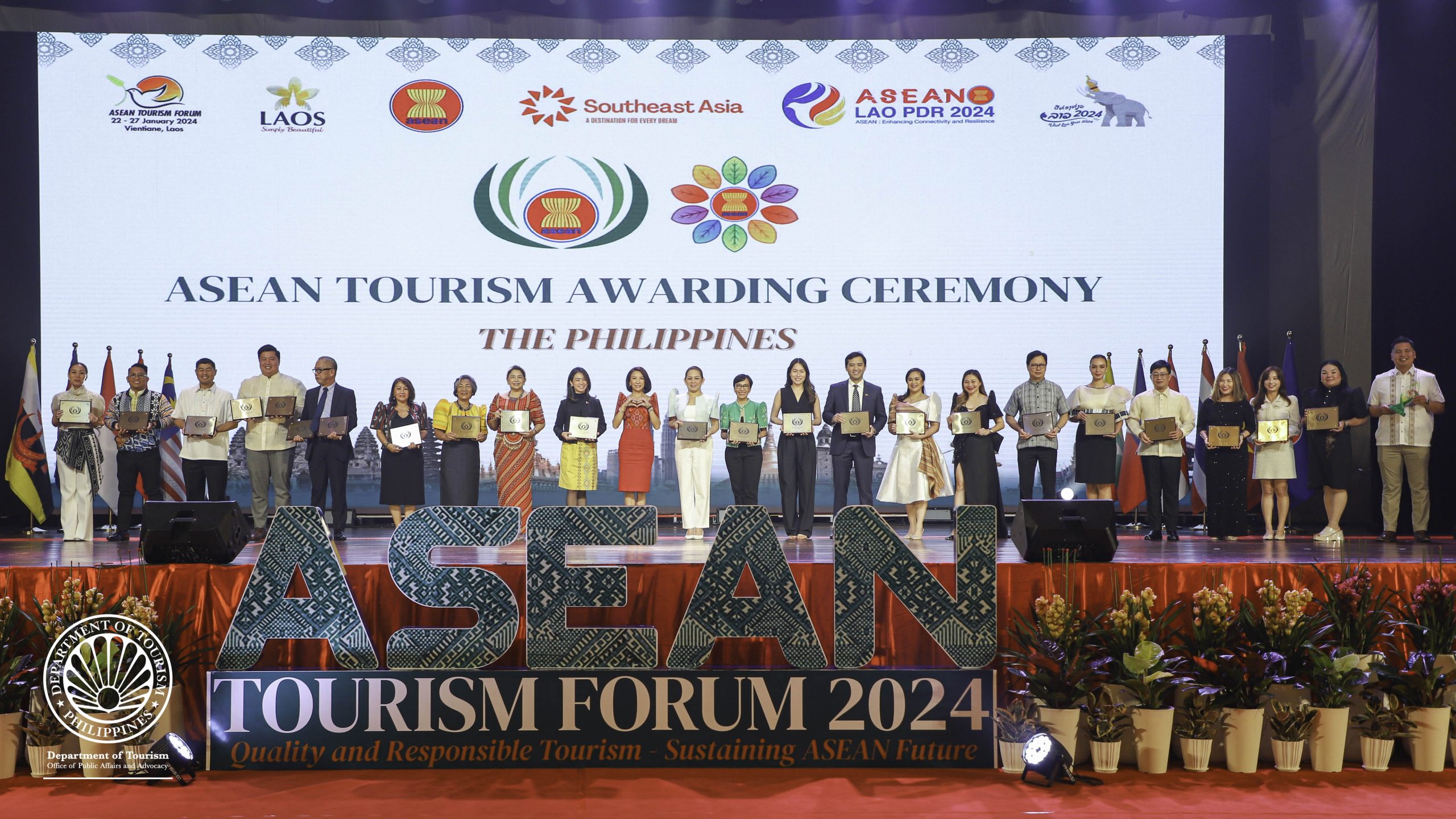
DOT LAUDS WINNERS OF ASEAN TOURISM AWARDS 2024

DOT TO HOST THE PHILIPPINE INTERNATIONAL DIVE EXPO (PHIDEX) IN FEBRUARY 2024

PHL IS LEAD COUNTRY COORDINATOR ON THE DEVELOPMENT OF THE ASEAN TOURISM DEVELOPMENT PLAN POST-2025

DOT, TIEZA EARMARK P15 MILLION FOR MANILA CENTRAL POST OFFICE RESTORATION PROJECT; FRASCO REITERATES SUPPORT FOR PH HISTORIC SITES, HERITAGE TOURISM

FRASCO TO LEAD PH DELEGATION AT THE ASEAN TOURISM FORUM 2024 IN LAOS

DOT CHIEF: SINULOG ALLOWS TOURISTS TO IMMERSE “IN AN EXPERIENCE THAT TRANSCENDS THE ORDINARY

DOT, DMW LAUNCH BALIK BAYANI SA TURISMO PROGRAM
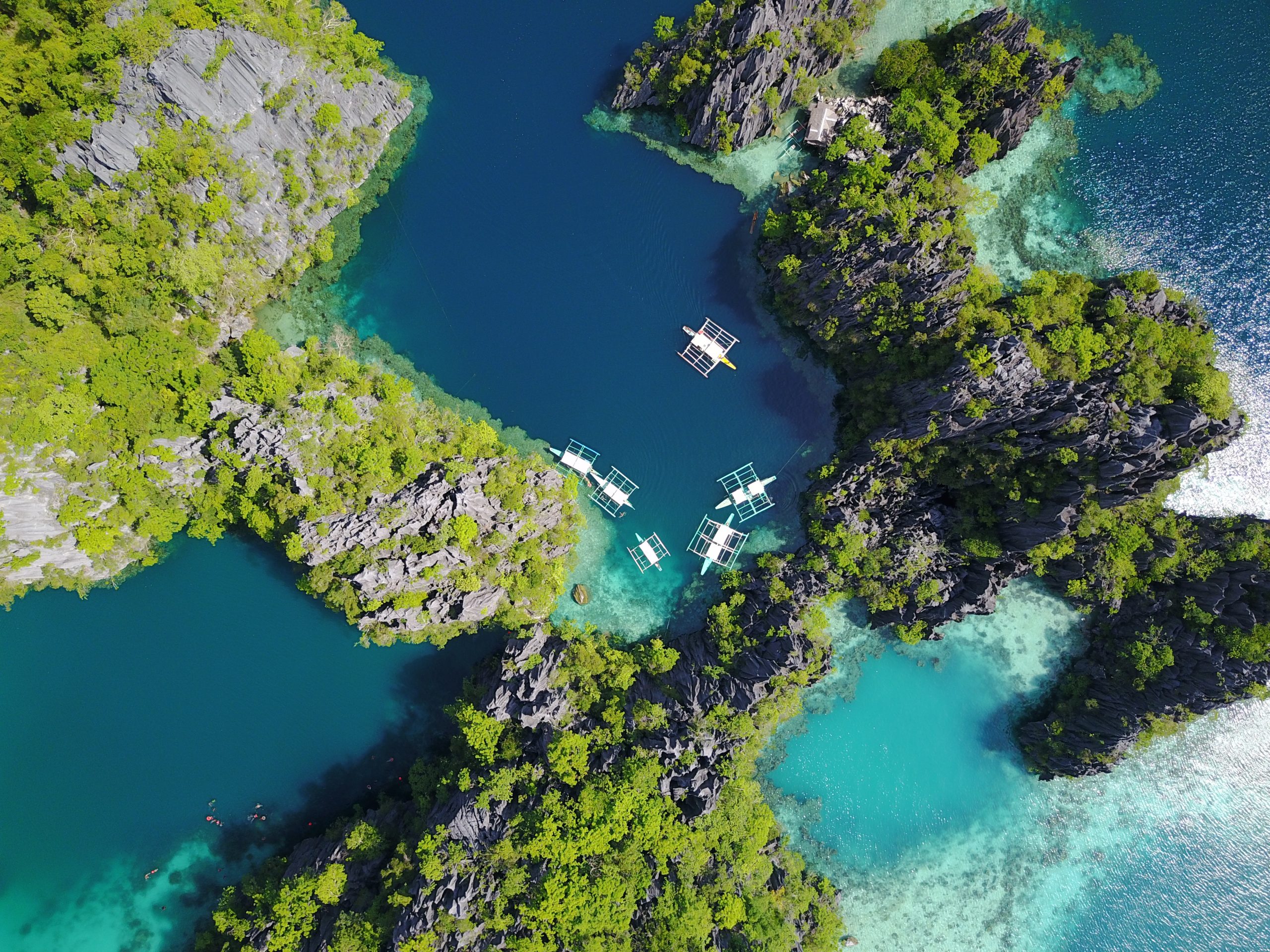
PALAWAN GETS NOD AS WORLD TOP TRENDING DESTINATION IN 2024 BY TRIPADVISOR’S BEST OF THE BEST
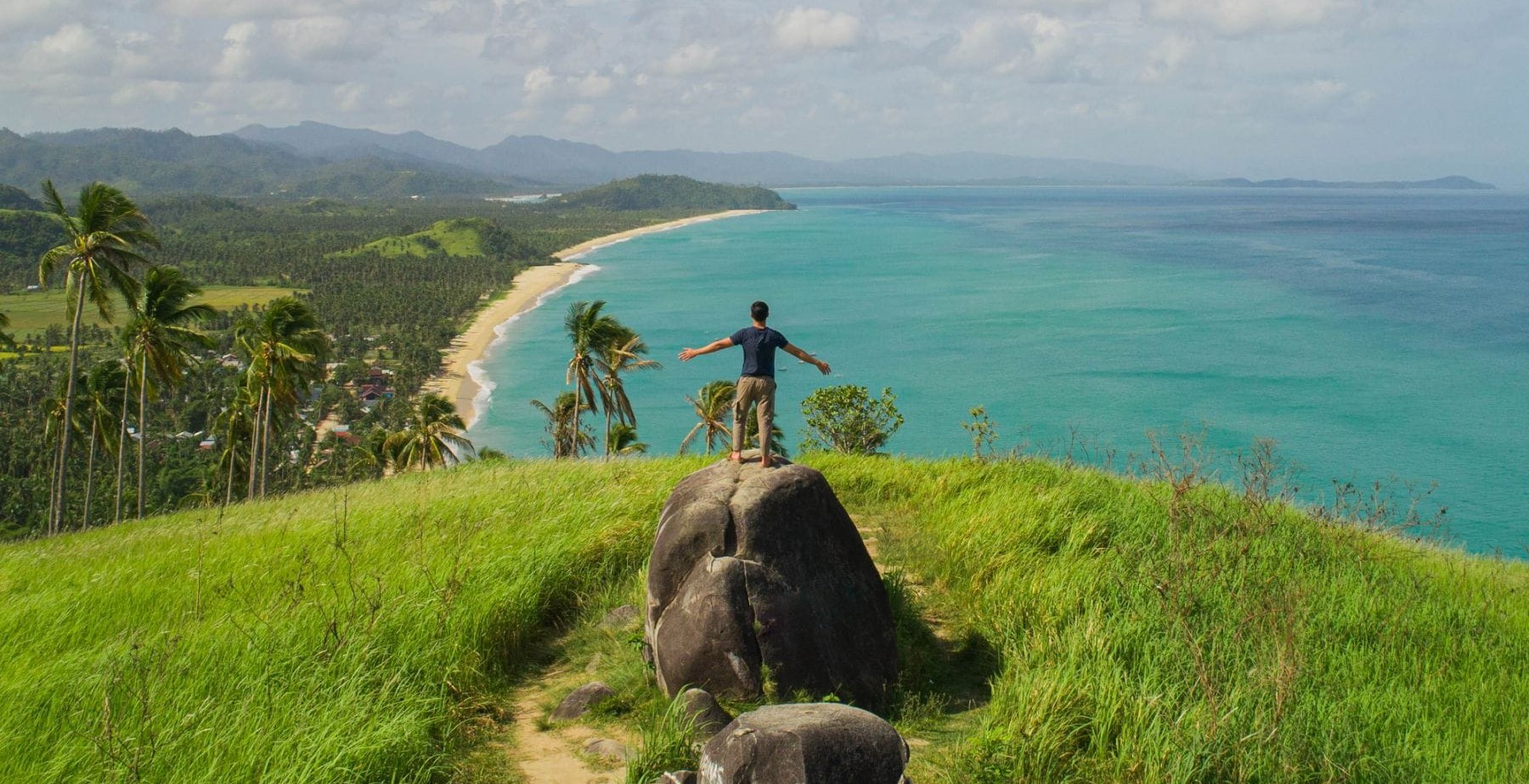
DOT CHIEF: MORE LONG WEEKENDS TO BOOST DOMESTIC TOURISM IN THE COUNTRY

Frasco proudly presents WTA awards to PBBM

DOT lauds PPP framework for Tourist Rest Area in Carmen, Cebu

DOT breaches industry targets for 2023; Frasco bullish on country’s continued tourism transformation under Marcos administration in 2024
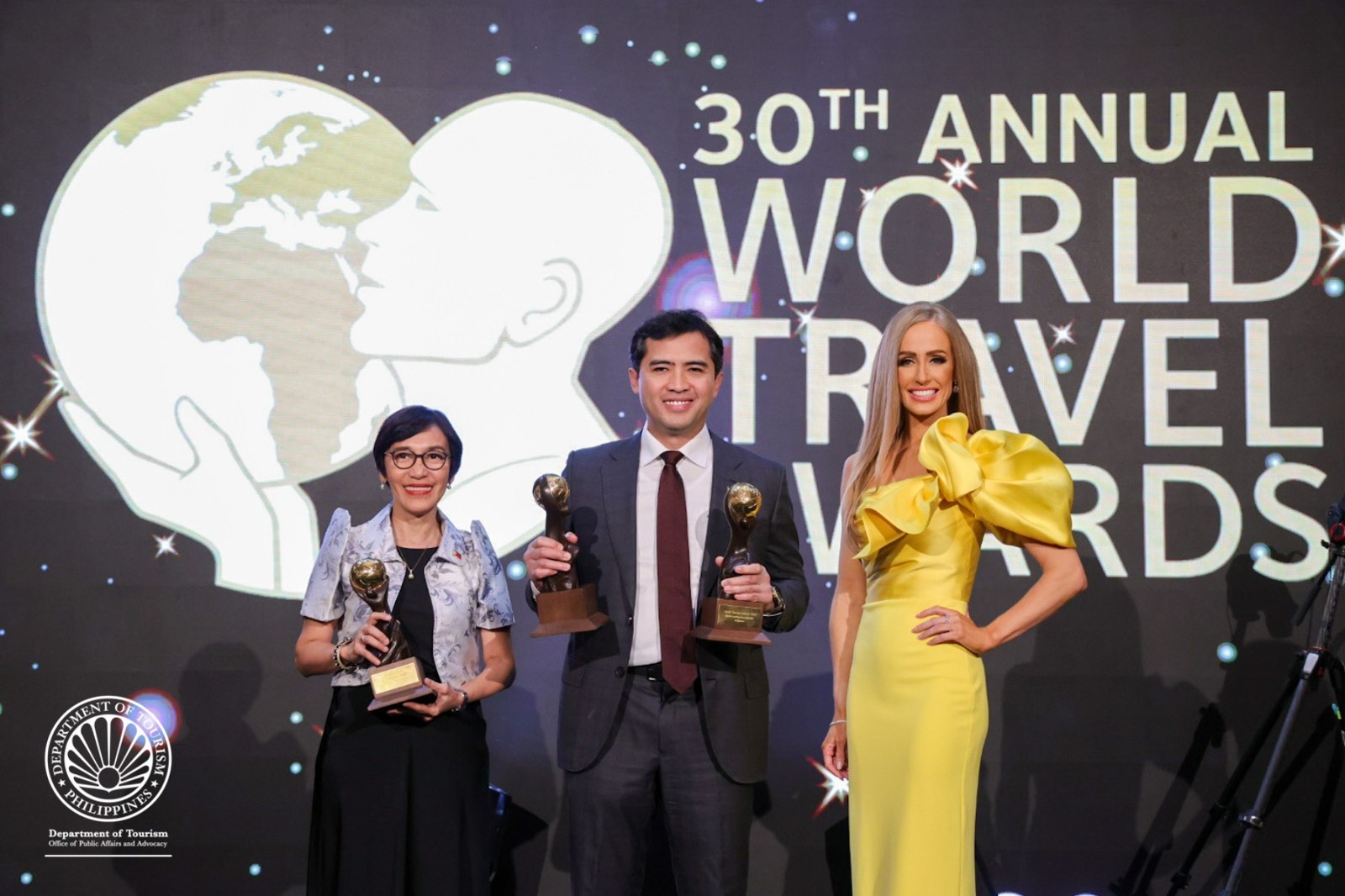
Philippines cited for Global Tourism Resilience, wins World’s Best Beach, Dive, City Awards
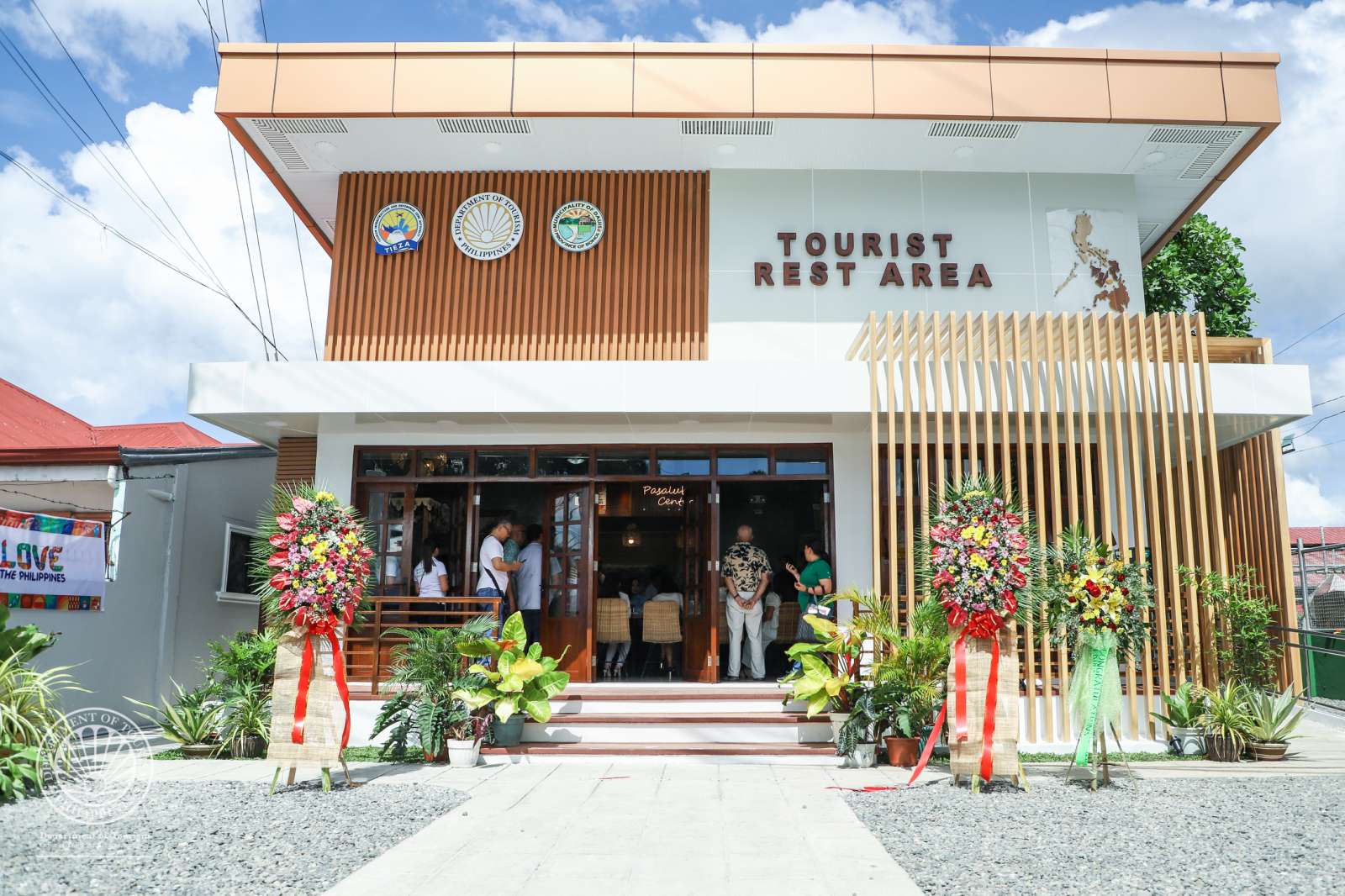
DOT inaugurates first Tourist Rest Area in Bohol Island

PH wins big at international award-giving bodies
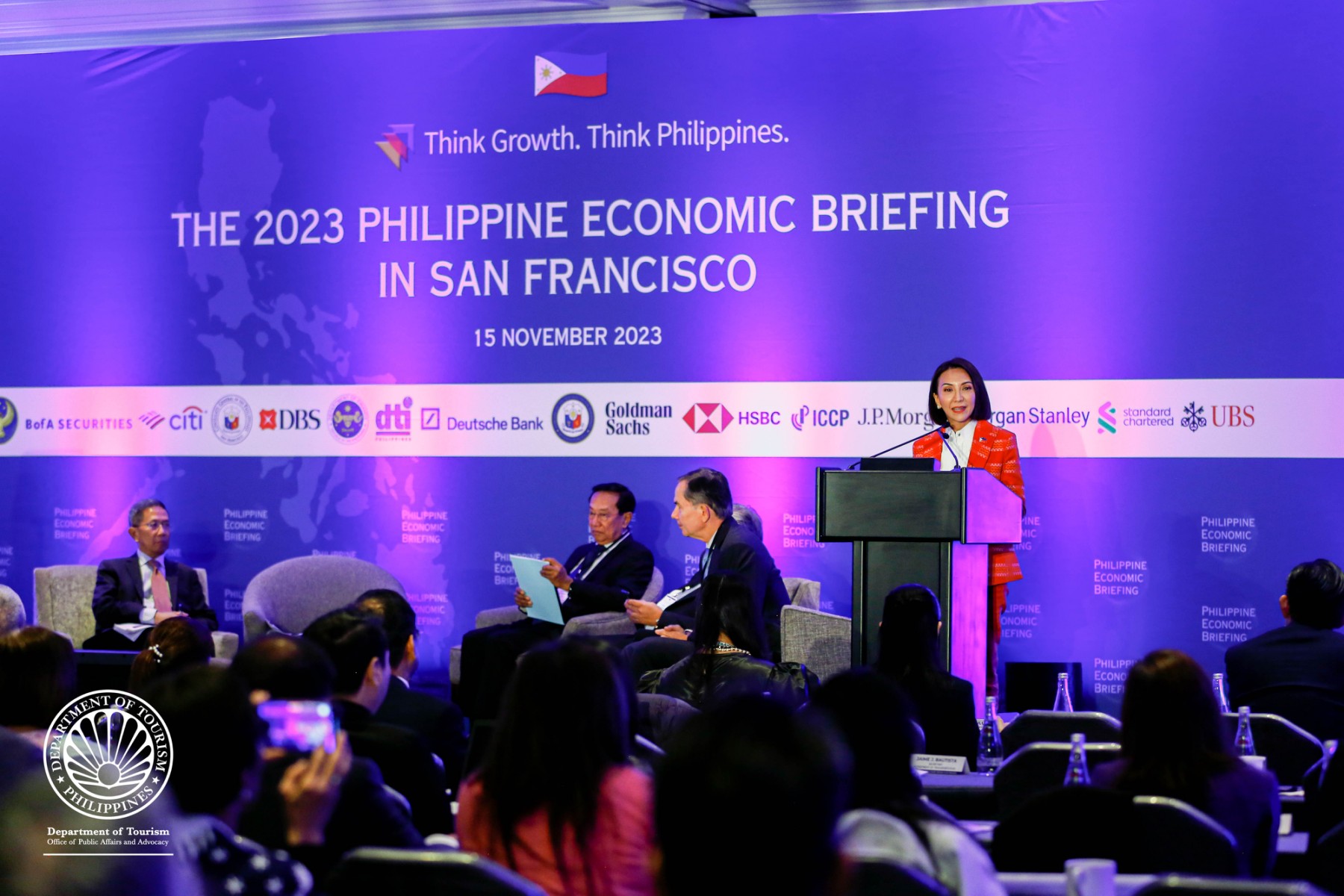
Philippine tourism earnings surge to 404B in first 10 months of 2023 – DOT chief
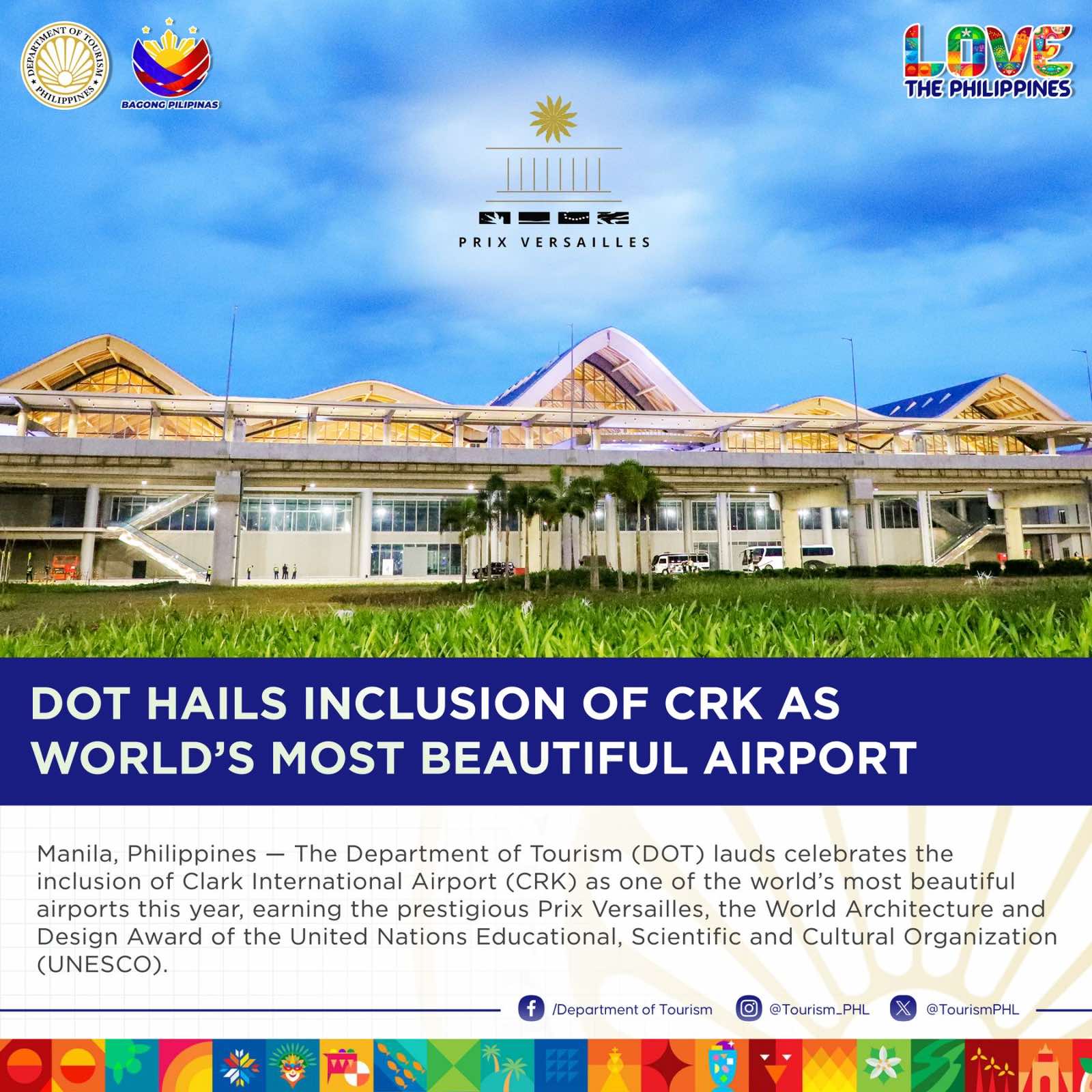
DOT hails inclusion of CRK as world’s most beautiful airport
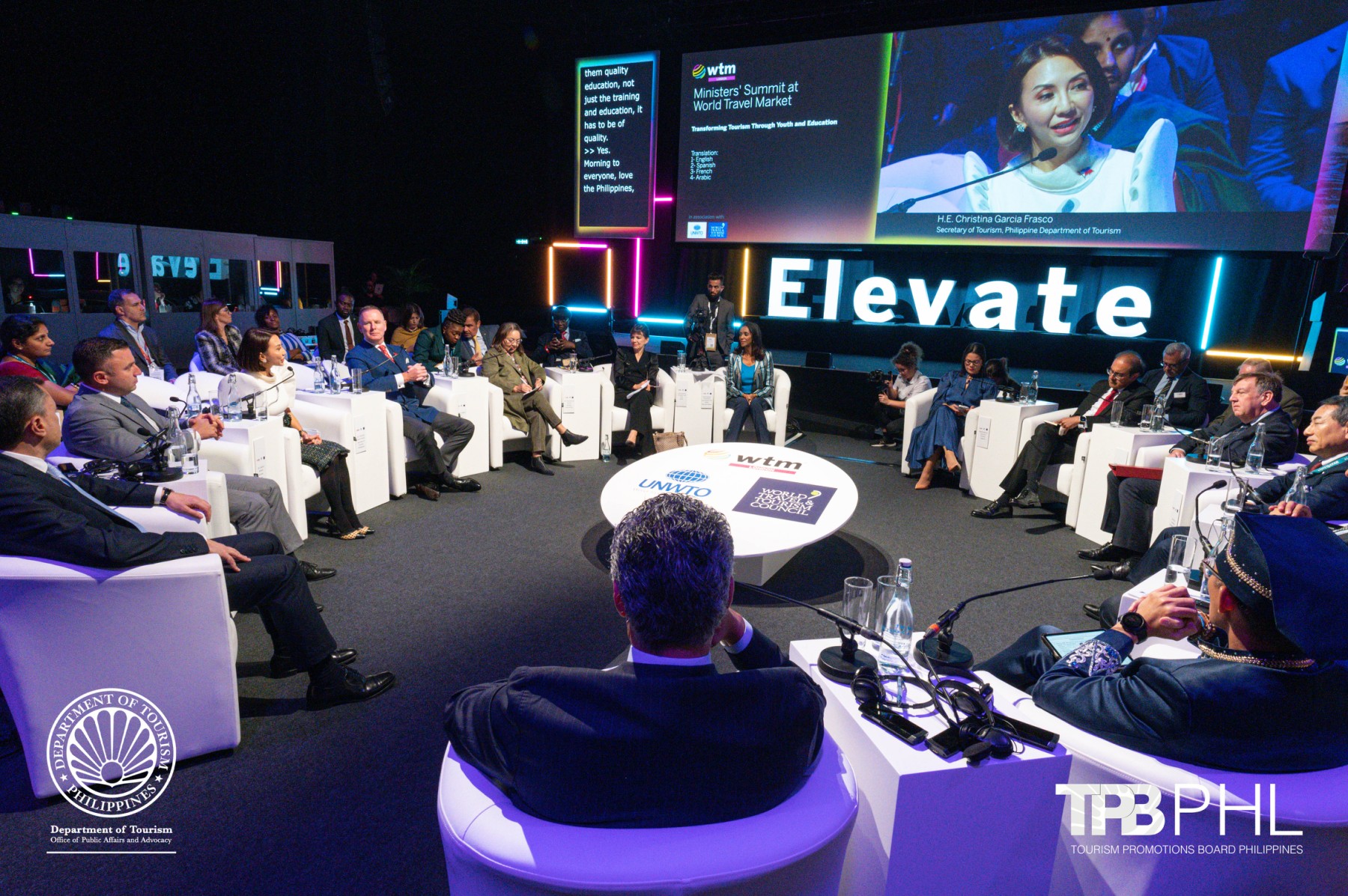
DOT chief joins global tourism leaders in WTM Ministers’ Summit 2023 in London
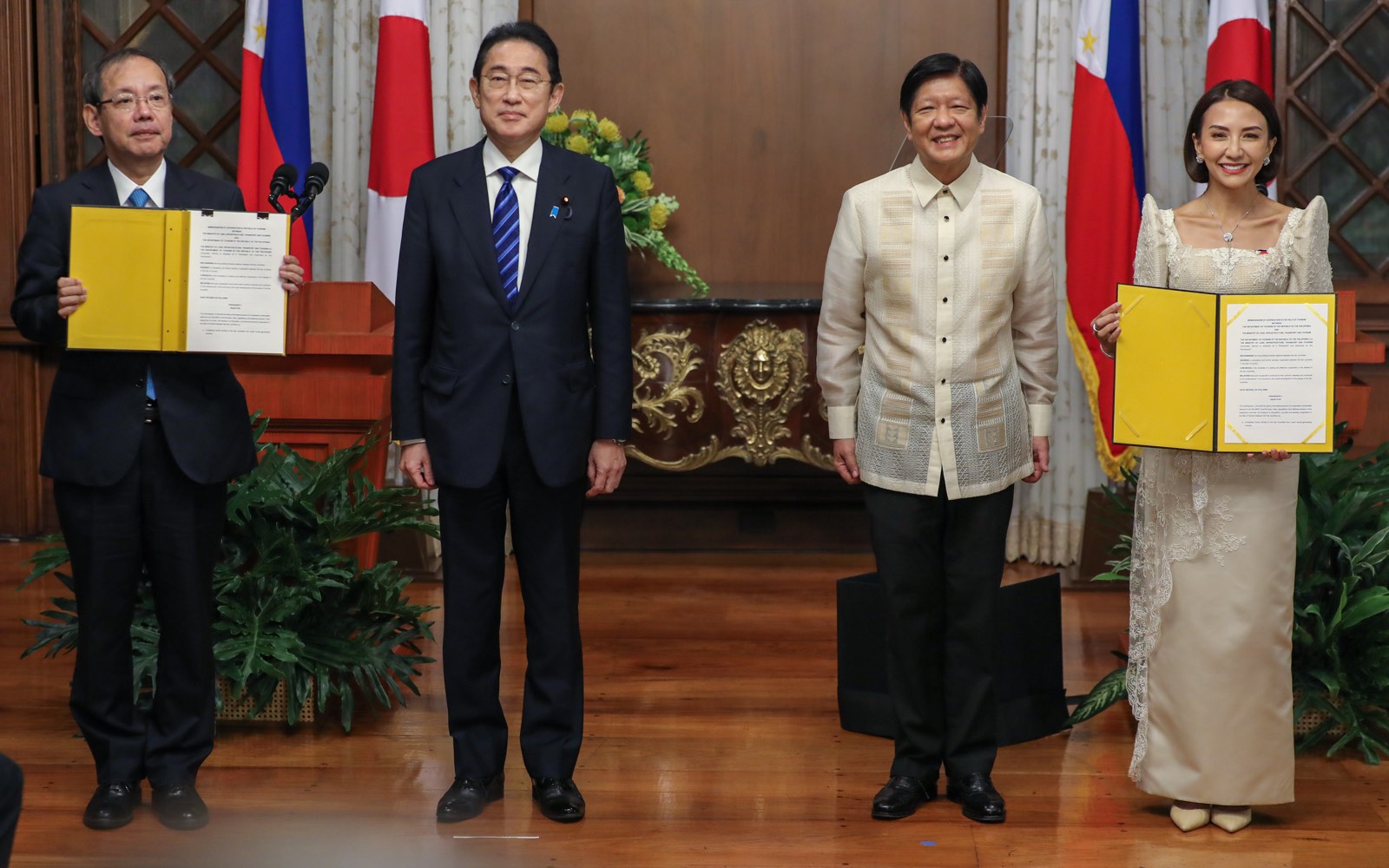
Philippines, Japan ink deal on tourism cooperation
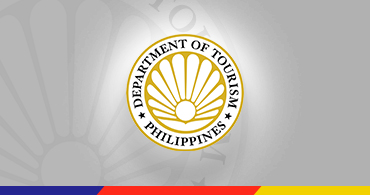
UNESCO Gastronomy City citation for Iloilo boosts gastro, creative tourism – Frasco

DOT’s Alternative Livelihood Training Program signals hope and recovery as Oriental Mindoro’s tourism industry bounces back after oil spill woes
Dot wins back-to-back best videos at world tourism organization competition.

The Philippines vies for 4 major awards at the prestigious World Travel Awards 2023
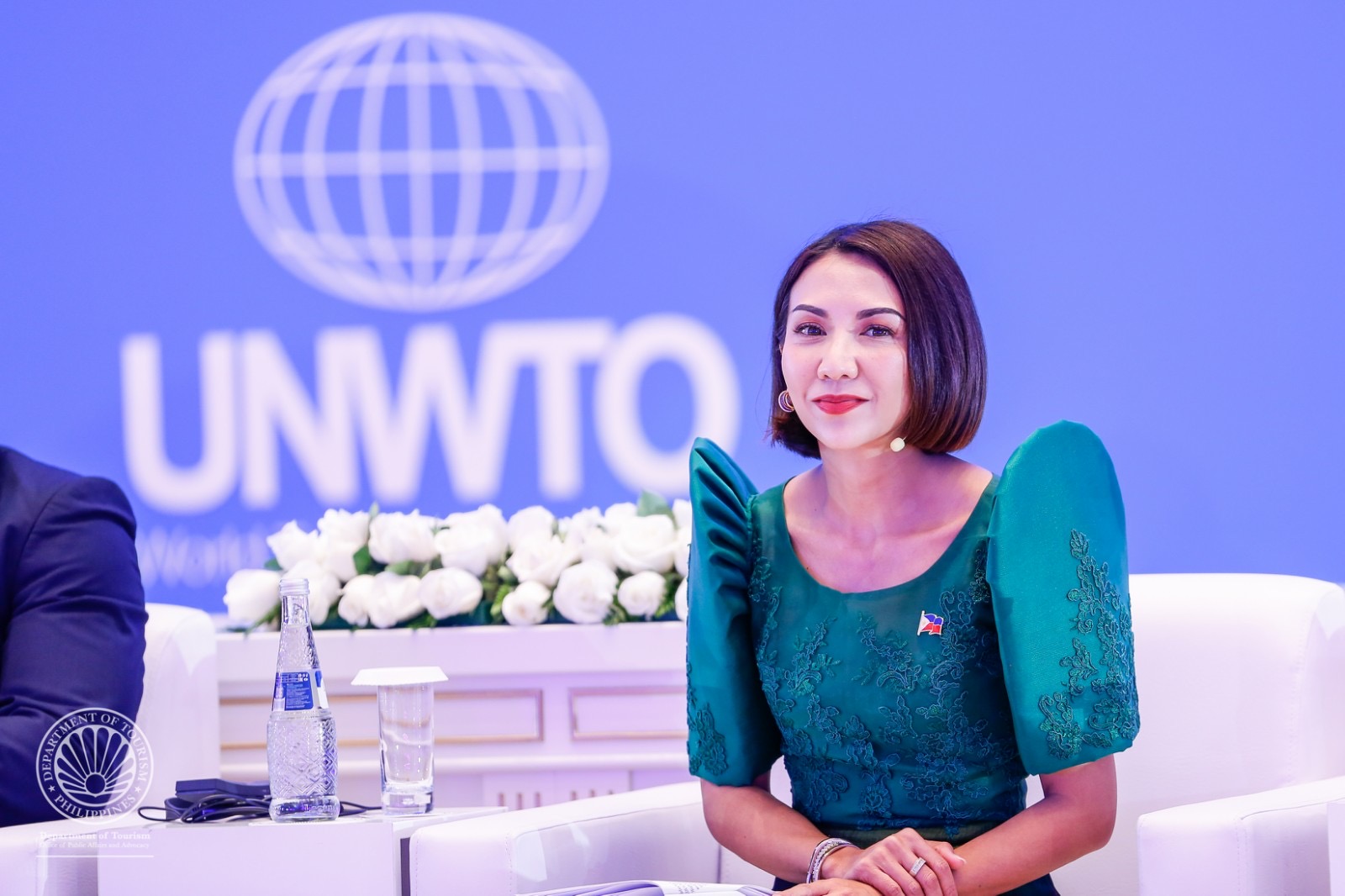
DOT chief joins high-level UNWTO Global Education Forum as panelist

The Philippines joins UNWTO General Assembly as Vice President for East Asia and the Pacific; prestigious global position held again after 24 years

DOT BARES 15 TOP LGU PROPOSALS FOR TOURISM CHAMPIONS CHALLENGE

Philippines Named Asia’s Best Cruise Destination 2023 by World Cruise Awards

Filipino Hospitality Excellence soars with DOT surpassing 100k target

TIEZA Philippine Tourism Investment Summit 2023: Uniting Public and Private Sectors to Fuel Tourism Growth
Frasco to join world tourism leaders in 25th unwto general assembly.

LOVE THE PHILIPPINES! Boracay, Palawan, Siargao voted among Asia’s best by Condé Nast Traveler readers

Tourism industry generates Php344 Billion in int’l visitor receipts in 9 months; Frasco seeks Senators’ support to usher in the “Golden Era” of Philippine tourism

DOT launches Tourist Assistance Call Center
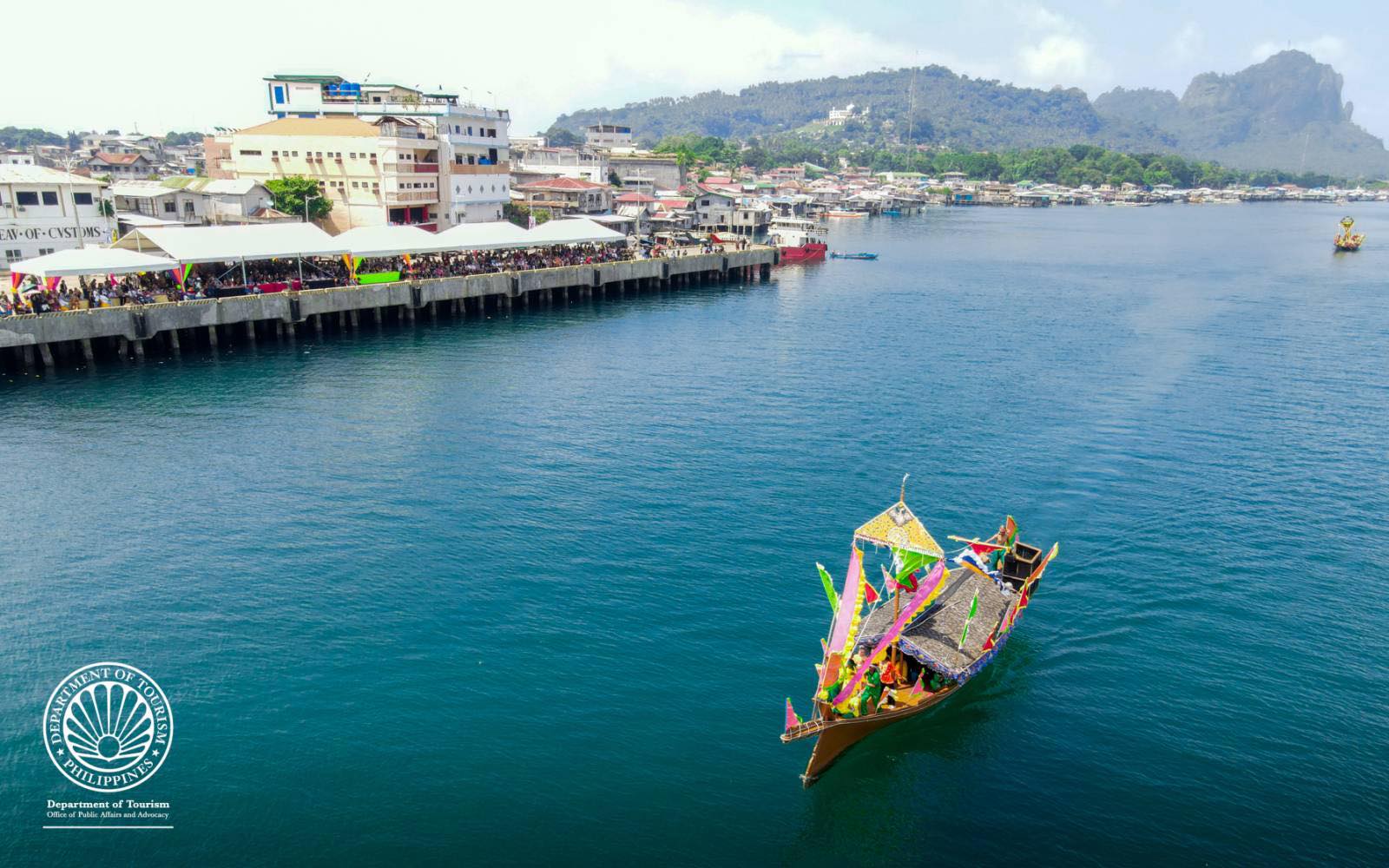
Tourism chief visits Tawi-Tawi in PHL, assures LGU, tourism stakeholders of Marcos admin’s full support
Phl records more than 4m foreign visitors; dot optimistic on robust rebound of tourism.

Film Heritage building to rise, boost PH film tourism
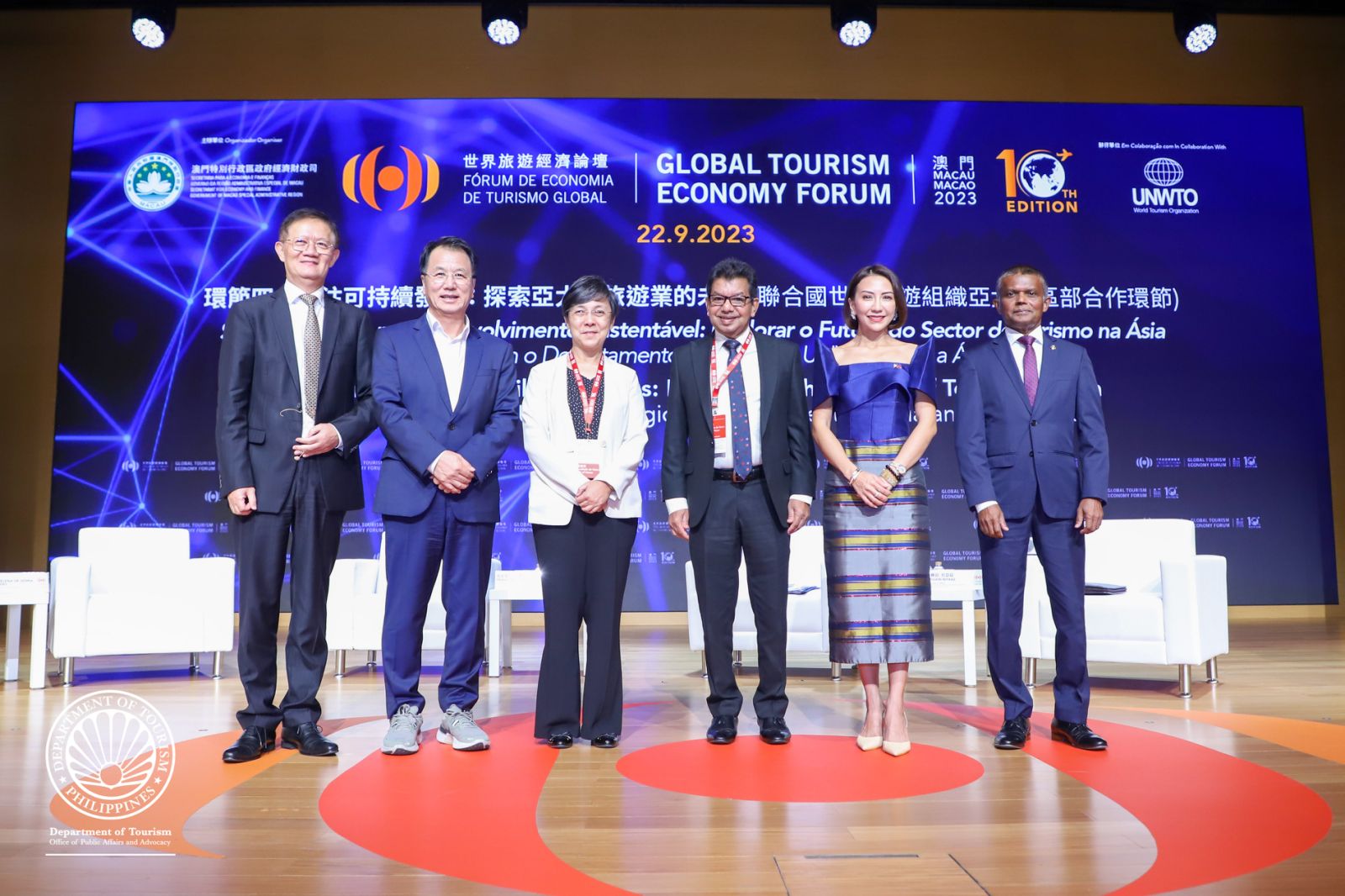
DOT chief bares bold prospects for PH tourism at Global Tourism Economy Forum

Frasco to speak at UNWTO Global Tourism Economy Forum
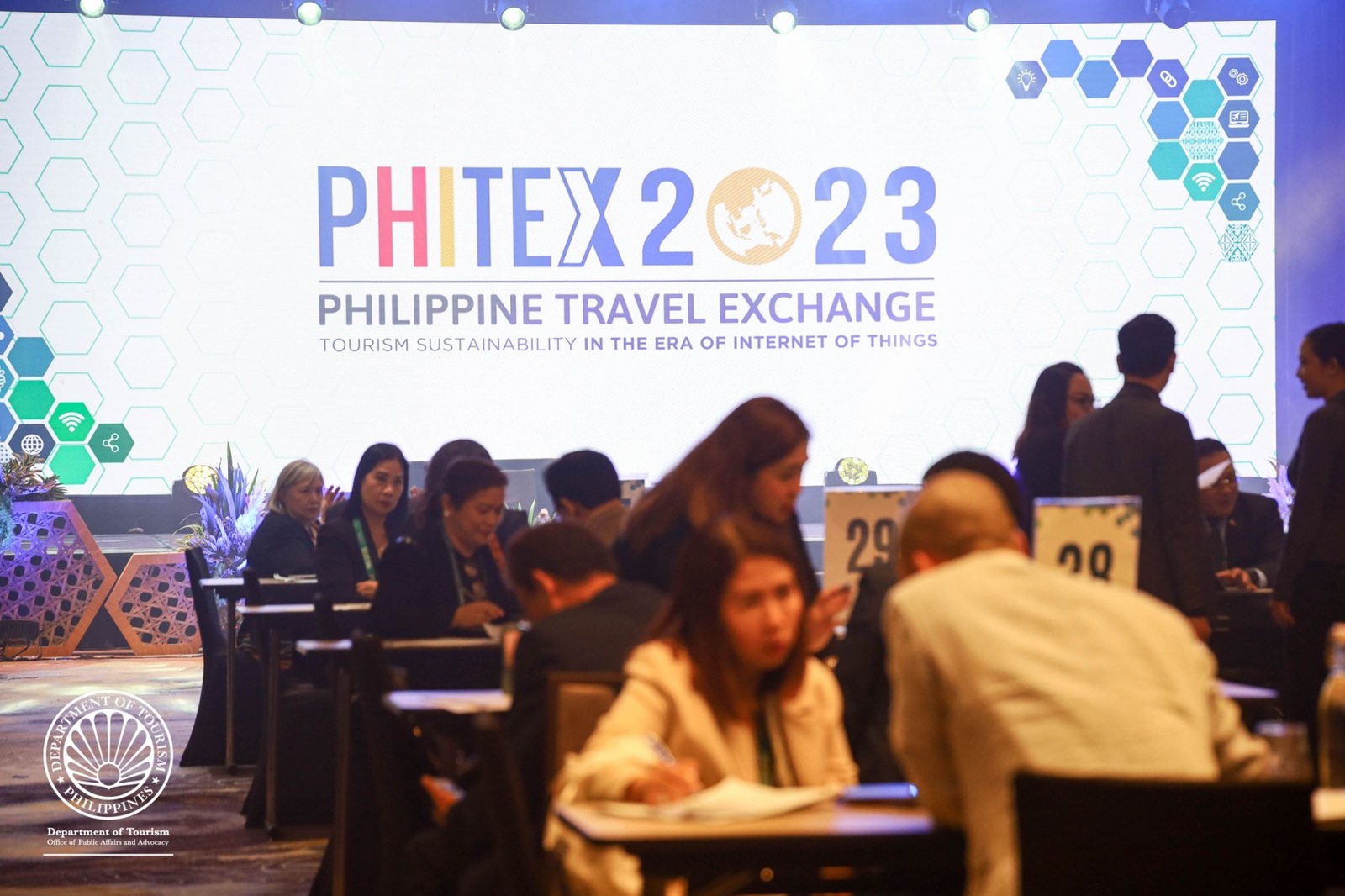
DOT, TPB bring back on-site PHITEX 2023 in Cebu

Frasco thanks lawmakers for the swift approval and support for increase of Php 2.7 B DOT budget

DOT’s Bisita, Be My Guest program awards first raffle winners

Philippines’ FIBA hosting boosts hotel occupancy, visitor arrivals – Tourism Chief

1st Philippine Tourism Dive Dialogue unites Dive Industry: 37B raked in 2022

Boost in PH medical tourism seen with public-private convergence

Philippines wins “Asia’s Leading Dive Destination” at prestigious World Travel Awards 2023

DOT affirms support to peace and security efforts under Marcos administration

Frasco cites PBBM’s policies, programs for the industry at PTM 2023
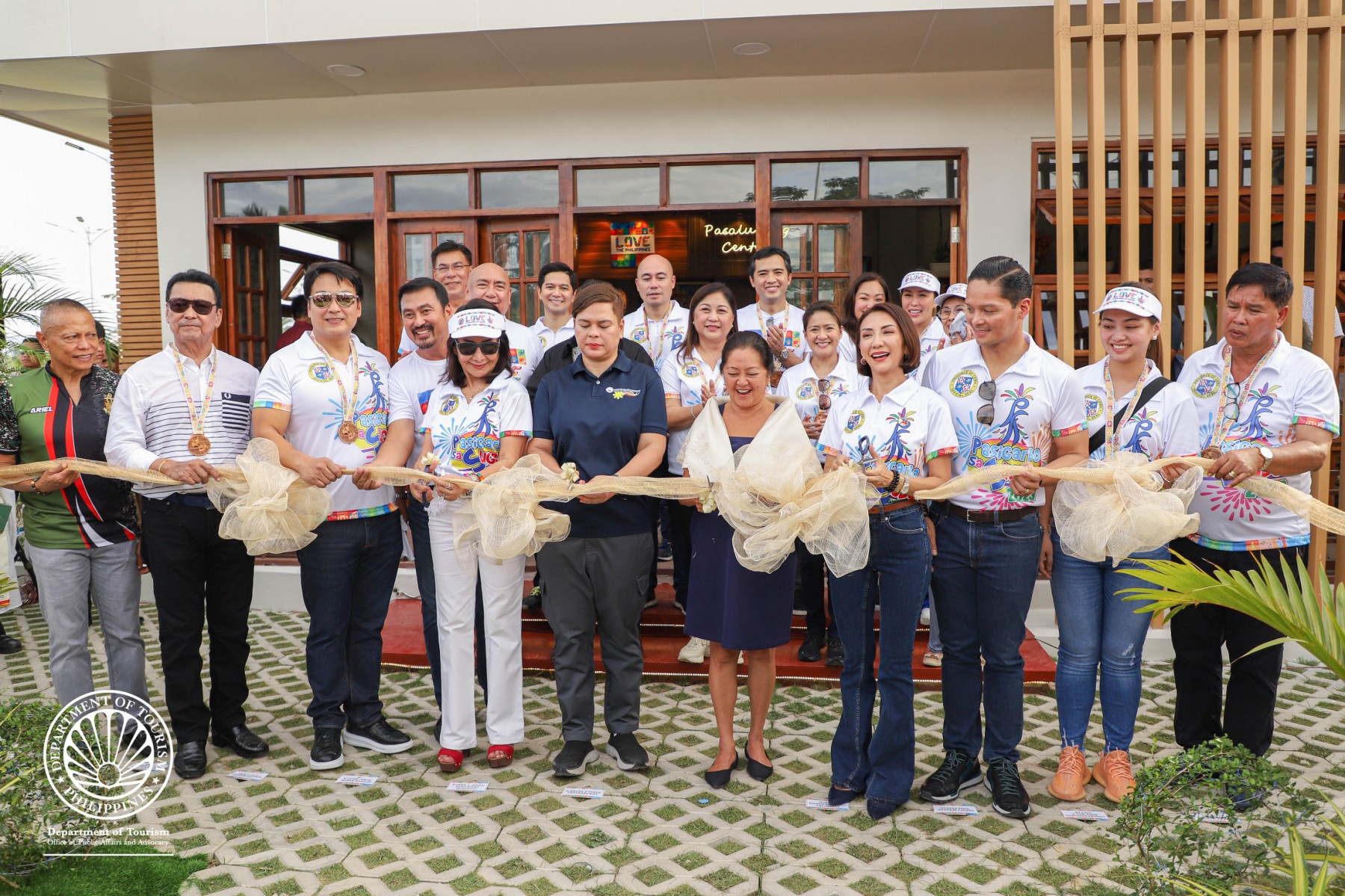
DOT inks deal with Cebu LGU for more Tourist Rest Areas, “Heritage City” Carcar thanks DOT for TRA

DOT in full support to FIBA World Cup Opening Day

DOT, TESDA ink deal to expand tourism education, reinforce tourism training opportunities
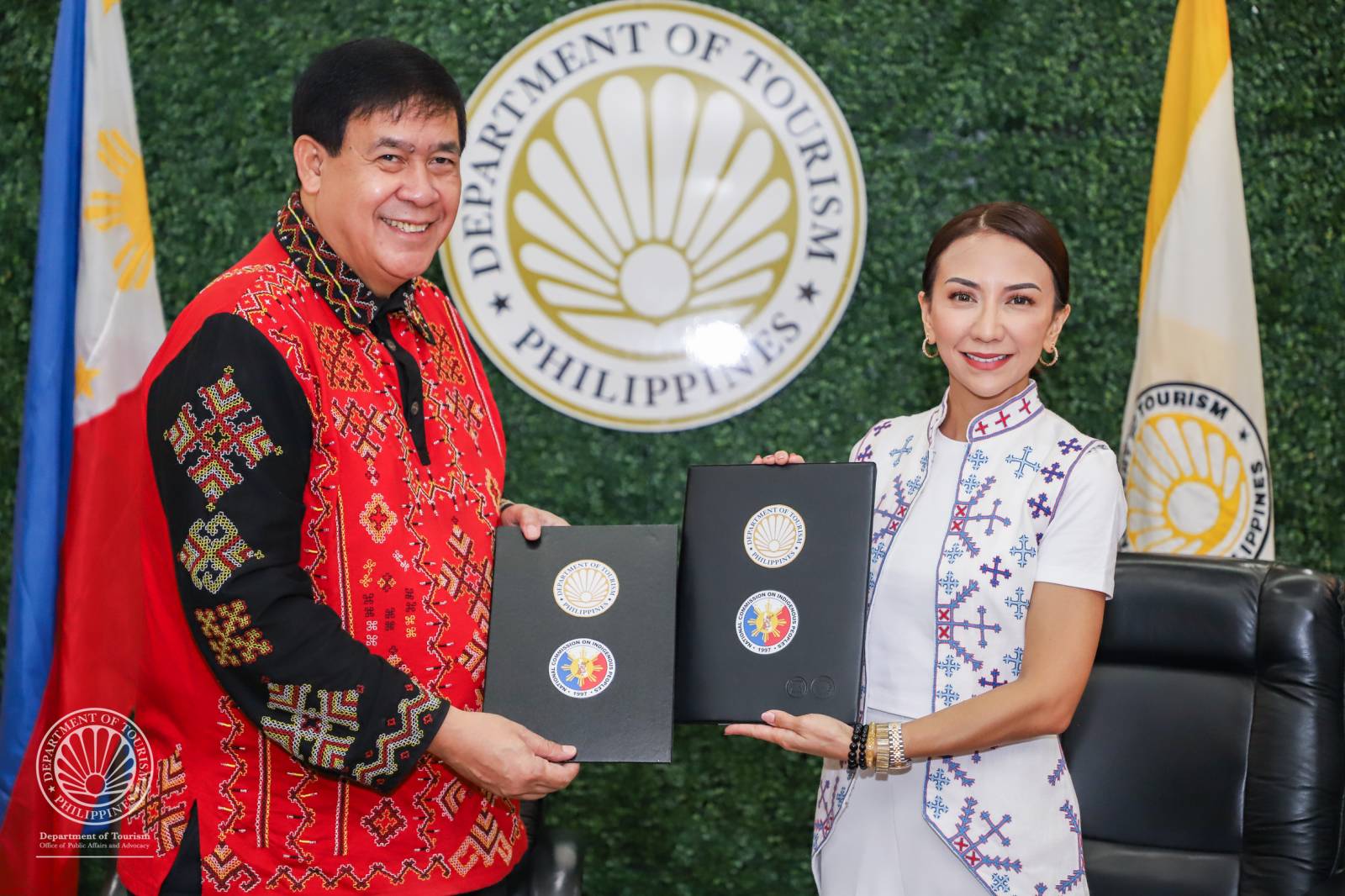
DOT, NCIP ink partnership to empower indigenous peoples, protect and promote cultural heritage through tourism

Lawmakers laud tourism initiatives, bat for higher 2024 budget for DOT

PHL records Php 286B tourism receipts from January to July; Frasco bares efforts to support tourism in Central Visayas

PBBM’s prioritization makes tourism among top drivers of economic growth– DOT Chief
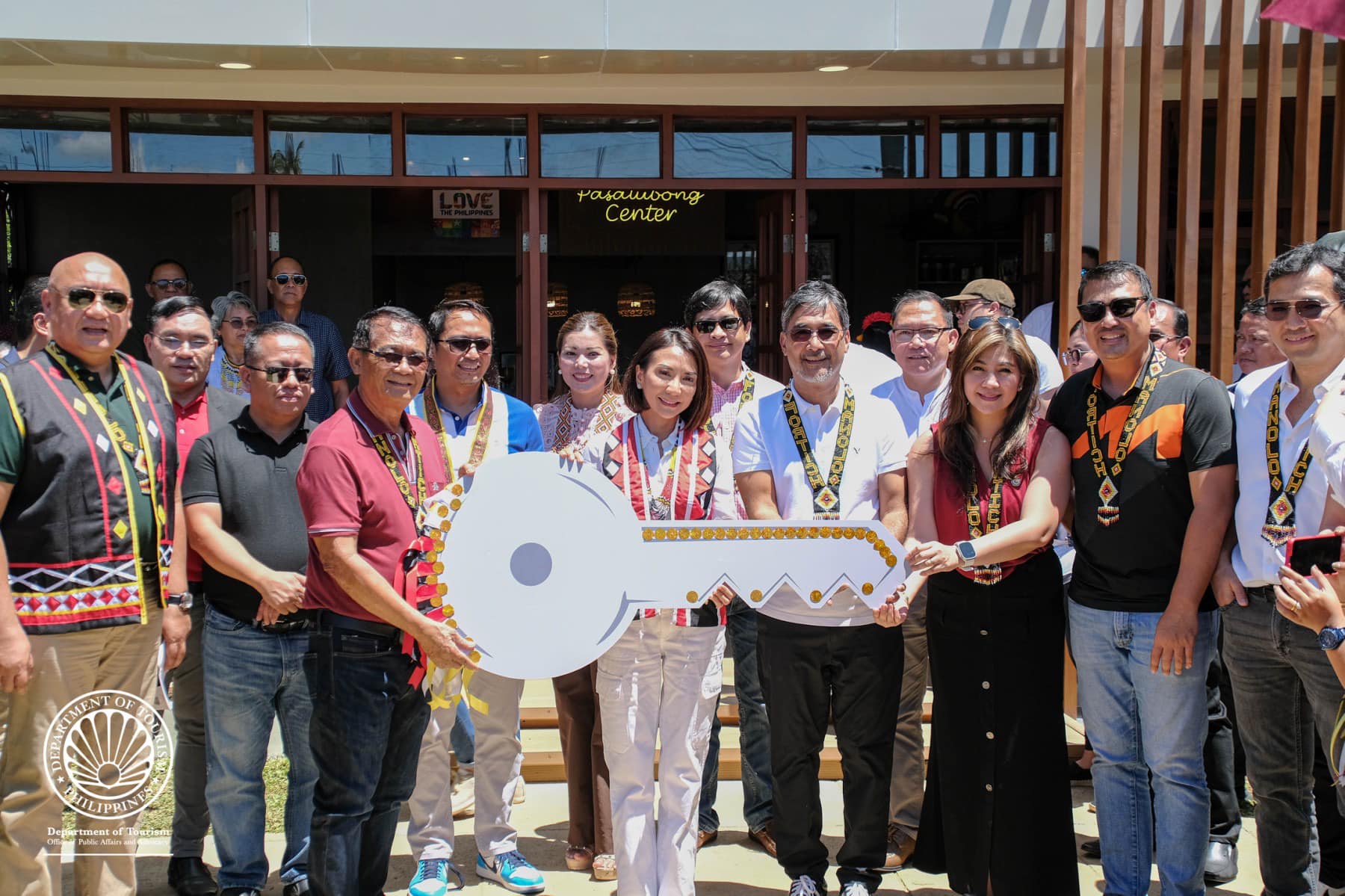
DOT inaugurates first Tourist Rest Area in Mindanao; Frasco bares plan to build 15 more TRAs across the country
Dot records more inbound flights to phl, increase in domestic air routes.

Tourism Chief highlights Culinary Tourism in PHL at World Chefs Asia President Forum 2023
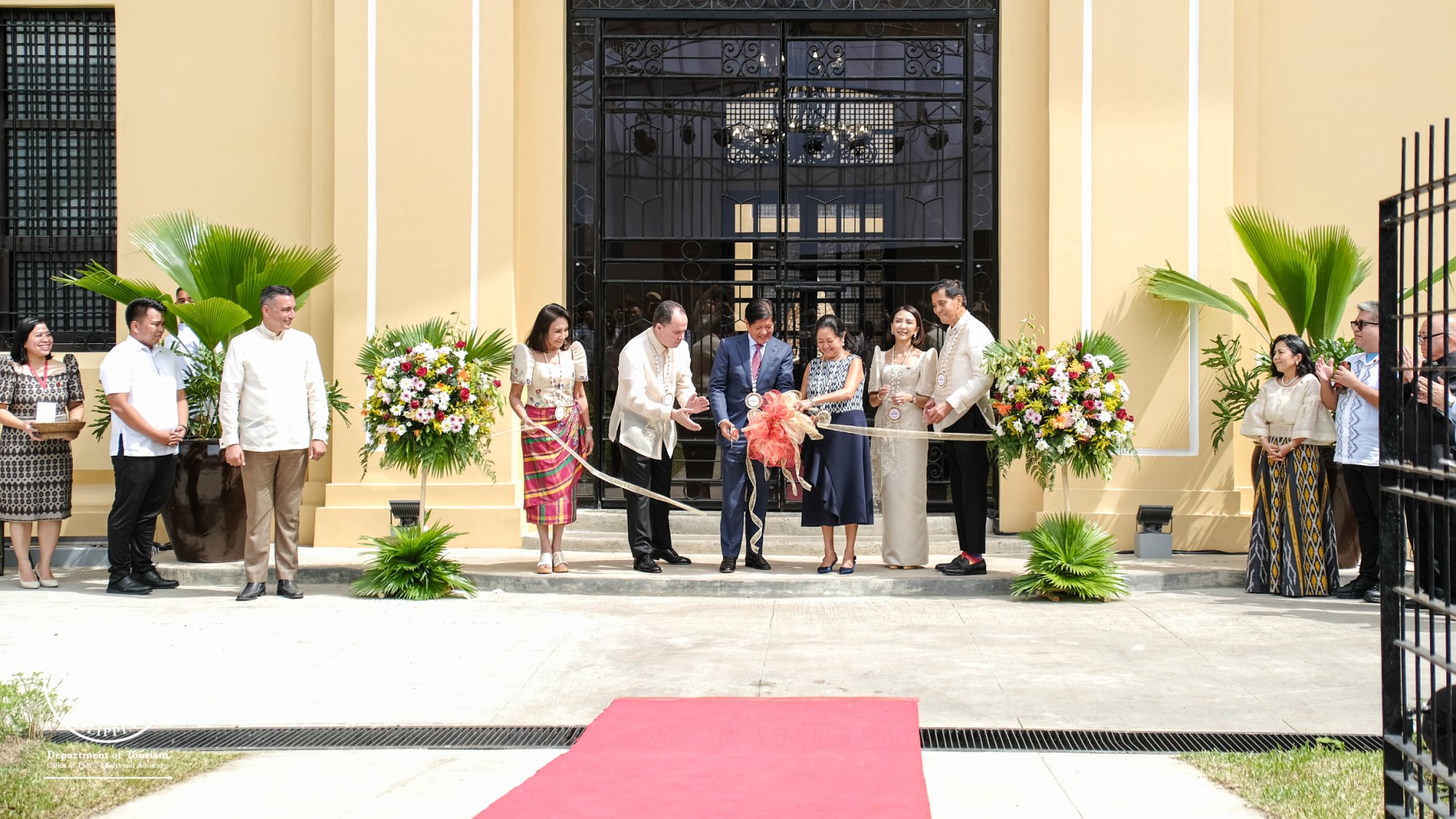
NMP-Cebu to spur tourism development in Visayas Region—Frasco

DOT Chief welcomes e-Visa system for Chinese tourists

DOT positions PHL as one of Asia’s most LGBT-friendly destinations

From courtside to paradise: DOT supports FIBA World Cup hosting with Philippine Tour Packages
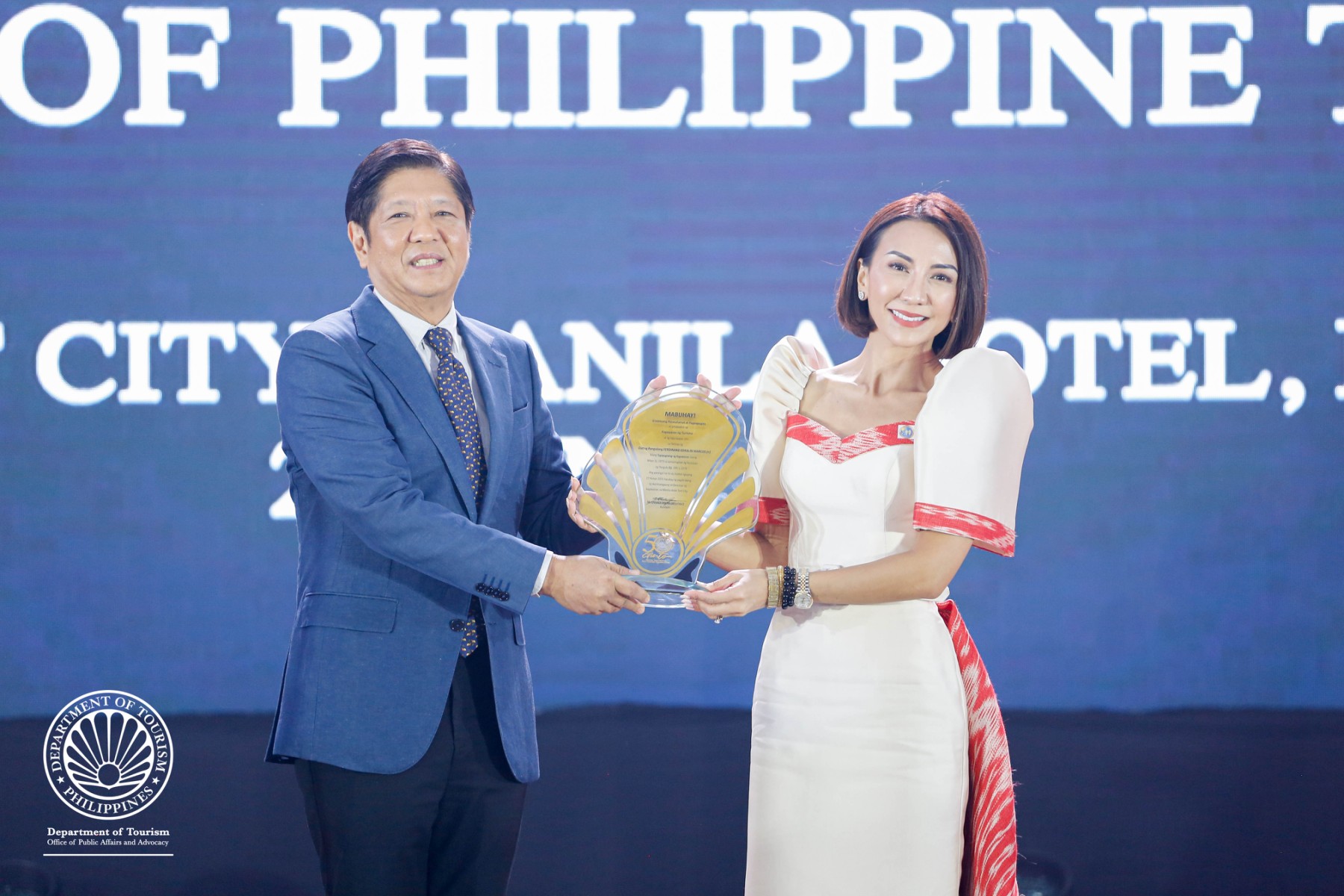
DOT bares tourism milestones under PBBM’s first year in office; Secretary Frasco optimistic on exceeding industry targets for 2023
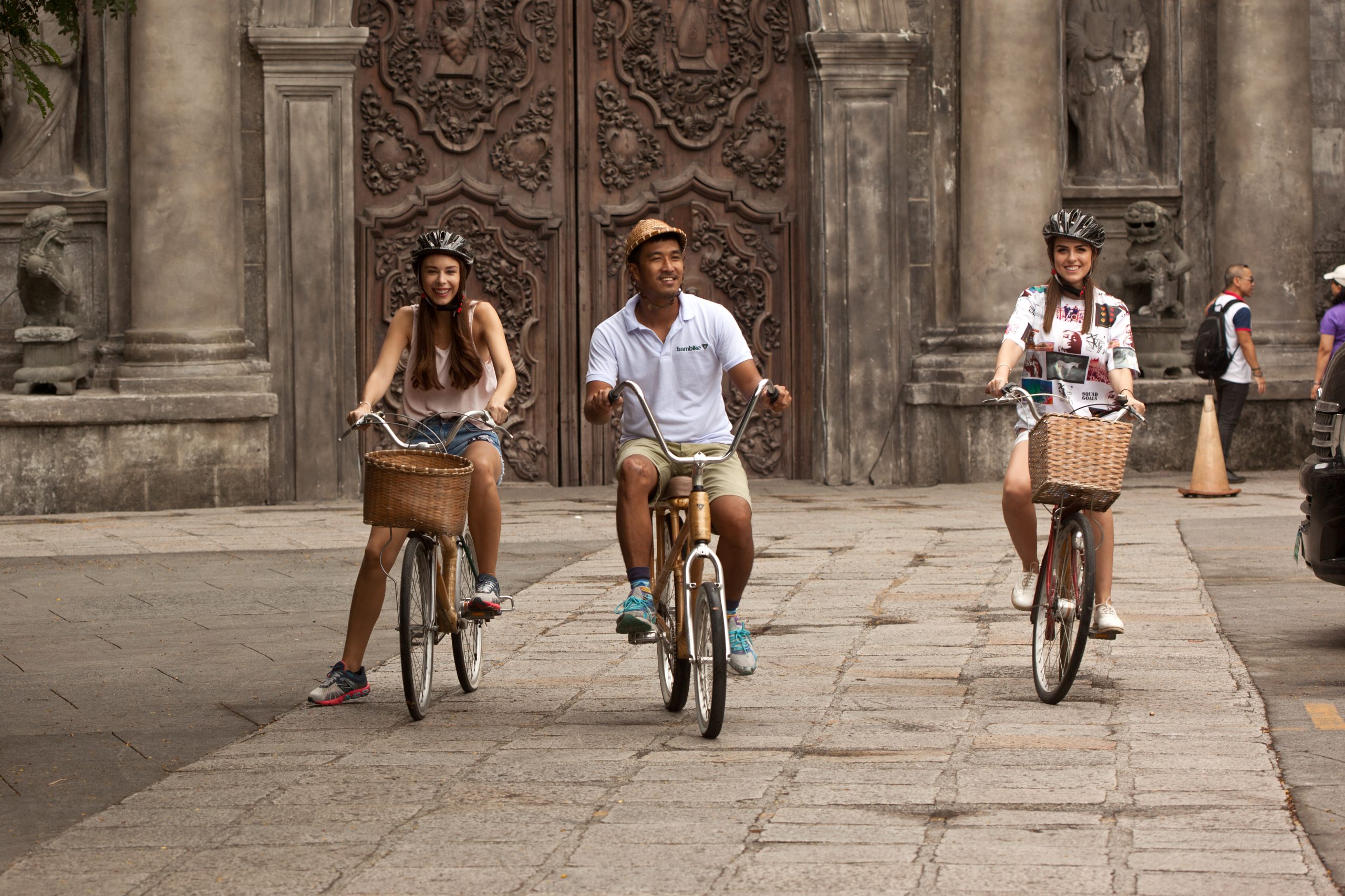
PHL int’l tourist arrivals breach 3M mark; tourism receipts surge at P212.47 billion

Frasco inaugurates first ever DOT Tourist Rest Area in PHL
Pbbm trusts frasco, tourism chief gets widespread support.
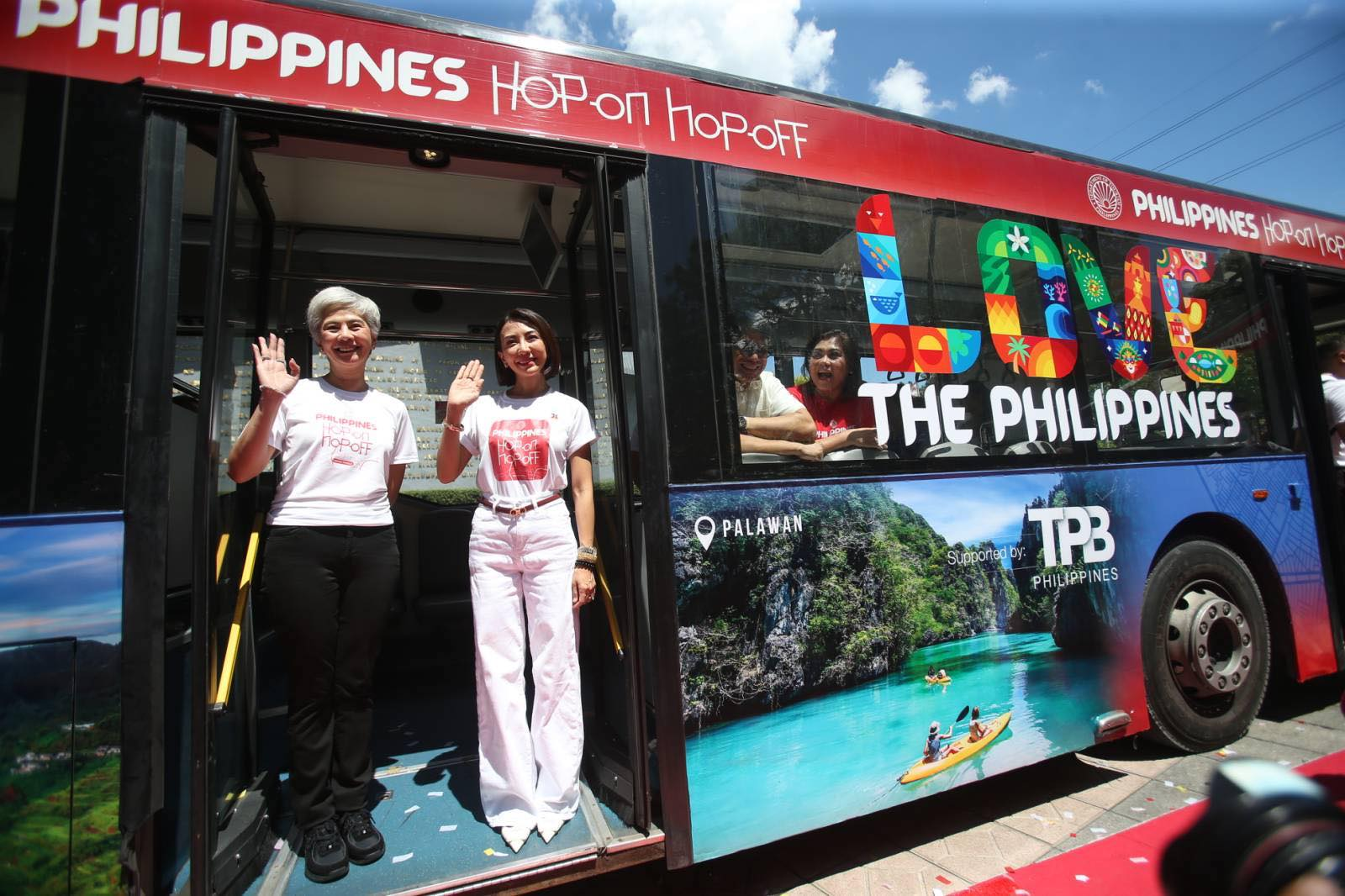
Frasco launches Philippines Hop-On-Hop-Off for Manila

DOT chief grateful for continued support from lawmakers, employees
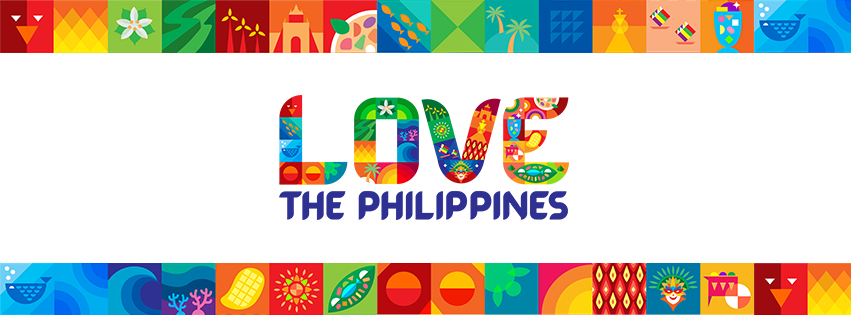
Love the Philippines draws widespread support

DOT’s enhanced branding is Philippines’ Love Letter to the world
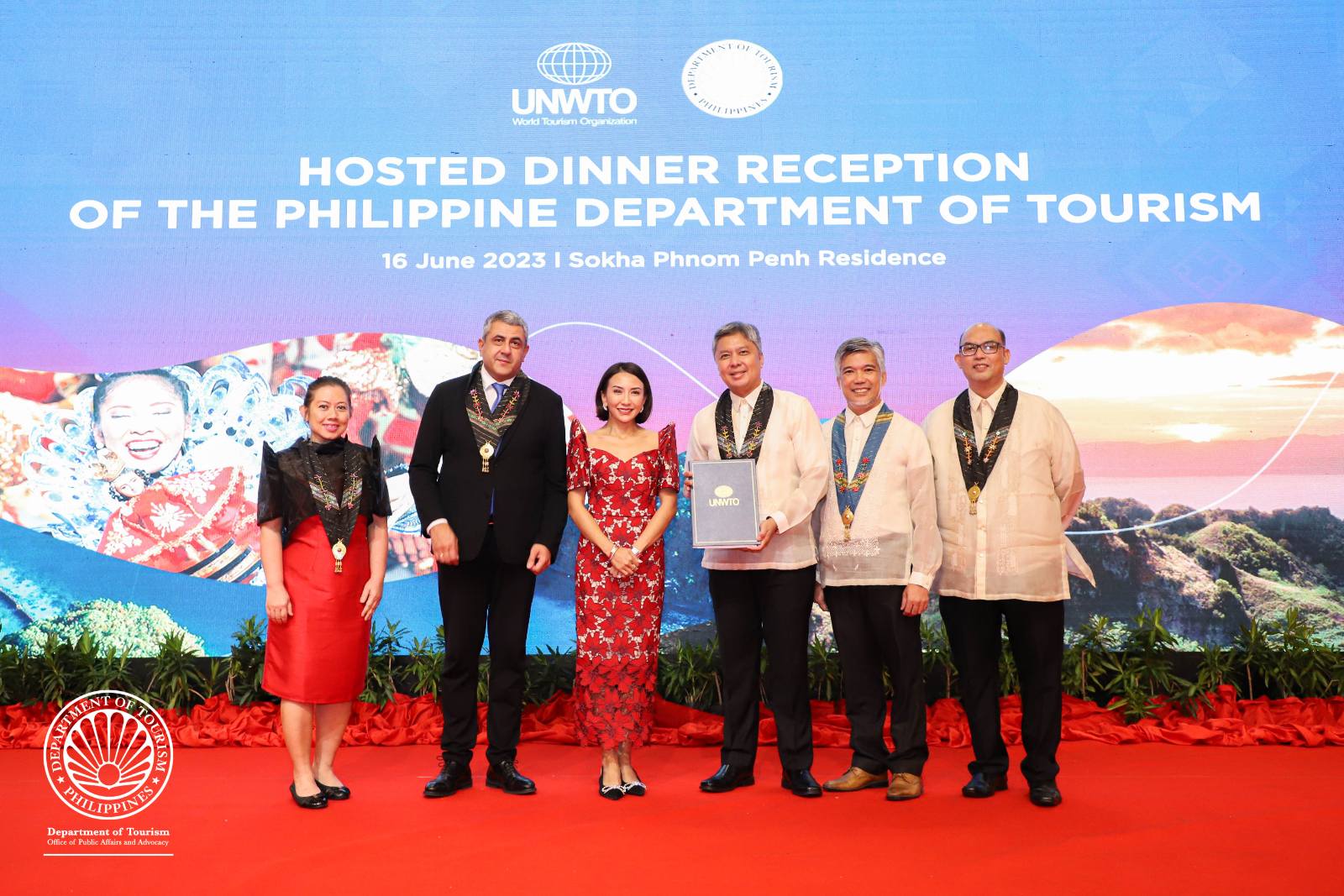
Batanes joins UNWTO International Network of Sustainable Tourism Observatories inclusion is a manifestation of Philippines’ successful sustainability efforts in local destinations – DOT chief
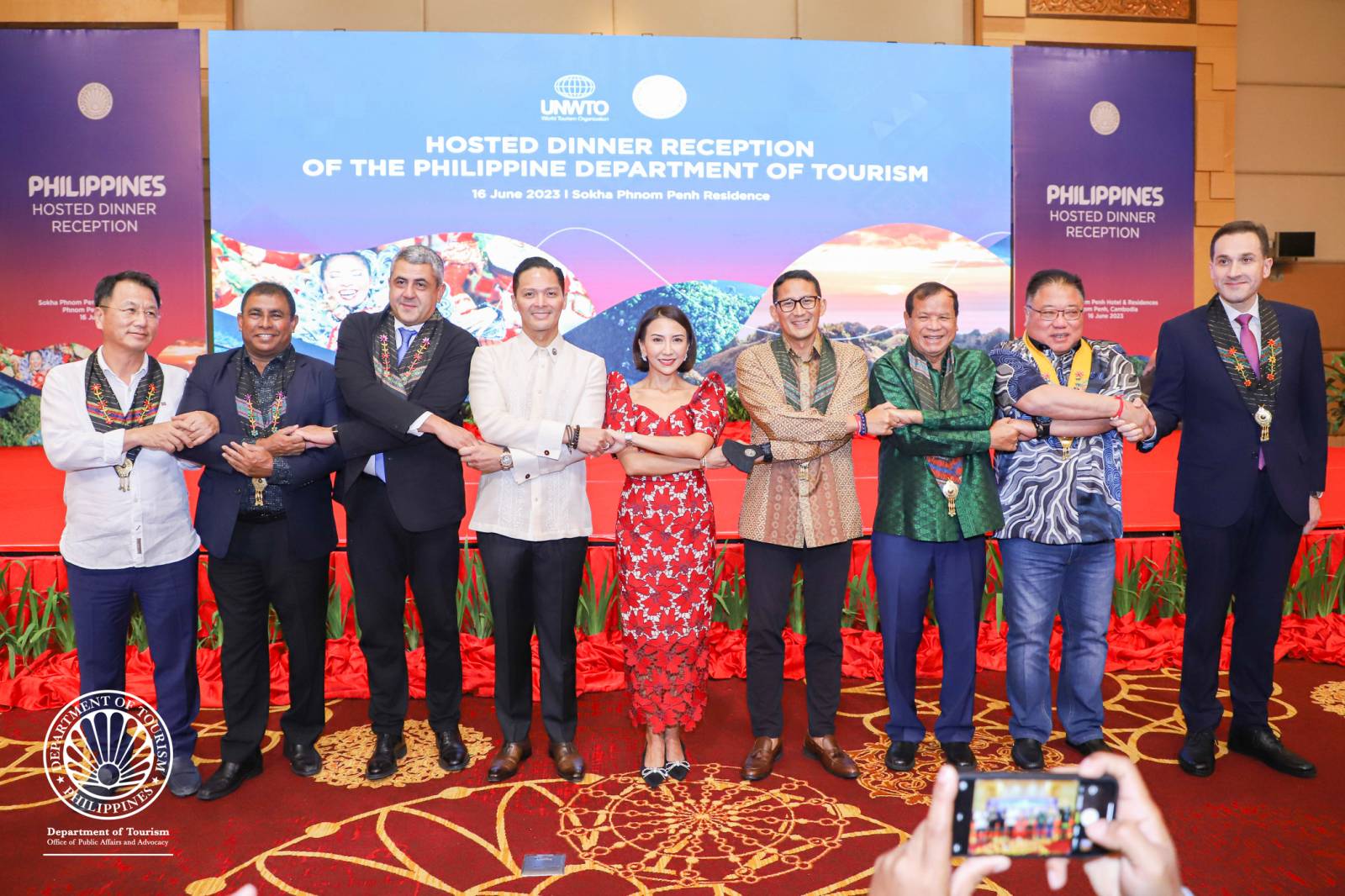
The Philippines elected as Vice President of UNWTO General Assembly after 24 Years, nabs Chairmanship of Commission for East Asia and the Pacific

DOT eyes increased arrivals from Cambodia

DOT welcomes positive tourism figures for FY2022; vows sustained industry recovery drive under the Marcos administration
Ph vies for six nominations for the wta 2023.

DOT rallies support of tourism stakeholders on digitalization initiatives

Heritage and Arts Tours in San Juan City get support from DOT

Tourism chief, Deputy Speaker Frasco donate for education of Pagsanjan boatmen’s children

Tour Guides to get more livelihood with Digital Bookings


DOT commits full support on Laguna’s local tourism resurgence; vows for more tourism projects in the province
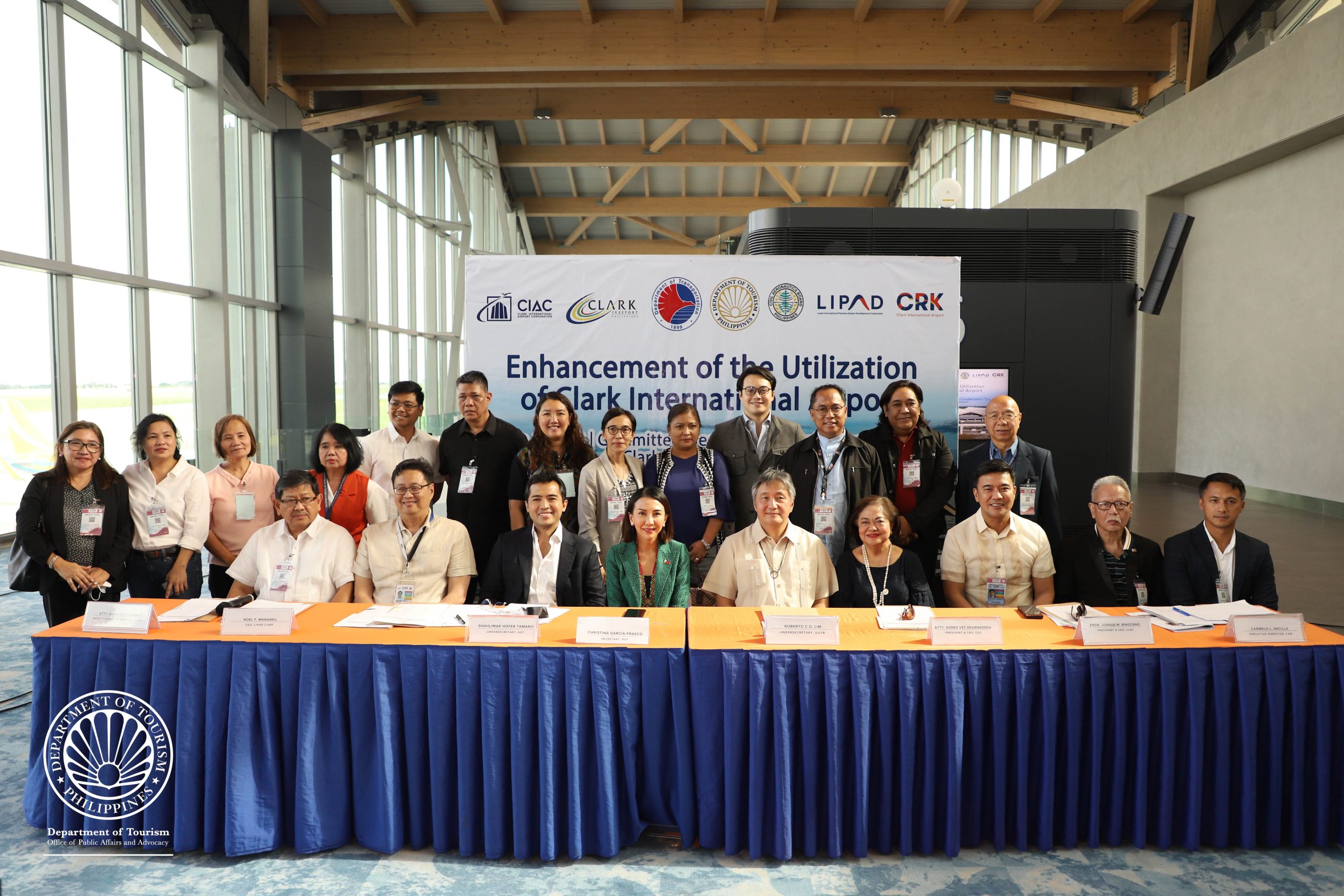
TWG convened to drive up CRK utilization; travel and tourism to remain ‘spark of hope’ for Clark – Secretary Frasco

Philippines wins Emerging Muslim-friendly Destination of the Year Award (Non-OIC)
Dot supports malacañang heritage tours.

The country’s colorful marine life takes the spotlight in DOT’s Anilao Underwater Shootout

DOT, DND, DILG forge pact to make Mindanao a peaceful and viable tourist destination

DOT, PRA ink partnership
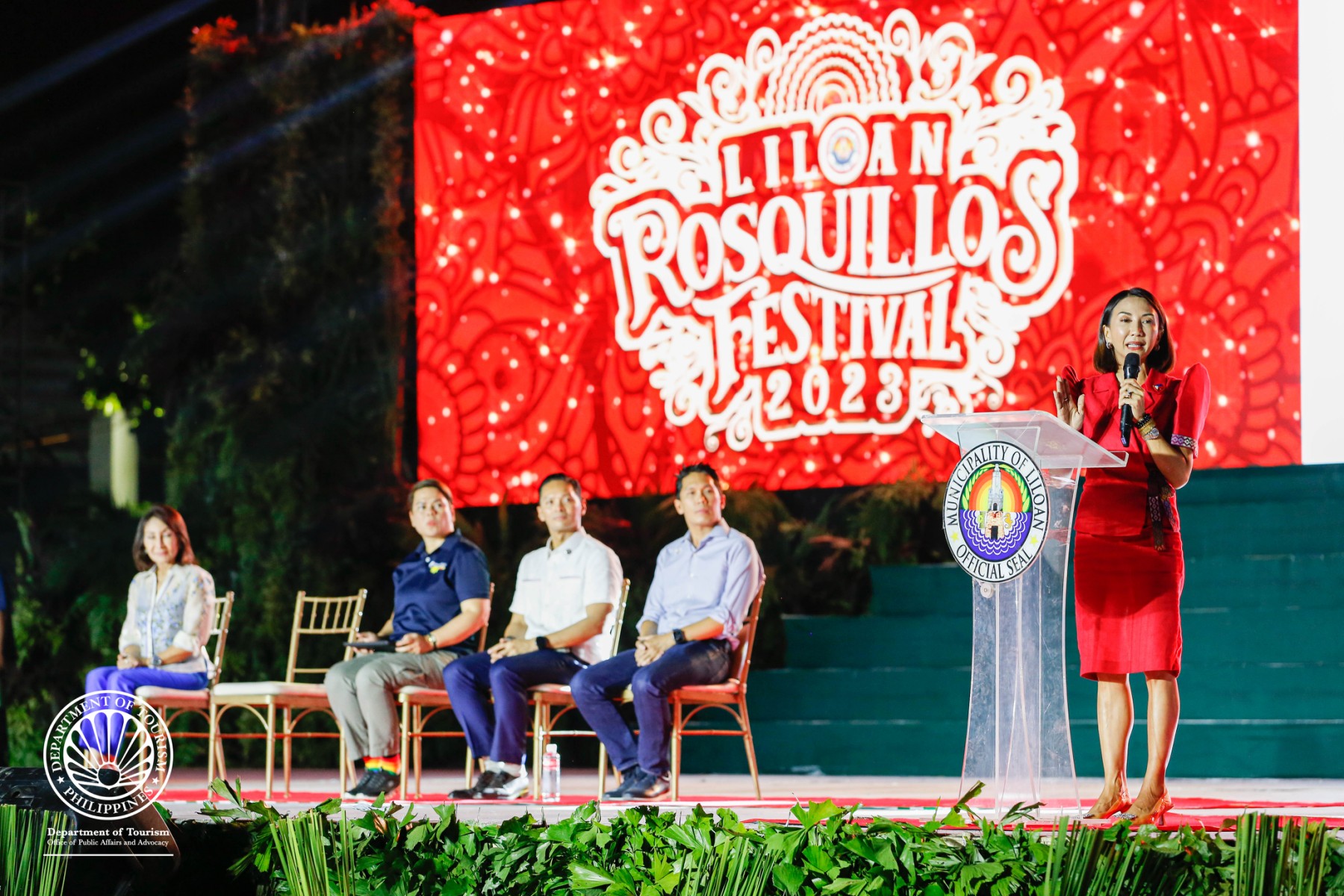
DOT lauds Rosquillos Festival’s showcase of local culture, contribution to local tourism

PHL participation in int’l, local travel and trade fairs yields more than P3 billion in business leads—DOT Chief
More than 43k workers receive dot training on the filipino brand of service excellence (fbse).

DOT vows support to SOCCSKSARGEN, Mindanao
Pbbm approval of phl tourism plan to spur tourism transformation, employment, philippines’ int’l visitor arrivals breach 2m.
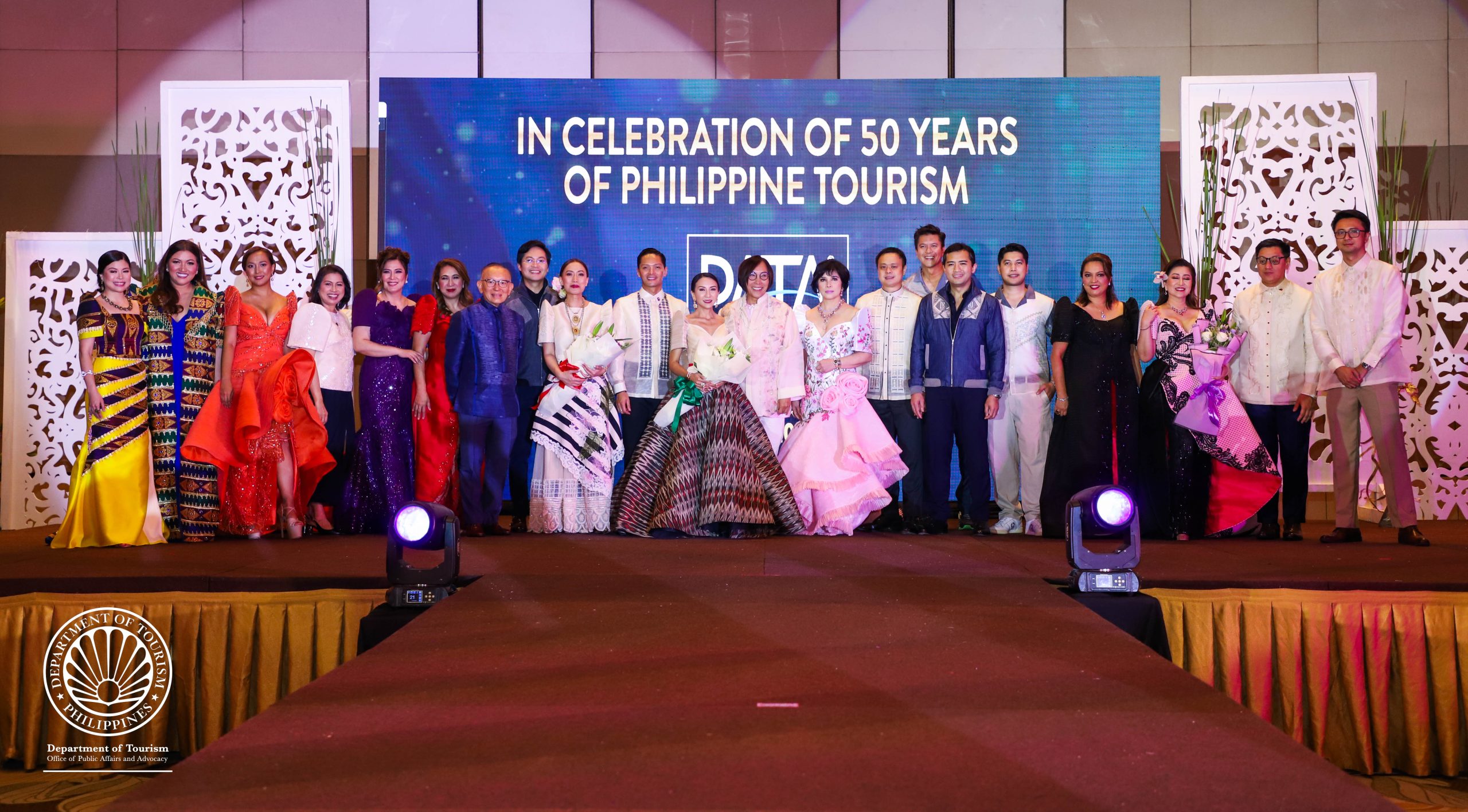
DOT lauds PATA’s initiative to rebuild tourism communities in Laguna, Pagsanjan Falls

Filipino tourism frontliners recognized during DOT’s 50th founding anniversary celebration

DOT supports new country brand under the Marcos administration

DOT welcomes the resumption of chartered flights to PHL top destination Boracay

Medical Tourism pushed by Marcos Administration with strategic global partnership – DOT Chief
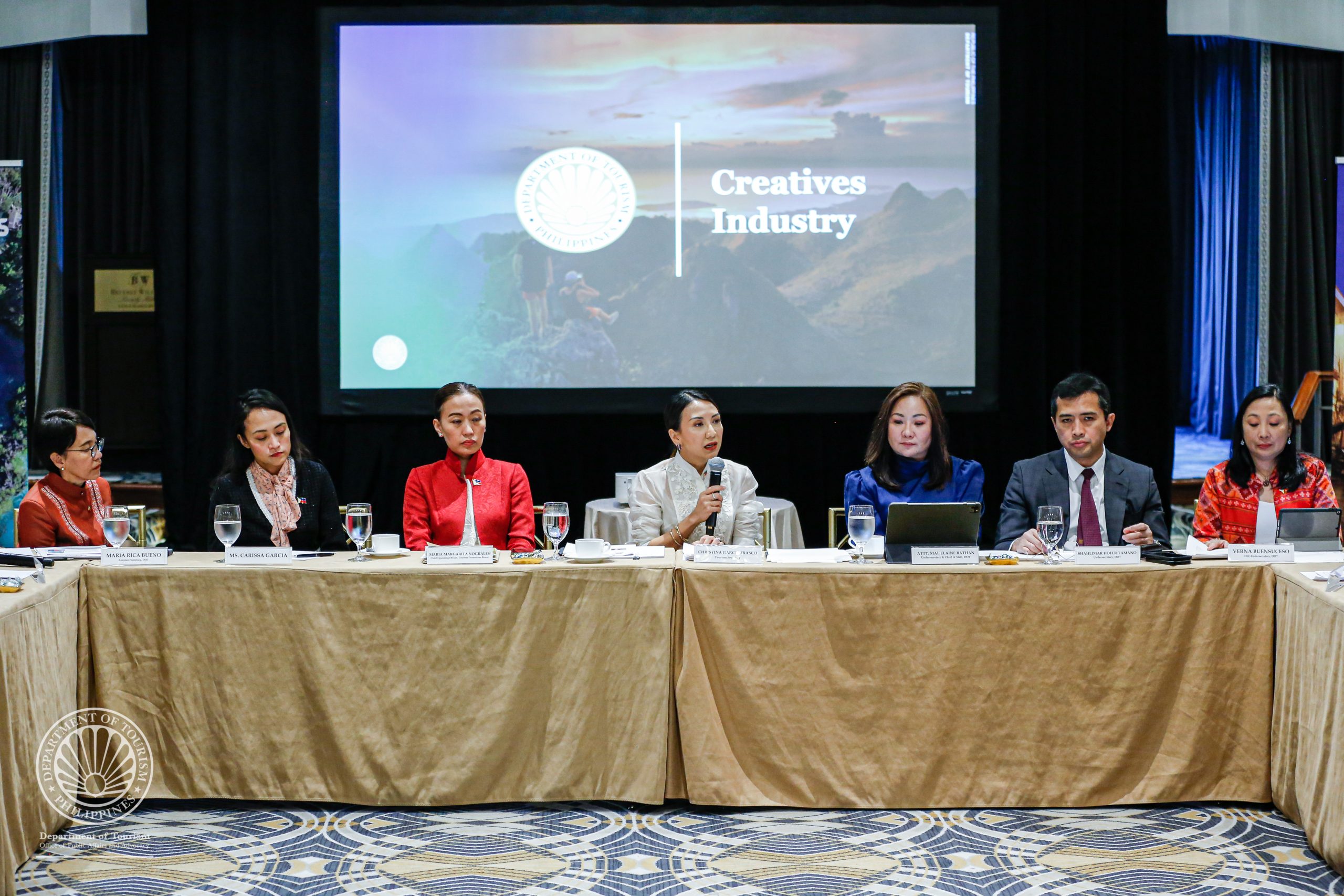
Frasco meets US filmmakers, media execs to promote Philippine tourism

Record number 1,400 Koreans arrive to Filipino welcome led by Tourism Secretary Frasco
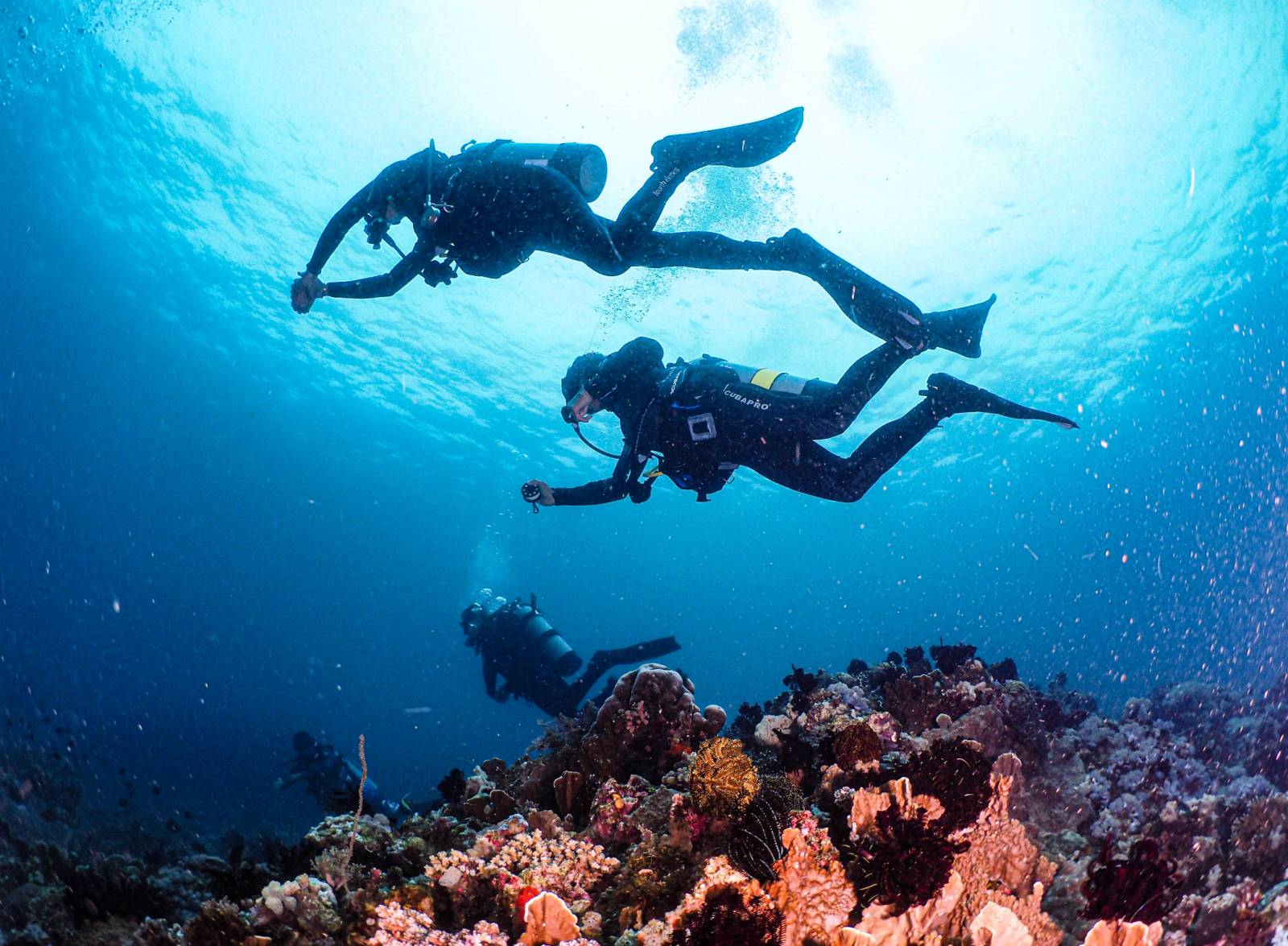
Tourism chief Frasco dives in Puerto Galera, provides alternative livelihood to Oriental Mindoro
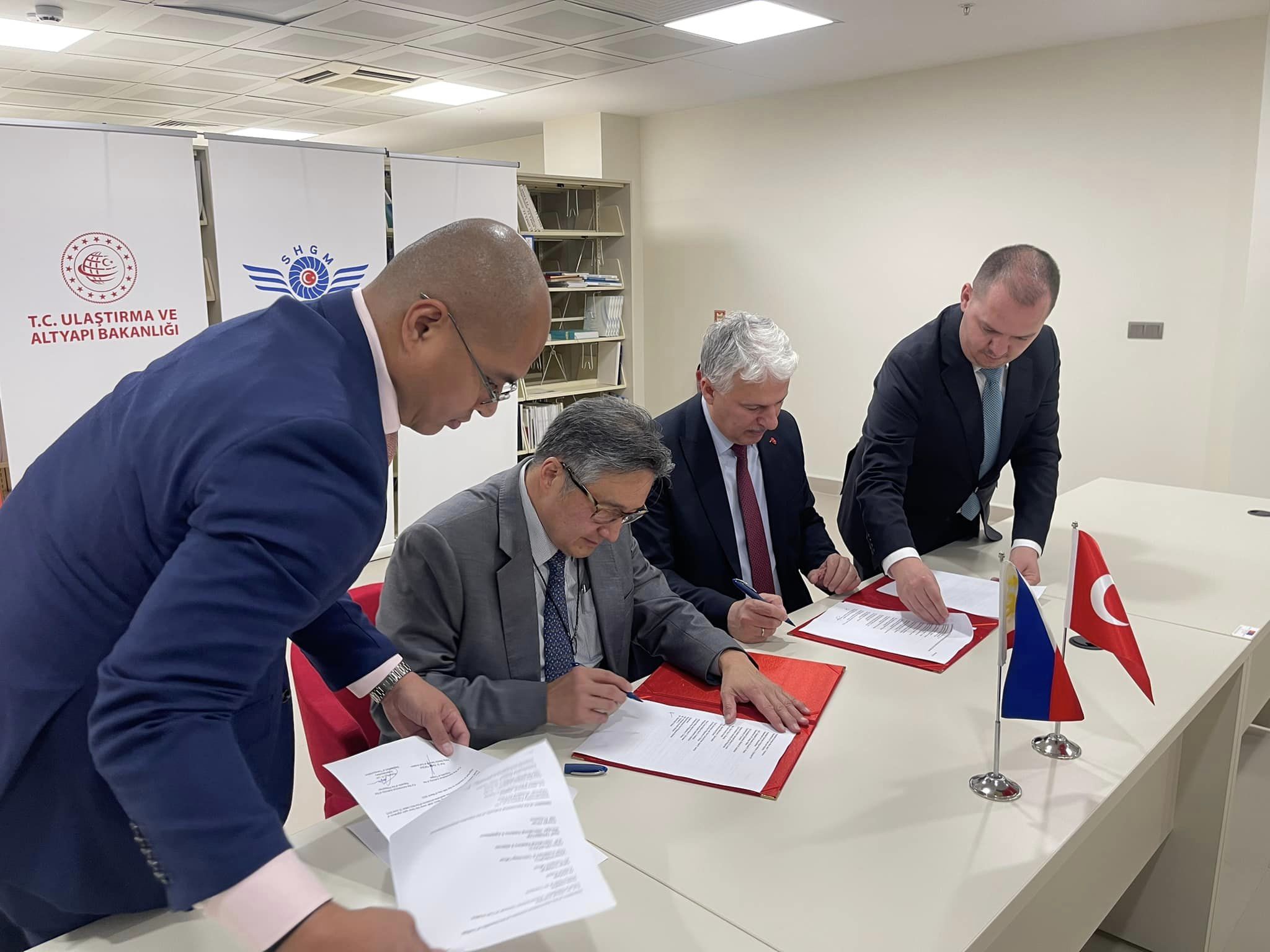
Philippine-Turkiye air service deal to boost tourism- DOT Chief
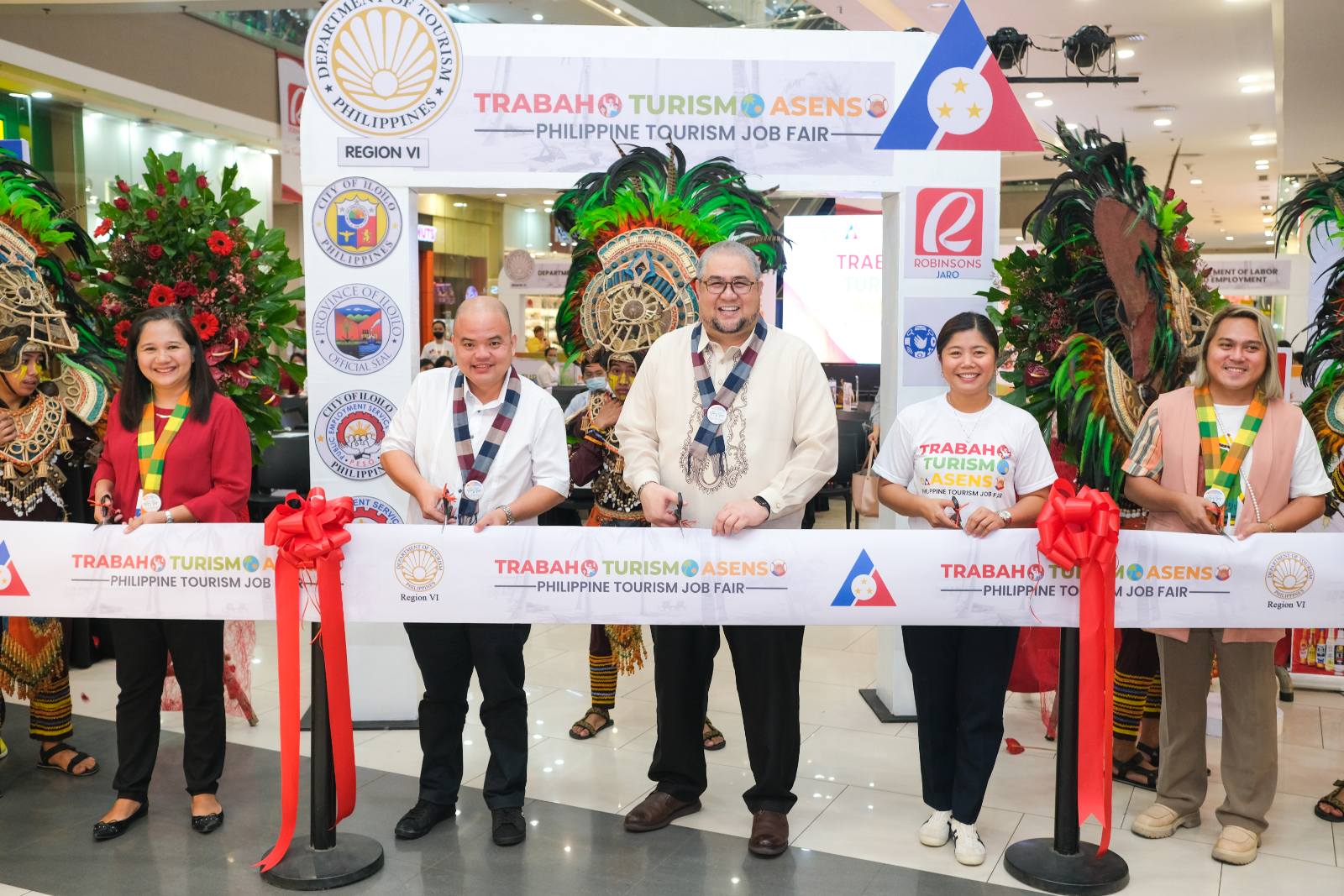
DOT-DOLE Tourism Job Fairs offer more than 8K jobs; 3rd leg set in May

DOT, DOTr jointly conduct inspection at NAIA T2 ahead of Holy Week break
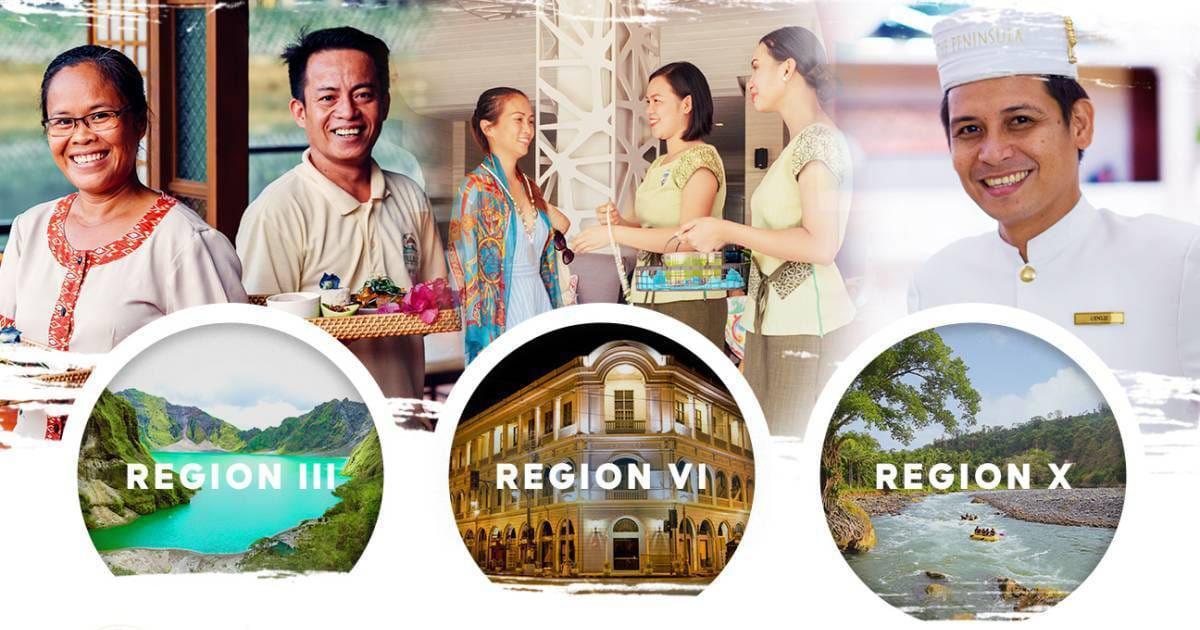
More than 6k jobs up for grabs at DOT’s PHL tourism job fair

Go Negosyo, DOT mount Tourism Summit in Cebu

Business as usual in Puerto Galera; DOT to train tourism workers affected by oil spill for alternative livelihood – Frasco
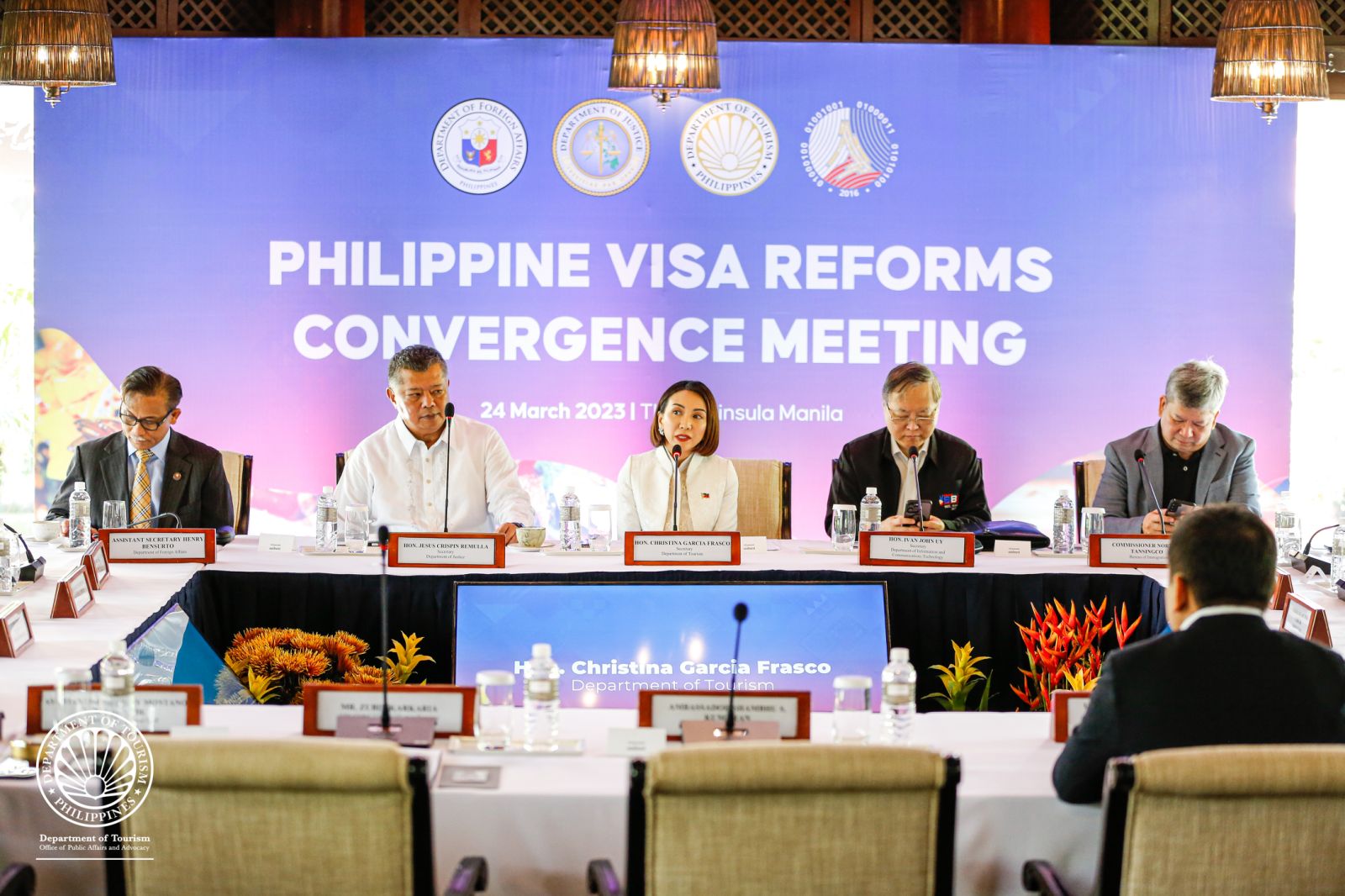
DOT holds Philippine visa reforms convergence

Philippines hits 260M negotiated sales, bags recognition at the ITB Berlin 2023
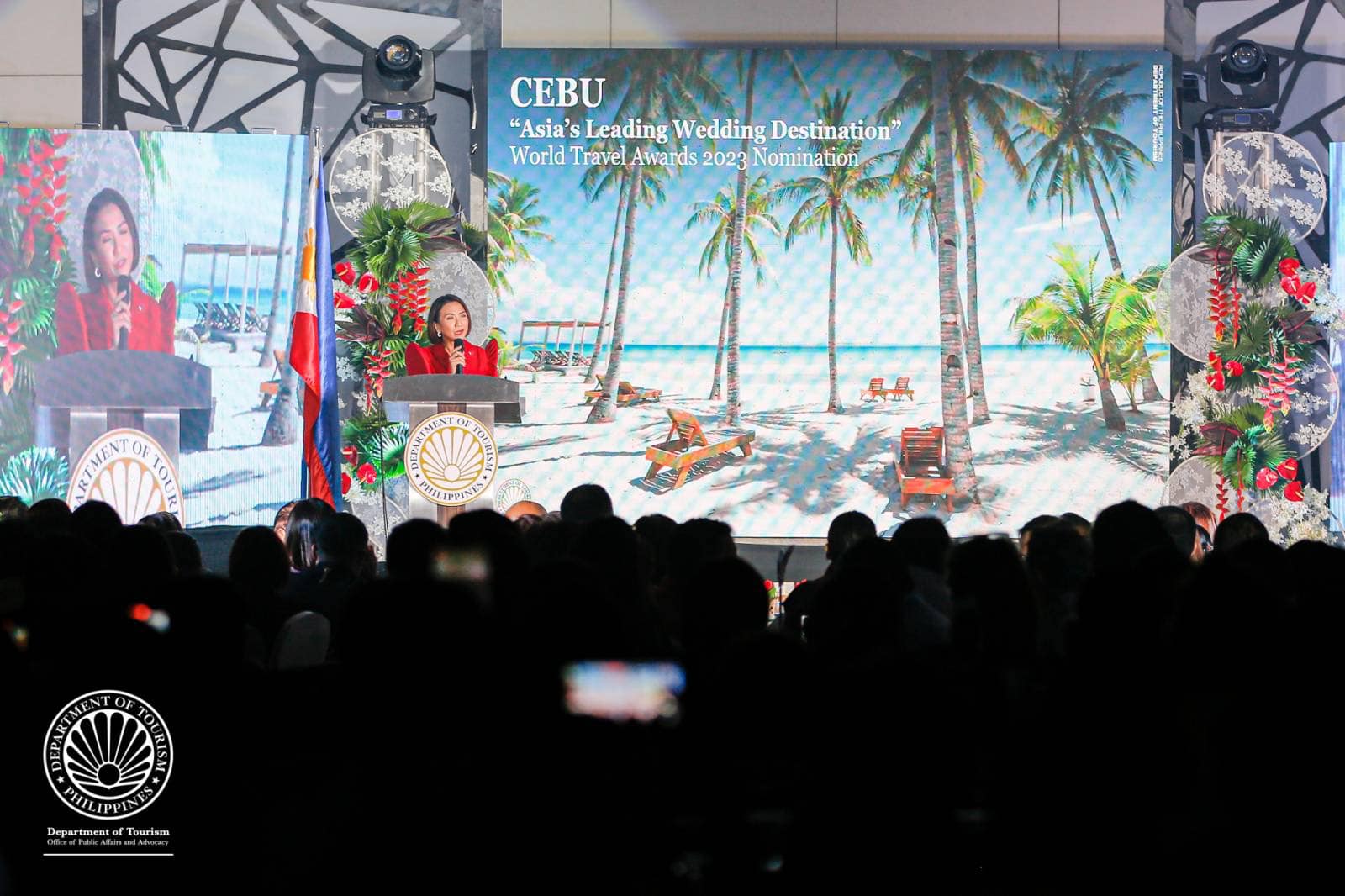
DOT chief unveils National Tourism Development Plan (NTDP) 2023-2028 at stakeholders’ summit
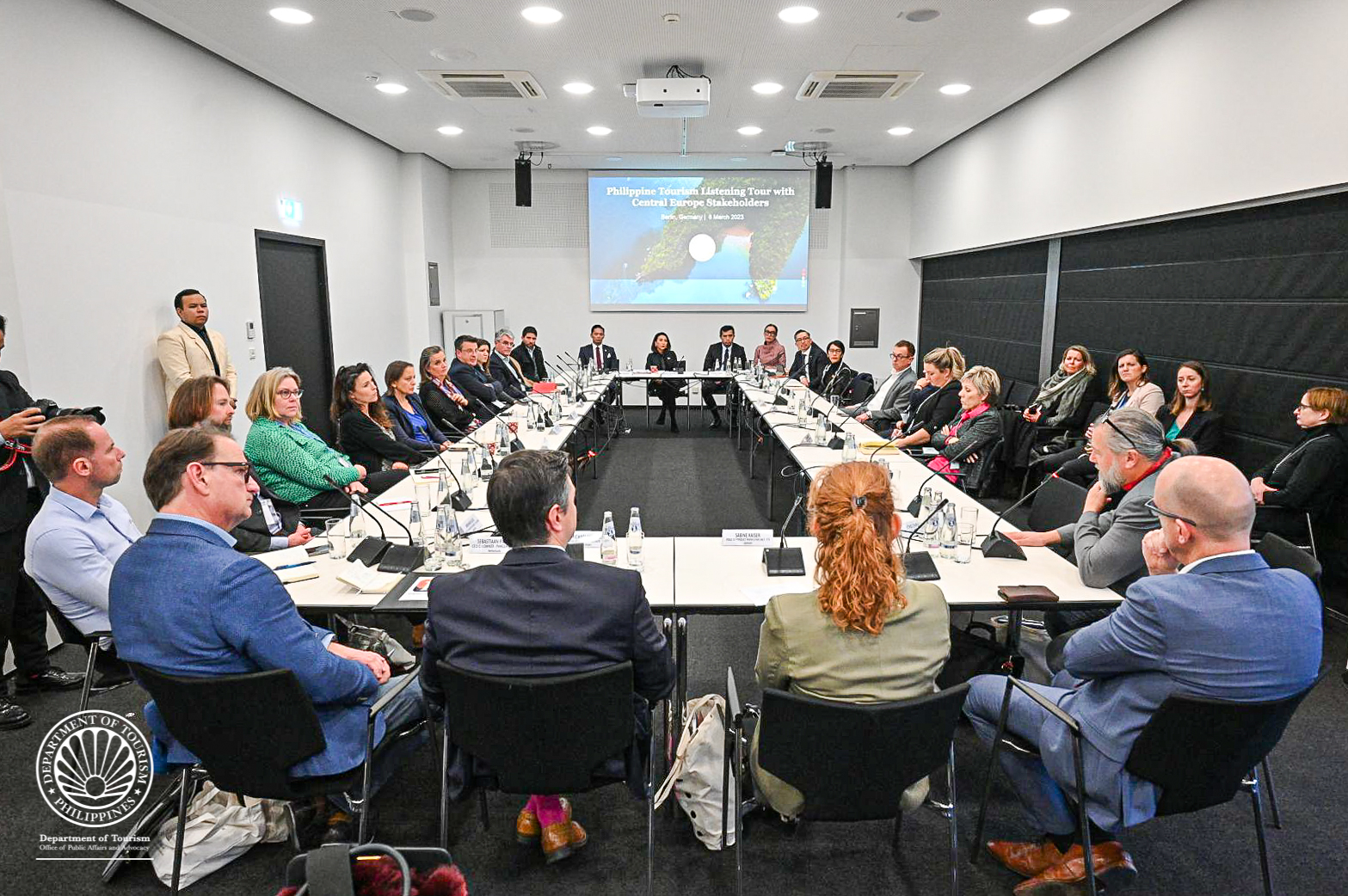
Frasco meets with Central Europe tourism players, vows prioritization of tourism under Marcos Administration
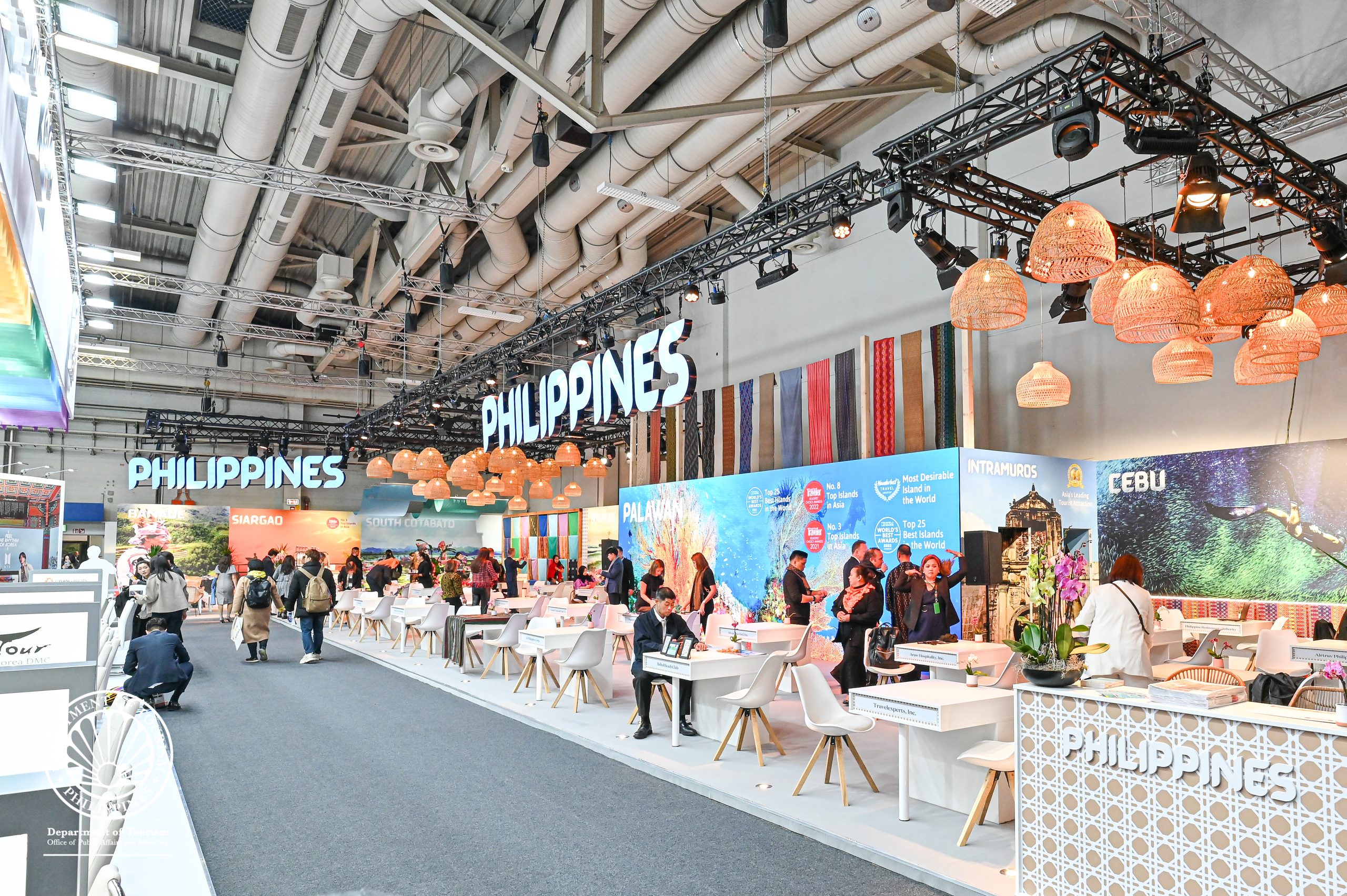
Philippines comes back with biggest delegation to ITB Berlin, bags sustainable tourism recognitions
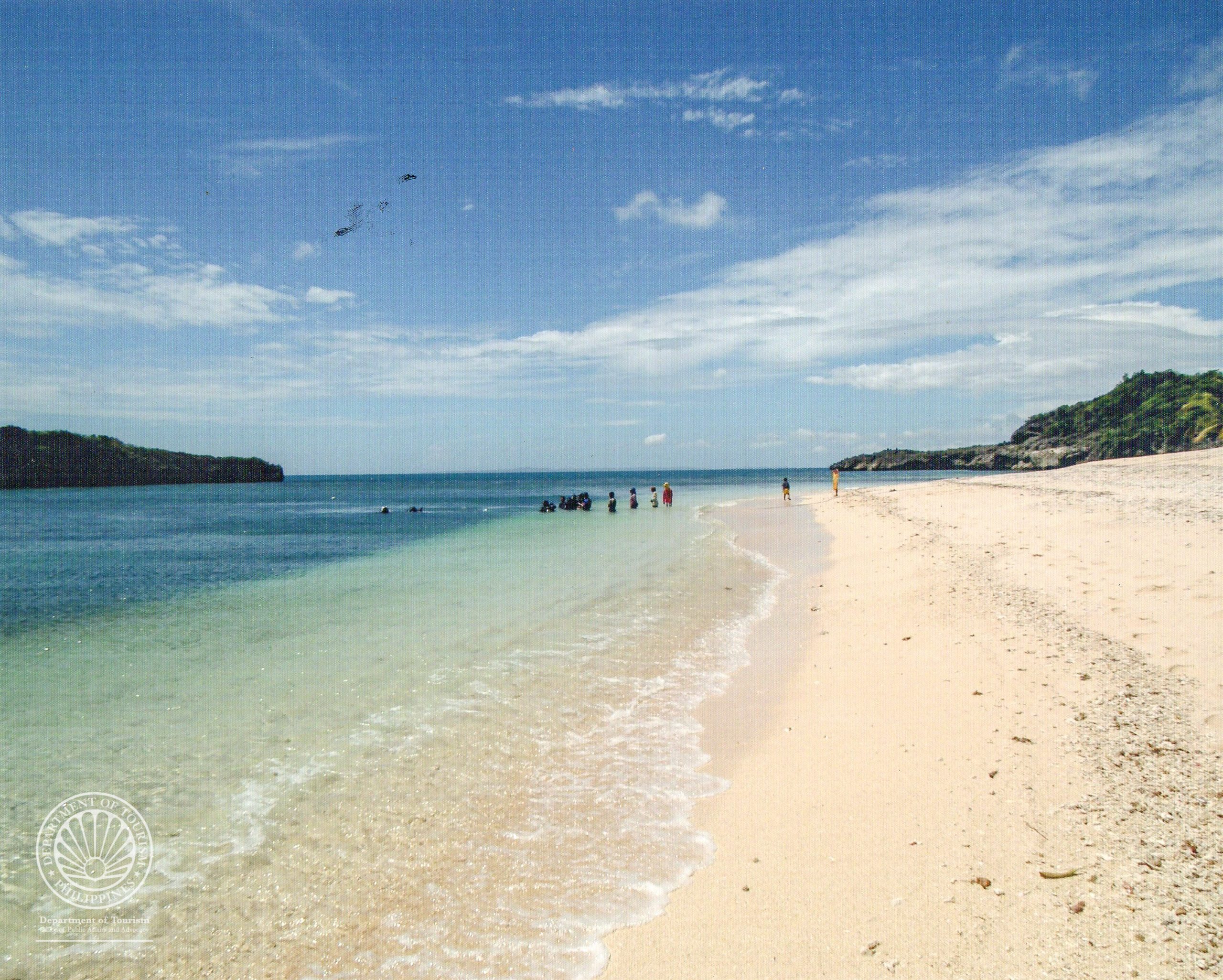
Oil Spill affecting tourist sites – DOT Chief
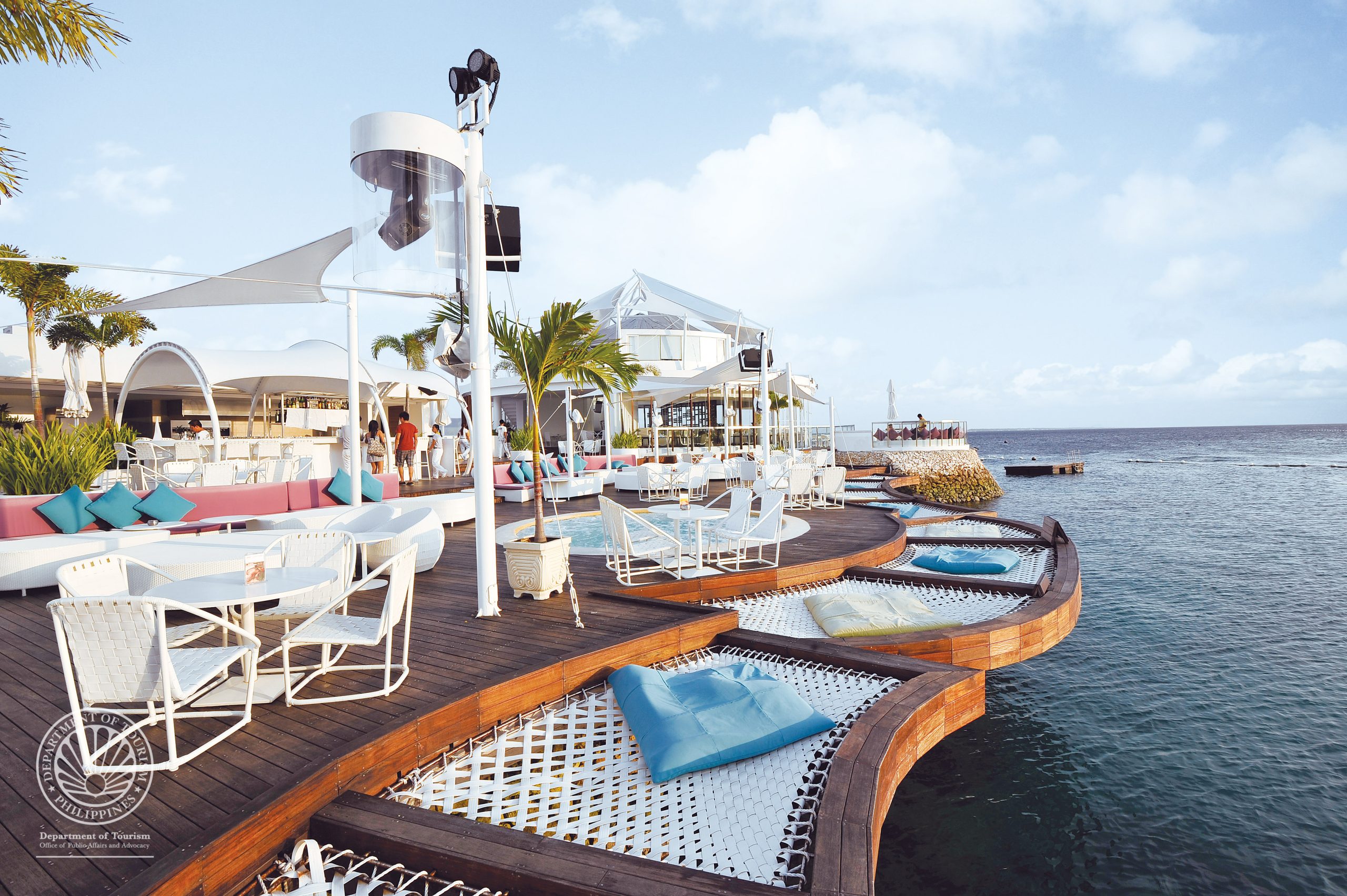
DOT issues guidelines pushing for more openness for tourism enterprises

Tourism chief to lead biggest PHL delegation to ITB Berlin 2023

PHL feted Best Dive Destination anew
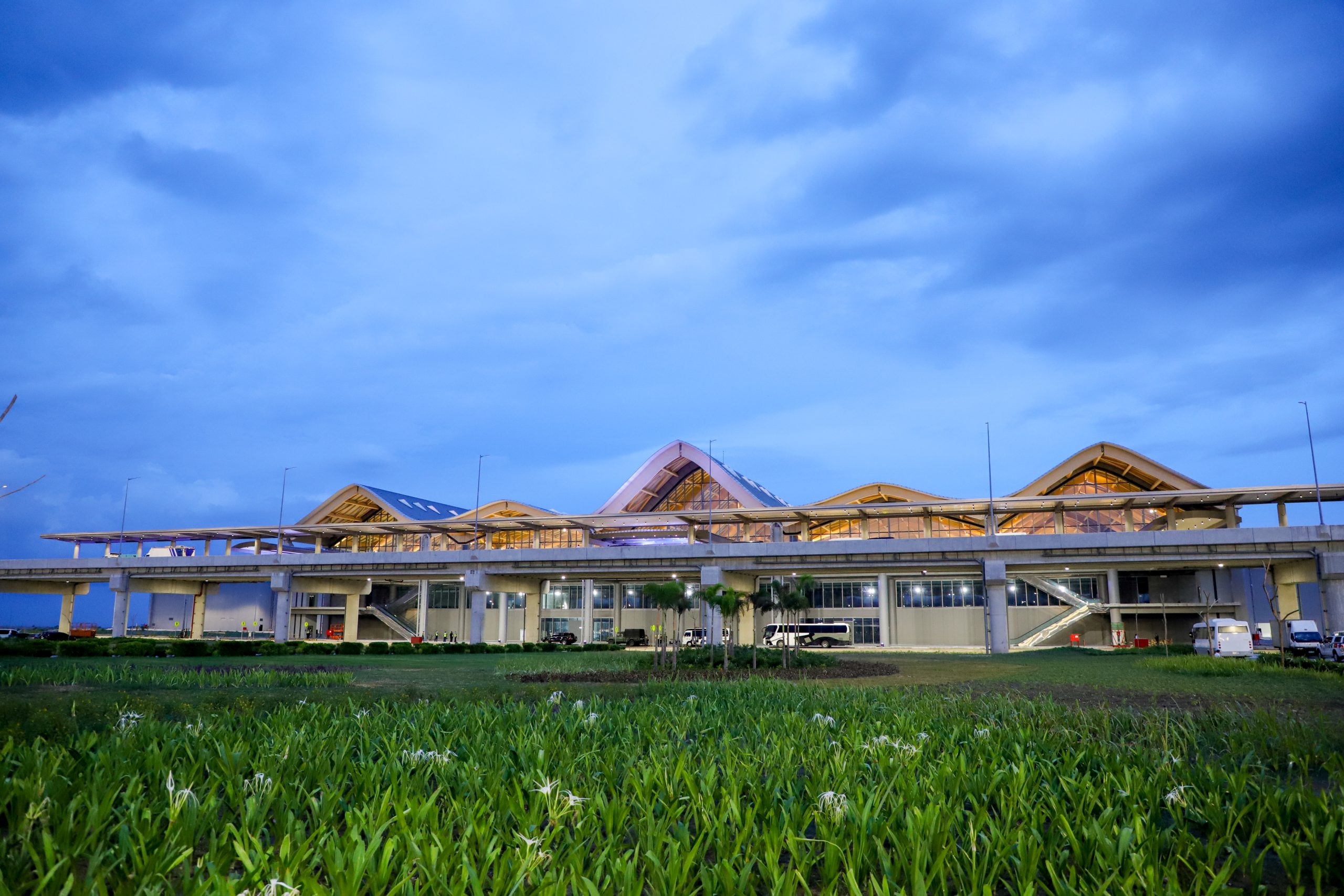
New Flights from Clark to boost tourism, decongest NAIA

Frasco lauds Ilocos Norte’s Tan-Ok festival as manifestation of the Philippine Experience’

Frasco: Panagbenga Festival touts Baguio’s tourism resurgence

DOT extends ‘free accreditation’ for tourism establishments
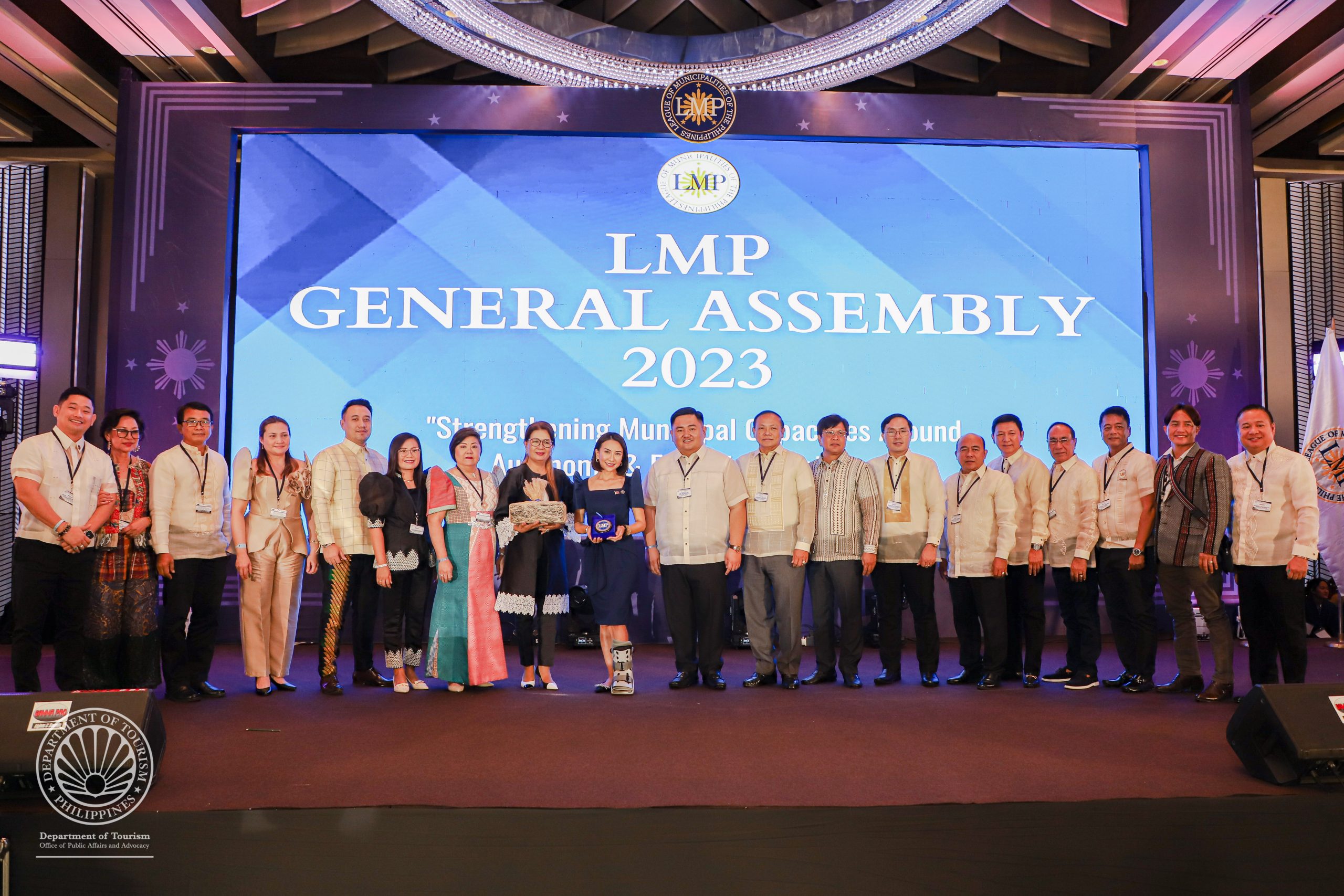
DOT Chief launches Tourism Champions Challenge’ to spur tourism development in LGUs

PHL secures back-to-back nominations at the 2023 World Travel Awards
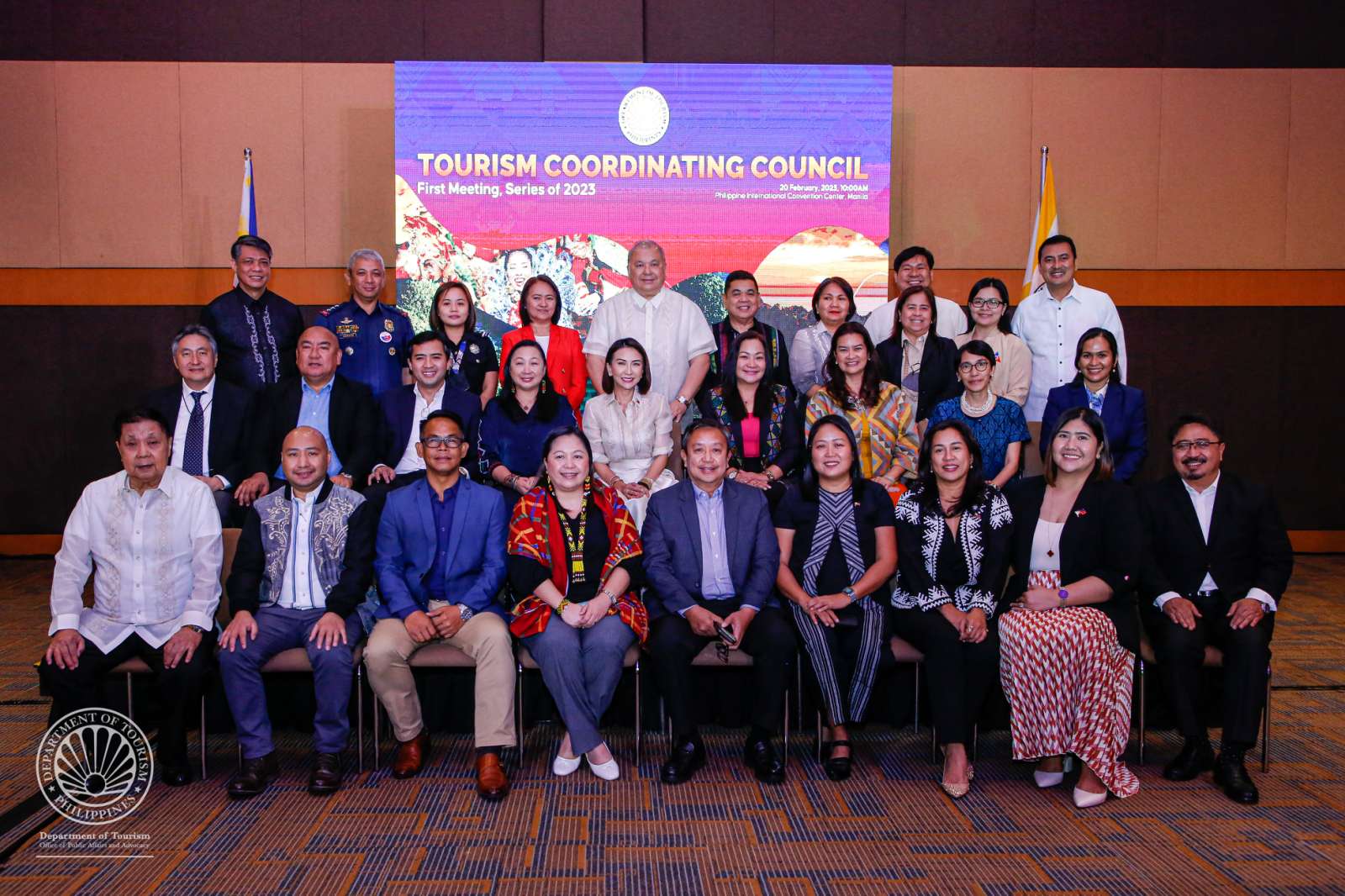
Frasco convenes first TCC meeting, forecasts full domestic recovery in 2023
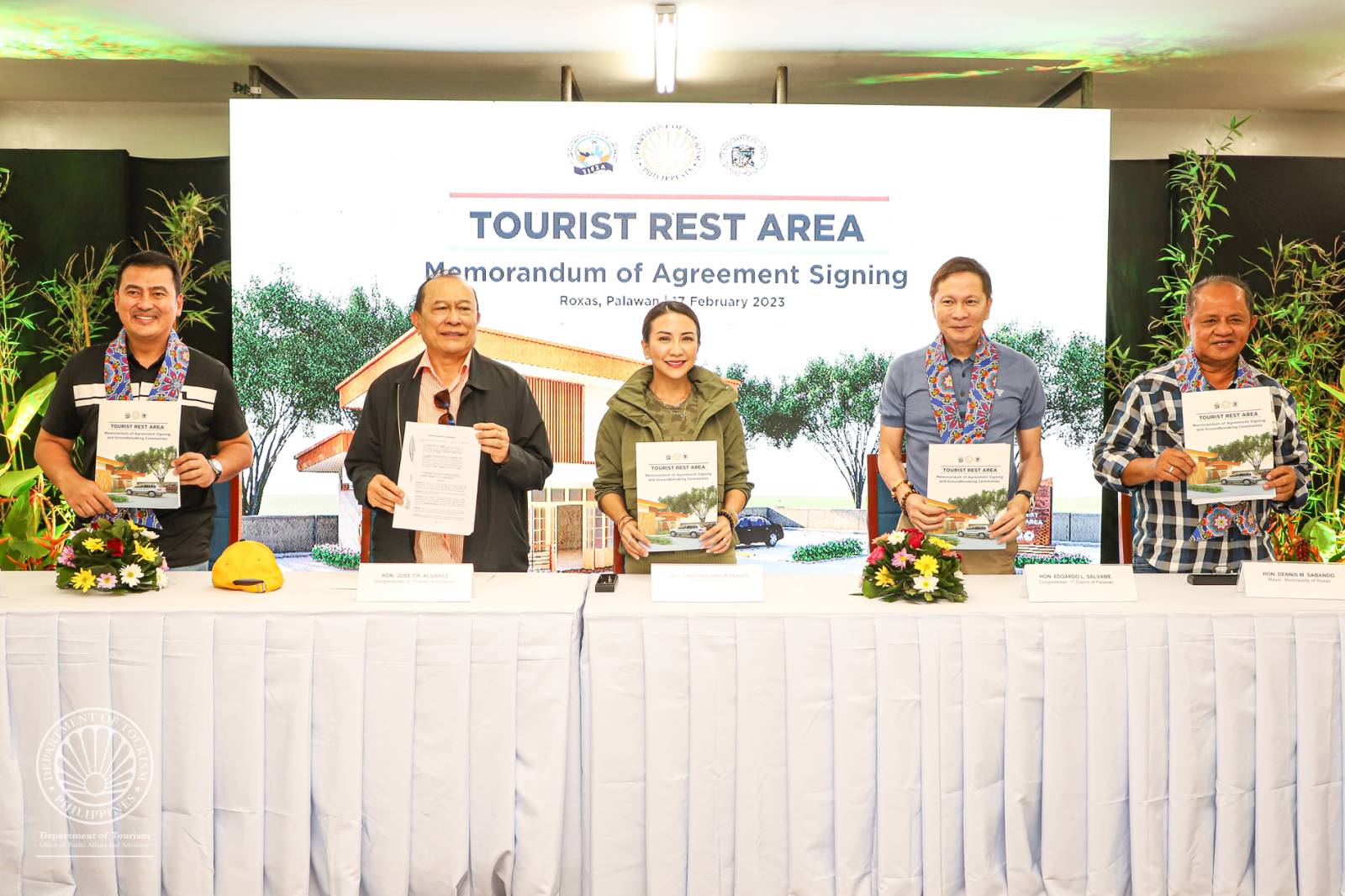
Frasco leads groundbreaking of new tourist pit stop to boost Palawan tourism

Frasco leads grand welcome reception for cruise passengers, says ‘PHL aims to be cruise hub in Asia’

Japanese stakeholders bullish of PHL tourism prospects

PBBM, Tourism chief engage Japanese tourism stakeholders in high-level meet in Tokyo
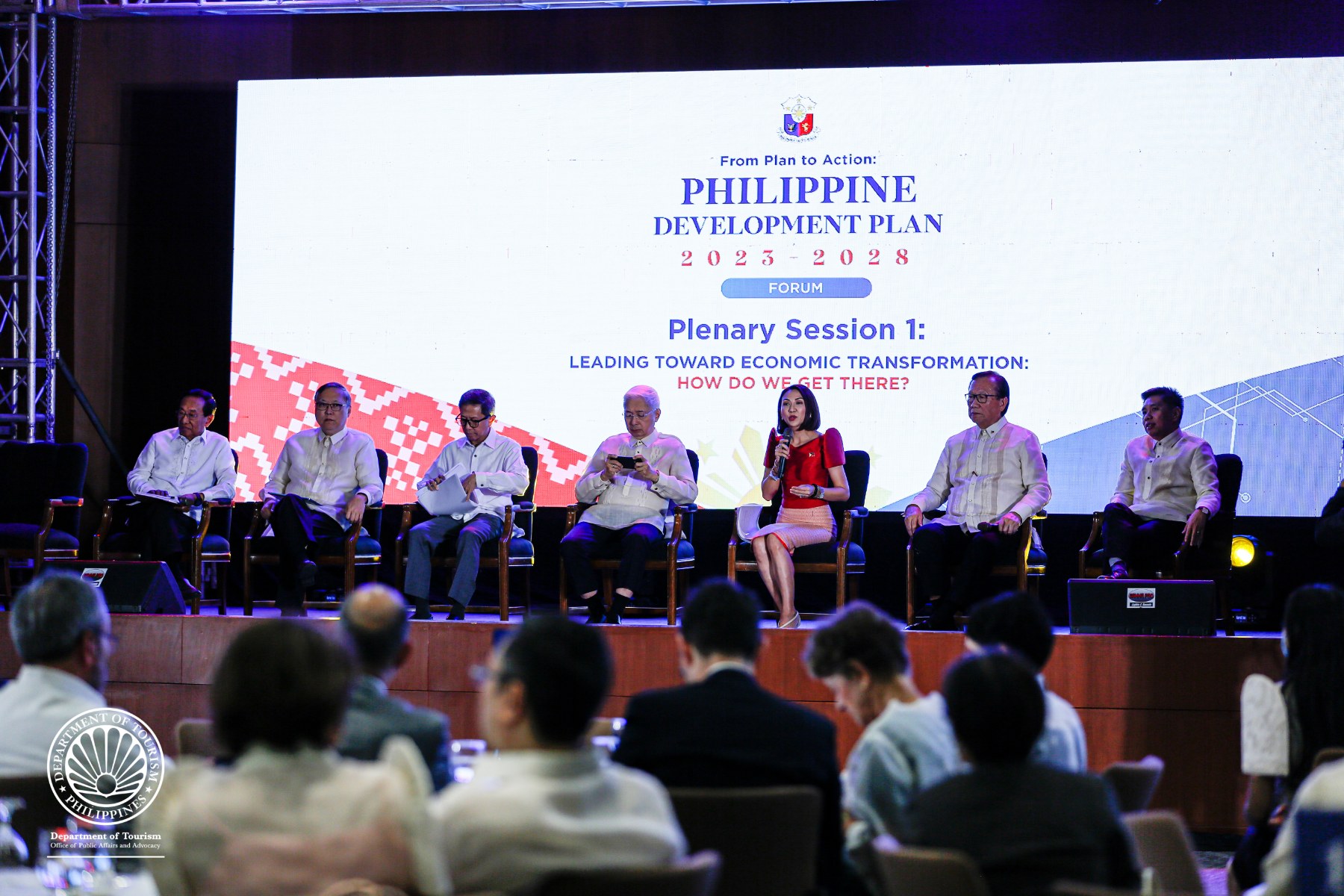
Tourism chief affirms DOT’s support to PH Dev’t Plan 2023-2028

Chinese tourists receive warm welcome from PHL; DOT foresees swifter tourism recovery with Chinese outbound group tour
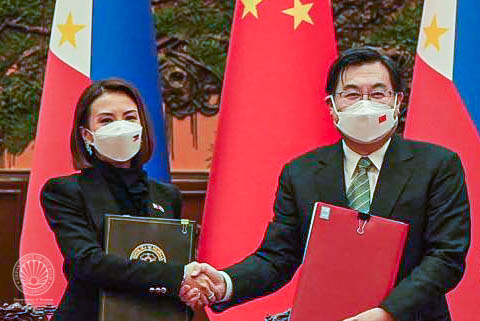
PHL, CHINA ink tourism implementation deal

PHL breaches 2.6M arrivals for 2022; DOT chief bullish of 2023 projections

DOT lands on Top 3 Highest Approval Rating among Government Agencies; bares targets for 2023

DOT, DICT ink deal for improvement of connectivity in tourist destinations, digitalization of services

DOT, DMW launch newest incentivized tourism promotions campaign
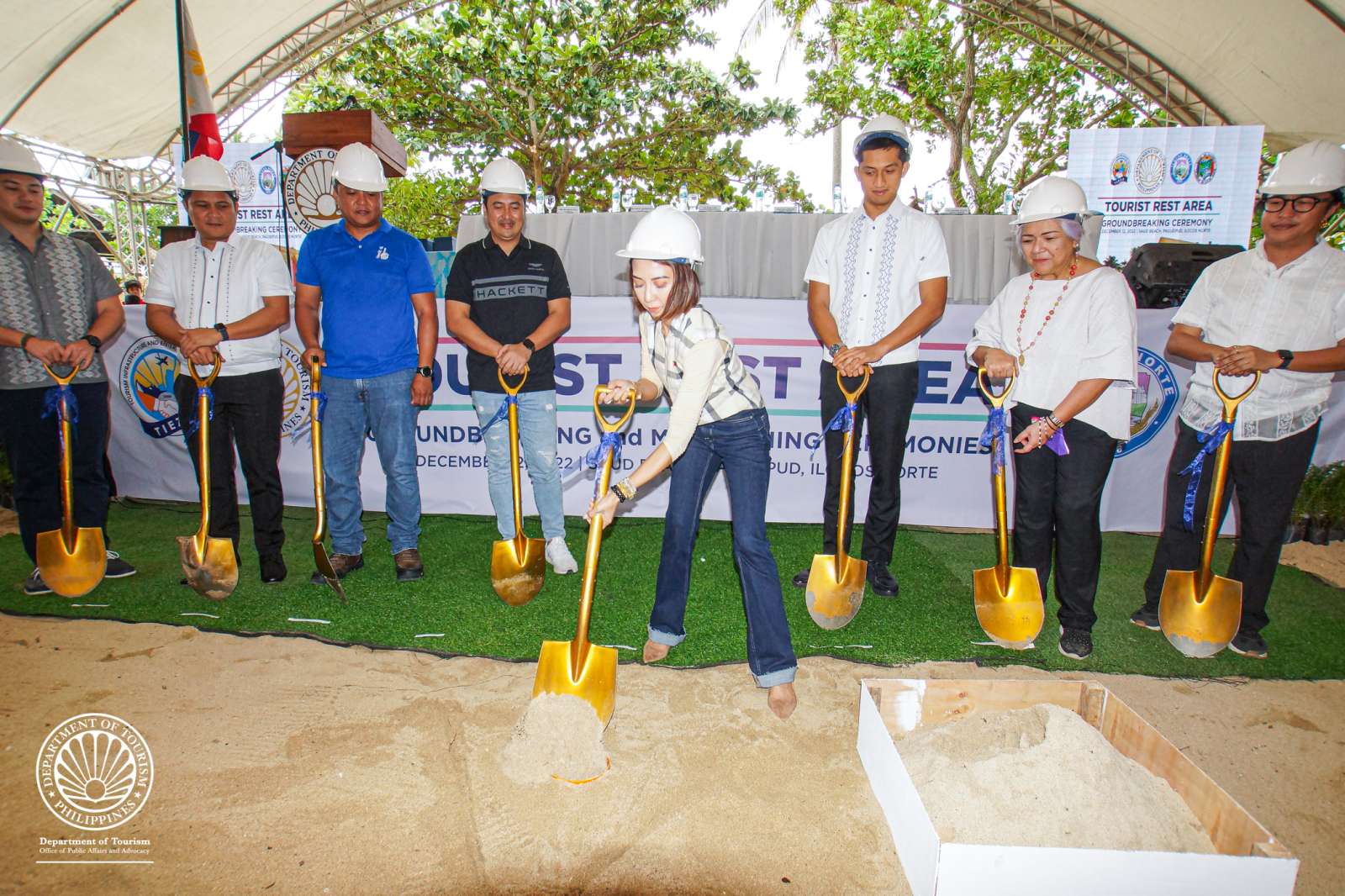
DOT, TIEZA launch 7th Tourist Rest Area in Pagudpud’s Saud Beach

Tourist Rest Area to rise in Bohol
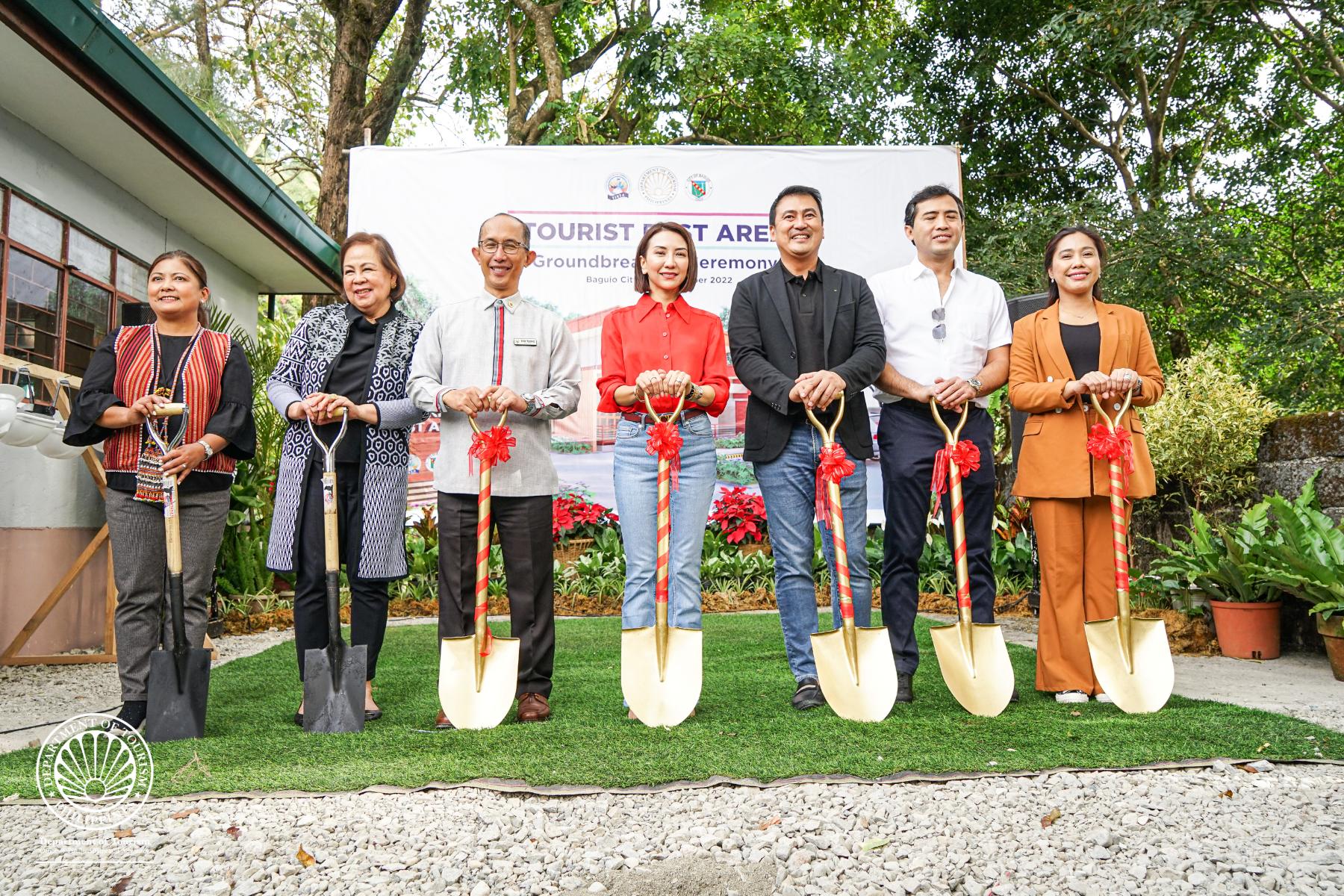
Luzon’s First DOT Tourist Rest Area to Rise In Baguio City

DOT strengthens PHL-Saudi Arabia tourism relations, engages industry key players
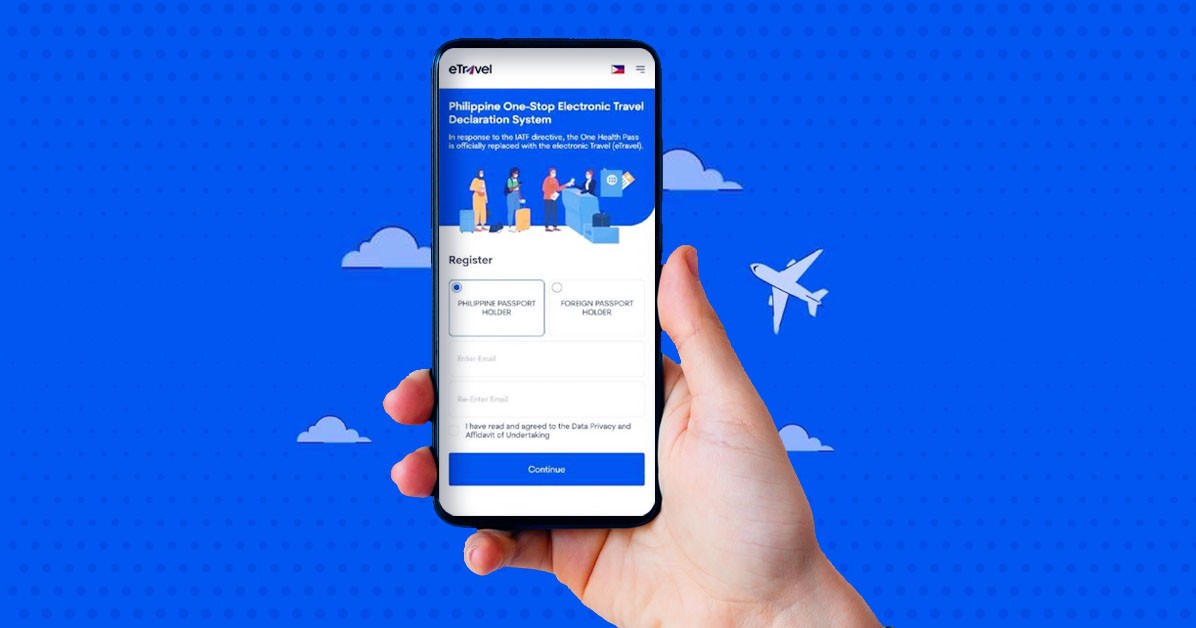
Statement of Tourism Secretary Christina Garcia Frasco on the Launch of the e-Travel System

Filipino hospitality, Philippine sustainable tourism highlighted at WTTC Global Summit Saudi Arabia

Frasco welcomes Uzakrota World’s Leading Country Award, PHL destinations’ citations

Frasco eyes more urban parks in the Philippines

DOT’s Frasco is among best-performing cabinet officials- RPMD Survey

Frasco hails first-ever North Luzon Travel Fair as critical to revitalizing tourism; reiterates the Philippines’ readiness for visitors

Department of Tourism

The Department of Tourism provides tourism statistics in PDF format. Available data includes industry performance for travel and tourism and visitor arrival to the Philippines by country of residence. Access the DOT’s data below.
Share This Article :
Powered by BetterDocs

Tourism in the Philippines
Development of the tourism sector in the philippines from 1995 to 2021.

Revenues from tourism

All data for the Philippines in detail

DOT records 4.08-M tourist arrivals since January 2024

Around 4.08 million foreign tourists arrived in the country since Jan. 1 this year, the Department of Tourism (DOT) disclosed on Wednesday, Sept. 11.
DOT Secretary Christina Garcia-Frasco said the registered tourist arrivals is already half-way of the target 7.7 million for 2024.
"Despite a remaining shortfall of 3.61 million visitors to meet the annual target, the tourism sector shows strong signs of recovery," said Frasco during a forum moderated by former senator Joey Lina at the Manila Hotel on Wednesday.
Tourism revenues from January to August 2024 have reached P362 billion, reflecting an 11.17 percent increase over pre-pandemic levels.
“This financial rebound underscores the ongoing global interest in the archipelago and indicates a full recovery to pre-COVID levels,” Frasco said.
Frasco attributed the DOT's success to innovative strategies that go beyond traditional marketing.
“We are introducing new and immersive experiences that allow visitors to truly connect with the essence of the Philippines,” she noted, highlighting the department's commitment to experiential tourism and its diverse offerings.
Travel mart
In an effort to promote domestic tourism, Frasco encouraged residents to explore local destinations and take advantage of travel expos like the Philippine Travel Mart (PTM) for exclusive discounts on tour packages.
“The PTM has become a crucial platform for showcasing our extensive tourism offerings to international markets and solidifying our status as a top travel destination,” she added.
The PTM, which concluded on Sept. 8, featured approximately 300 exhibitors, including airlines, hotels, resorts, travel agencies, tour operators, and DOT regional offices.
Data from the Philippine Tour Operators Association (PHILTOA) indicates that last year’s PTM facilitated bookings to both popular and emerging destinations within the Philippines, such as the Spratly Islands and the Bangsamoro Autonomous Region in Muslim Mindanao.
“This year, participants will also present travel packages to international destinations across Asia, the US, Europe, and Australia,” Frasco said.
The 2023 PTM attracted around 60,000 visitors and generated P240 million in sales.
- Travel, Tourism & Hospitality ›
Leisure Travel
Industry-specific and extensively researched technical data (partially from exclusive partnerships). A paid subscription is required for full access.
- Tourist arrivals Philippines 2023, by country of residence
South Korea was the biggest market for international tourists arriving in the Philippines in 2023, with about 1.44 million travelers. Tourists from the United States came in second, reaching roughly 900,000.
Post-pandemic tourism recovery
The number of tourist arrivals significantly shows signs of recovery in 2023, at 5.5 million, after the disruptions caused by the onset of the COVID-19 pandemic in 2020. During the pandemic, foreign tourist arrivals dropped to merely 1.5 million people from more than eight million in the previous year. Surprisingly, this figure was even lower in 2021, which was just 0.16 million tourists. The tourism department expects to receive 7.7 million international visitors by 2024.
The state of domestic travel
While foreign tourist arrivals struggled during the pandemic, domestic tourism in the Philippines experienced fewer setbacks. In 2022 alone, about 40 million overnight travelers were recorded, the majority of whom were domestic travelers. Cebu Pacific carried the highest number of domestic passengers in 2023, with PAL Express carrying just about half of the former's passenger volume.
Leading source countries of foreign tourist arrivals in the Philippines in 2023 (in 1,000s)
To access all Premium Statistics, you need a paid Statista Account
- Immediate access to all statistics
- Incl. source references
- Download as PDF, XLS, PNG and PPT
Additional Information
Show sources information Show publisher information Use Ask Statista Research Service
January 2024
Philippines
January to December 2023
Figures have been rounded.
Other statistics on the topic Tourism industry in the Philippines
Travel, Tourism & Hospitality
- Number of international tourist arrivals worldwide 1950-2023
- Number of international tourist arrivals worldwide 2005-2023, by region
- International tourist arrivals Philippines 2012-2023
- Tourism sector employment figures Philippines 2012-2023

To download this statistic in XLS format you need a Statista Account
To download this statistic in PNG format you need a Statista Account
To download this statistic in PDF format you need a Statista Account
To download this statistic in PPT format you need a Statista Account
As a Premium user you get access to the detailed source references and background information about this statistic.
As a Premium user you get access to background information and details about the release of this statistic.
As soon as this statistic is updated, you will immediately be notified via e-mail.
… to incorporate the statistic into your presentation at any time.
You need at least a Starter Account to use this feature.
- Immediate access to statistics, forecasts & reports
- Usage and publication rights
- Download in various formats
* For commercial use only
Basic Account
- Free Statistics
Starter Account
- Premium Statistics
The statistic on this page is a Premium Statistic and is included in this account.
Professional Account
- Free + Premium Statistics
- Market Insights
1 All prices do not include sales tax. The account requires an annual contract and will renew after one year to the regular list price.
Statistics on " Tourism industry in the Philippines "
- Total travel and tourism GDP contribution APAC 2022-2033, by country
- Value of international tourism spending APAC 2022, by country
- Travel and tourism's direct contribution to employment APAC 2022, by country
- Gross value added of the tourism industry Philippines 2023, by type
- Share of tourism direct gross value added to GDP Philippines 2012-2023
- Tourism industry growth rate Philippines 2018/19-2022/23, by sector
- Tourism receipts Philippines 2019-2023
- Tourism receipts of the Philippines 2023, by country
- Inbound traveler share Philippines 2023, by purpose of visit
- Average length of stay of international tourists Philippines 2008-2023
- Inbound tourism expenditures Philippines 2012-2023
- Expenditure value in inbound tourism Philippines 2023, by type
- Outbound travelers volume Philippines 2023, by nationality
- Outbound travelers destination Philippines 2023
- Age distribution of outbound travelers Philippines 2021-2022
- Share of outbound travelers Philippines 2022, by purpose of visit
- Leading countries visited by outbound travelers Philippines 2022
- Outbound tourism expenditures Philippines 2023, by segment
- Number of domestic travelers Philippines 2021-2022
- Gender distribution of domestic travelers Philippines 2021-2022
- Age distribution of domestic travelers Philippines 2021-2022
- Leading domestic destinations for leisure travel Philippines 2022
- Domestic travelers share Philippines 2022, by length of stay
- Domestic tourism expenditures Philippines 2012-2023
- Domestic tourism expenditures Philippines 2023, by product
- Revenue of the hotels industry in the Philippines 2020-2029
- Revenue of the vacation rentals industry in the Philippines 2020-2029
- Average hotel room rates Metro Manila Philippines 2021-2023, by star classification
- Highest overnight room rates of hotels in Metro Manila, Philippines 2023, by city
Other statistics that may interest you Tourism industry in the Philippines
- Premium Statistic Number of international tourist arrivals worldwide 1950-2023
- Basic Statistic Number of international tourist arrivals worldwide 2005-2023, by region
- Basic Statistic Total travel and tourism GDP contribution APAC 2022-2033, by country
- Basic Statistic Value of international tourism spending APAC 2022, by country
- Basic Statistic Travel and tourism's direct contribution to employment APAC 2022, by country
Economic impact
- Premium Statistic Gross value added of the tourism industry Philippines 2023, by type
- Premium Statistic Share of tourism direct gross value added to GDP Philippines 2012-2023
- Premium Statistic Tourism industry growth rate Philippines 2018/19-2022/23, by sector
- Premium Statistic Tourism receipts Philippines 2019-2023
- Premium Statistic Tourism receipts of the Philippines 2023, by country
- Premium Statistic Tourism sector employment figures Philippines 2012-2023
Inbound tourism
- Basic Statistic International tourist arrivals Philippines 2012-2023
- Premium Statistic Tourist arrivals Philippines 2023, by country of residence
- Premium Statistic Inbound traveler share Philippines 2023, by purpose of visit
- Premium Statistic Average length of stay of international tourists Philippines 2008-2023
- Premium Statistic Inbound tourism expenditures Philippines 2012-2023
- Premium Statistic Expenditure value in inbound tourism Philippines 2023, by type
Outbound tourism
- Premium Statistic Outbound travelers volume Philippines 2023, by nationality
- Premium Statistic Outbound travelers destination Philippines 2023
- Premium Statistic Age distribution of outbound travelers Philippines 2021-2022
- Premium Statistic Share of outbound travelers Philippines 2022, by purpose of visit
- Premium Statistic Leading countries visited by outbound travelers Philippines 2022
- Premium Statistic Outbound tourism expenditures Philippines 2023, by segment
Domestic tourism
- Premium Statistic Number of domestic travelers Philippines 2021-2022
- Premium Statistic Gender distribution of domestic travelers Philippines 2021-2022
- Premium Statistic Age distribution of domestic travelers Philippines 2021-2022
- Premium Statistic Leading domestic destinations for leisure travel Philippines 2022
- Premium Statistic Domestic travelers share Philippines 2022, by length of stay
- Premium Statistic Domestic tourism expenditures Philippines 2012-2023
- Premium Statistic Domestic tourism expenditures Philippines 2023, by product
Accommodation
- Premium Statistic Revenue of the hotels industry in the Philippines 2020-2029
- Premium Statistic Revenue of the vacation rentals industry in the Philippines 2020-2029
- Premium Statistic Average hotel room rates Metro Manila Philippines 2021-2023, by star classification
- Premium Statistic Highest overnight room rates of hotels in Metro Manila, Philippines 2023, by city
Further related statistics
- Premium Statistic Share of foreign tourist arrivals Philippines 2023, by country of residence
- Premium Statistic Uruguay: tourist arrivals 2017, by purpose
- Premium Statistic Leading European inbound travel markets in Italy 2019-2023, by number of tourists
- Premium Statistic Uruguay: tourist arrivals 2017, by nationality
- Premium Statistic International tourist arrivals in China 2010-2023
- Premium Statistic Projected international tourist arrivals in Latin America for 2020 and 2030
- Premium Statistic Arrival of international tourists in the GCC 2010-2015
- Premium Statistic Uruguay: tourist arrivals 2017, by destination city
- Premium Statistic Italy: international tourists´ arrivals growth 2016-2018, by country of origin
- Premium Statistic Arrivals of international tourists in the UAE 2012-2022
- Premium Statistic Italy: leading international tourists’ arrivals 2015, by country
- Premium Statistic Arrivals of foreign visitors staying overnight in China 2020, by country
- Premium Statistic Italy: international tourists´ arrivals 2014, by region
- Premium Statistic Inbound arrivals by road Singapore 2012-2021
- Premium Statistic Change in the number of foreign tourist arrivals in India 2000-2022
- Premium Statistic Number of international hotel guests Thailand 2011-2020
- Premium Statistic International tourists in the main rural areas Spain 2016
- Premium Statistic Most popular tourist spots in Shikoku, Japan FY 2022, by number of visitors
Further Content: You might find this interesting as well
- Share of foreign tourist arrivals Philippines 2023, by country of residence
- Uruguay: tourist arrivals 2017, by purpose
- Leading European inbound travel markets in Italy 2019-2023, by number of tourists
- Uruguay: tourist arrivals 2017, by nationality
- International tourist arrivals in China 2010-2023
- Projected international tourist arrivals in Latin America for 2020 and 2030
- Arrival of international tourists in the GCC 2010-2015
- Uruguay: tourist arrivals 2017, by destination city
- Italy: international tourists´ arrivals growth 2016-2018, by country of origin
- Arrivals of international tourists in the UAE 2012-2022
- Italy: leading international tourists’ arrivals 2015, by country
- Arrivals of foreign visitors staying overnight in China 2020, by country
- Italy: international tourists´ arrivals 2014, by region
- Inbound arrivals by road Singapore 2012-2021
- Change in the number of foreign tourist arrivals in India 2000-2022
- Number of international hotel guests Thailand 2011-2020
- International tourists in the main rural areas Spain 2016
- Most popular tourist spots in Shikoku, Japan FY 2022, by number of visitors
This website stores cookies on your computer. These cookies are used to collect information about how you interact with our website and allow us to remember you. We use this information in order to improve and customize your browsing experience and for analytics and metrics about our visitors both on this website and other media. To find out more about the cookies we use, see our Cookies Policy .
If you decline, your information won’t be tracked when you visit this website. A single cookie will be used in your browser to remember your preference not to be tracked.
Philippines Tourism Statistics
Philippines ph: international tourism: expenditures, view philippines's philippines ph: international tourism: expenditures from 1995 to 2016 in the chart:.
Philippines PH: International Tourism: Expenditures: % of Total Imports
View philippines's philippines ph: international tourism: expenditures: % of total imports from 1995 to 2016 in the chart:.
Philippines PH: International Tourism: Expenditures: for Passenger Transport Items
View philippines's philippines ph: international tourism: expenditures: for passenger transport items from 1995 to 2016 in the chart:.
Philippines PH: International Tourism: Expenditures: for Travel Items
View philippines's philippines ph: international tourism: expenditures: for travel items from 1995 to 2016 in the chart:.
Philippines PH: International Tourism: Number of Arrivals
View philippines's philippines ph: international tourism: number of arrivals from 1995 to 2016 in the chart:.
Philippines PH: International Tourism: Number of Departures
View philippines's philippines ph: international tourism: number of departures from 1995 to 2009 in the chart:.
Philippines PH: International Tourism: Receipts
View philippines's philippines ph: international tourism: receipts from 1995 to 2016 in the chart:.
Philippines PH: International Tourism: Receipts: % of Total Exports
View philippines's philippines ph: international tourism: receipts: % of total exports from 1995 to 2016 in the chart:.
Philippines PH: International Tourism: Receipts: for Passenger Transport Items
View philippines's philippines ph: international tourism: receipts: for passenger transport items from 1995 to 2016 in the chart:.
Philippines PH: International Tourism: Receipts: for Travel Items
View philippines's philippines ph: international tourism: receipts: for travel items from 1995 to 2016 in the chart:.
Explore our Data

Seizing the Philippines’ tourism potential
T he Philippines is among the top tourist destinations in the world, making tourism a major contributor to its economy. In 2023 , the tourism sector posted an 8.6% contribution to the Philippine Gross Domestic Product. The number not only show tourism’s impact, but it also affirms the potential of the Philippines as a prime hub for meetings, incentive travel, conferences and exhibitions (MICE) tourism industry.
Expanding horizons with MICE
The MICE industry is geared towards planning, organizing, and implementing business events.
Leveraging its status as an outstanding travel hotspot, the Philippines has been actively positioning itself as a premier destination for MICE. Aside from its popular tourism offerings, the country is also home to numerous convention centers located in strategic areas across the nation. May it be for small groups or large-scale receptions, organizers and venue seekers have many options ready for the task.
Some MICE destinations that the Philippines has to offer include Manila, Cebu, Davao, Iloilo, Bacolod, Clark, and the Subic Bay Freeport. These hotspots offer exceptional tourism products and services, as well as vast opportunities for business. Not only that, they also have consistently growing local economies that attract investors.
Other localities are also working hard to seize opportunities in the MICE industry. For instance, Iloilo has been gaining ground by building roads, a modern airport, and multiple commerce spaces in the last two decades. In 2015, it established the Iloilo Convention Center, fostering the growth of the MICE industry in the city.
Central Luzon is not one to get left behind. In fact, the recently concluded Philippine MICE Conference 2024 (MICECON 2024) was held at the SMX Convention Center Clark in Pampanga from July 10 to 12. Following the theme “MICE XD: Xperience Diversified”, the event underscored the significance of technology, inclusion, and diversity in shaping the industry’s future. Subject experts led discussions and covered topics including artificial intelligence, crisis recovery and reputation management, inclusive event planning, digital marketing and the appeal of in-person experiences, as well as training and upskilling of the tourism workforce.
Spotlight on Clark
This is the second time that Clark hosted the prestigious convention. In her opening message , Tourism Secretary Christina Garcia Frasco said: "Clark’s selection as the host of MICECON 2024 is a recognition of its readiness and potential as a premier MICE destination. The Clark Freeport Zone’s accessibility, state-of-the-art conference venues, and comprehensive support services are very well prepared to welcome all the participants of MICECON 2024.”
It first hosted the event in 2014, an experience which planted the possibilities for its economic future with tourism and MICE. Poised as the ultimate tourism destination in Central Luzon, the 4,400-hectare Clark Freeport Zone was developed with business and tourism as its primary goals.
Location played an important role in its positioning as a prime MICE hub. Strategically situated only 80 kilometers north of Metro Manila, Clark is accessible via the North Luzon Expressway. It also serves as a gateway to Northern and Central Luzon via the Clark International Airport, which currently flies to ten international and six domestic destinations. Being only two to four hours away via air travel to other major Asian destinations, this aerotropolis is also a natural entry point to the Asia Pacific Region.
Infrastructure-wise, Clark is home to an assortment of facilities that are up-to-spec for high-end and IT-enabled industries, aviation, logistics enterprises, and tourism—including MICE. It currently has 80 convention or meeting facilities, 3,608 rooms and villas, and 146 dining establishments. To improve Clark’s portfolio, expansion of existing facilities and construction of new ones are either being planned or already in progress. A train system connecting Clark to its adjacent regions is also underway.
Clark today is the result of years of careful planning and painstaking work by everyone who collaborated for its development—the locals, the government, and the public and private sectors. A showcase of success, Clark leads the way for other localities that also hold the potential to succeed with MICE.
Go for MICE
For our local economies, the MICE industry brings employment opportunities, profit, and business growth. But more importantly in the grander scheme of things, it helps put the Philippines in the global spotlight, opening more opportunities for international trade, as well as knowledge and technology exchanges.
According to Grand View Research, a market research and consulting company based in India and the US, the Asia-Pacific MICE market in 2023 was valued at $183.47 billion, and projections expect it to grow 10% by 2030. This shows that there is much to gain from developing the Philippines’ capability to host the MICE sector.
Acknowledging its valuable contributions, Tourism Secretary Frasco emphasized: "By positioning the Philippines as a premier MICE destination, we foster economic growth and provide invaluable opportunities for our people.”
With sufficient support and collaboration between stakeholders, the future is bright for the Philippines as a premier MICE destination.
* * *
M.I.C.E.CON is organized by the Tourism Promotions Board, an attached agency of the Department of Tourism, that is tasked to promote the Philippines as a world-class tourism and MICE destination. The event gathers MICE professionals for an opportunity to learn new global trends in business meetings, to network with other MICE experts, and to explore the host location’s facilities.
This article Seizing the Philippines’ tourism potential was originally published in GMA News Online .


International tourism, number of departures - Philippines

Selected Countries and Economies
All countries and economies.
- Privacy Notice
- Access to Information
This site uses cookies to optimize functionality and give you the best possible experience. If you continue to navigate this website beyond this page, cookies will be placed on your browser. To learn more about cookies, click here.
- Top Stories
- #ANONGBALITA
- Economy & Trade
- Banking & Finance
- Agri & Mining
- IT & Telecom
- Fightsports
- Sports Plus
- One Championship
- TV & Movies
- Celebrity Profiles
- Music & Concerts
- Digital Media
- Culture & Media
- Health and Home
- Hospitality
- Accessories
- Motoring Plus
Real Estate
- Environment and Sustainability

The Philippine Travel Exchange (PHITEX) 2024, led by the Tourism Promotions Board (TPB), concluded its Travel Exchange (TRAVEX) sessions with P396.2 million in sales leads, up 14.4 percent from P346.32 million last year.
The event, themed “The Power of Collaboration in Tourism,” brought together 115 Philippine sellers and 86 foreign buyers.
TPB chief operating officer Maria Margarita Montemayor Nograles emphasized the importance of collective effort in revitalizing the tourism sector.
“Through the PHITEX Educational Program [PEP] Talk, we explored groundbreaking topics like the circular tourism economy, the power of AI to enhance customer experiences, and our commitment to being an LGBTQIA-friendly destination. TRAVEX also thrives on collaboration, bringing buyers and sellers together for mutual growth. Our mission is clear: advancing tourism through strong partnerships,” she said.
PHITEX also received international recognition as the Public Sector Initiative of the Year for the second consecutive year at the GovMedia Conference and Awards in Singapore.
Nograles said the event focused on pioneering sustainable tourism and highlighted the PHITEX Educational Program’s exploration of topics like the circular tourism economy and AI’s role in enhancing customer experiences.
- PHITEX 2024
- Tourism Promotions Board
LATEST NEWS
Quiboloy, followers plead not guilty to trafficking charges, house quad comm cites harry roque in contempt, quiboloy, 4 others to remain at pnp custodial center, wesley guo says he wants to surrender—lawyer, popular articles, pnp joins manhunt vs. harry roque, quad comm asks nbi to probe 2016 davao killings, major naia revamp starts as smc-led consortium takes over operations, topacio says teves’ extradition nullified; remulla rejects claim as ‘fake news’.
- Economy & Trade
- Banking & Finance
- Agri & Mining
- IT & Telecom
On the Road
- Monitoring Plus
- Travel Features
- Travel Reels
- Travel Logs
- Entertainment
- TV & Movies
- Music & Concerts
- Culture & Media
- Environment & Sustainability
- Users Agreement
© All Rights Reserved, Newspaper Theme.
- Special Pages
Thank you for visiting nature.com. You are using a browser version with limited support for CSS. To obtain the best experience, we recommend you use a more up to date browser (or turn off compatibility mode in Internet Explorer). In the meantime, to ensure continued support, we are displaying the site without styles and JavaScript.
- View all journals
- My Account Login
- Explore content
- About the journal
- Publish with us
- Sign up for alerts
- Review Article
- Open access
- Published: 10 September 2024
When urban poverty becomes a tourist attraction: a systematic review of slum tourism research
- Tianhan Gui ORCID: orcid.org/0000-0001-6069-3046 1 &
- Wei Zhong 1
Humanities and Social Sciences Communications volume 11 , Article number: 1178 ( 2024 ) Cite this article
113 Accesses
Metrics details
- Business and management
Over the last two decades, the phenomenon of “slum tourism” and its academic exploration have seen considerable growth. This study presents a systematic literature review of 122 peer-reviewed journal articles, employing a combined approach of bibliometric and content analysis. Our review highlights prominent authors and journals in this domain, revealing that the most cited journals usually focus on tourism studies or geography/urban studies. This reflects a confluence of travel motivations and urban complexities within slum tourism. Through keyword co-occurrence analysis, we identified three primary research areas: the touristic transformation of urban informal settlements, the depiction and valorization of urban poverty, and the socio-economic impacts of slum tourism. This study not only maps the current landscape of research in this area but also identifies existing gaps. It suggests that the economic, social, and cultural effects of slum tourism are areas that require more in-depth investigation in future research endeavors.
Similar content being viewed by others
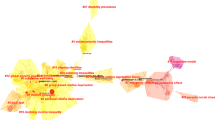
Knowledge mapping of relative deprivation theory and its applicability in tourism research
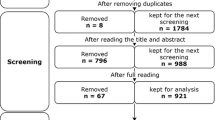
Bibliometric analysis of trends in COVID-19 and tourism
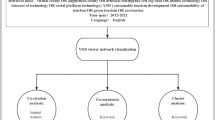
A ten-year review analysis of the impact of digitization on tourism development (2012–2022)
Introduction.
“Slums” are defined by UN-Habitat ( 2006 ) as underdeveloped urban areas lacking in a durable housing, adequate living space, safe water access, sanitation, and tenure security. Emerging from urban growth disparities, these informal settlements have proliferated since the latter half of the 20th century, especially in the Global South’s cities. Despite progress in urban planning and poverty reduction, UN-Habitat ( 2020 ) reports that over a billion people, with 80% in developing regions, still live in such conditions.
Slums undeniably “represent one of the most enduring faces of poverty, inequality, exclusion and deprivation” (UN-Habitat, 2020 , p. 25), necessitating policy intervention. However, the term “slum” is controversial among scholars as it often carries negative connotations, conflating poor housing conditions with the identities of residents (Gilbert, 2007 ). Beyond poverty and disease, it suggests crime and immorality, contributing to a narrative of fear and fascination (Davis, 2006 ; Mayne, 2017 ).
Recent decades have seen a surge in “slum tours” in the Global South, attracting tourists from the affluent North. Driven by complex motives that “consist of a mix of adventurous inquiry and humanitarian ambitions” (Dürr, 2012b , p. 707), tourists from the affluent North desire to glimpse “the other side of the world” (Steinbrink, 2012 , p. 232). This trend has turned guided tours in informal settlements into a booming business in cities like Mumbai, Rio de Janeiro, Cape Town, and Nairobi, drawing approximately one million tourists annually (Frenzel, 2016 ).
Modern slum tourism has deep historical roots, originating as “slumming” in Victorian England and early 20th-century America. Rapid urbanization in cities like London and New York created neglected areas, which, to middle and upper-class observers, represented a mysterious and chaotic “other world” (Steinbrink, 2012 ). This perception of danger and uncivilization paradoxically attracted bourgeois curiosity (Frenzel et al. 2015 ).
By the late 1970s, with the surge in international tourism, this localized “slumming” transformed into a global phenomenon. Affluent residents from the Global North began exploring underprivileged urban pockets in the Global South, making these areas tourism hotspots (Freire-Medeiros, 2009 ; Iqani, 2016 ). This trend marked the beginning of modern slum tourism, a practice that took a significant turn in the 1990s in South Africa. Initially focusing on anti-apartheid landmarks in townships like Soweto, Johannesburg (Steinbrink, 2012 ), these tours diversified to other cities, including Rio de Janeiro, Mumbai, and Manila (Frenzel et al. 2015 ). The once sporadic visits to informal settlements have now metamorphosed into well-orchestrated tours, often recommended by travel guidebooks. Today’s travelers can dine at local eateries, visit schools, interact with residents, or even step inside their homes (Frenzel, 2017 ; Frenzel and Blakeman, 2015 ). The industry has professionalized, with cities in the Global South attracting tourists mainly from the United Kingdom, United States, Germany, and Scandinavia (Frenzel, 2012 ; Frenzel and Blakeman, 2015 ; Steinbrink, 2012 ).
The burgeoning interest in slum tourism has sparked significant scholarly discourse, particularly in the new millennium. Research in this realm predominantly orbits around the ethical implications of such tourism, its role in mitigating poverty, and the duties of governing bodies in these scenarios. Slum tourism research encompasses various disciplines, including urban studies, tourism and hospitality, and human geography, with a significant proliferation of publications in recent years.
The surge in research has also led to several evaluative studies scrutinizing the breadth and depth of the subject. Frenzel’s ( 2013 ) thematic review, for instance, probed the nexus between slum tourism and poverty alleviation. Given that most slum tours proclaim poverty alleviation as their core intent, Frenzel’s inquiry into the intersection of this mission with tourism was insightful. He also championed the need for a rigorous exploration of the multifaceted valorization of poverty within tourism dynamics. A more expansive review by Frenzel et al. ( 2015 ) delved into various research focuses like the evolution of slum tourism, tourist experiences, operational aspects, economic implications, and so on. Their assessment underscored existing research voids, emphasizing the necessity for more nuanced, comparative studies. Tzanelli ( 2018 ) examined the socio-cultural and political drivers behind tourists’ inclinations towards informal settlements, critically analyzing the epistemological frameworks employed by scholars.
While these reviews have significantly sketched the contours of the discipline, many leaned heavily on conventional literature review techniques—predicated on selected, and at times, circumscribed resources (Petticrew and Roberts, 2008 ). Such manual methodologies, albeit insightful, are prone to biases “during the identification, selection, and synthesis of included studies” (Haddaway et al. 2015 , p. 1956). A systematic literature review, which adheres to rigorous protocols and curtails subjective inclinations, would be more enriching. Such a methodological shift not only offers a panoramic view of pivotal research arguments and deliberations but also illuminates evolving trends and perspectives. The surge in slum tourism literature recently underscores its dynamic nature, necessitating a renewed scrutiny of nascent discussions eluding preceding reviews.
Addressing this research exigency, our current endeavor undertakes a comprehensive examination of a gamut of articles illuminating diverse research angles on slum tourism. Employing both bibliometric and qualitative content analysis techniques, our study dissects 122 journal articles published over the past twenty years. We endeavor to spotlight seminal authors and journals, delineate prevailing themes in slum tourism studies, and carve out prospective trajectories for forthcoming research endeavors.
Methodology
Search process and sample selection.
A systematic review requires researchers to thoroughly examine all existing studies in a certain research area. This ensures a replicable, scientific, and transparent approach with minimal bias (Denyer and Tranfield, 2009 ). We adopt the “Preferred Reporting Items for Systematic Reviews and Meta-Analysis” (PRISMA) guideline (Moher et al. 2009 ) to identify eligible articles. The screening process is presented in Fig. 1 . We consulted an advanced keyword search on Google Scholar to retrieve literature on slum tourism. We chose Google Scholar because it provides broader access to a diverse range of scholarly articles, including those from various regions and disciplines that may not be indexed in databases like Web of Science or Scopus. Furthermore, since this study aims to review research articles on slum tourism, which is pertinent in the Global South, many journals or articles published or authored in the Global South are not indexed in Web of Science or Scopus but can be found on Google Scholar. This accessibility is vital for ensuring the inclusion of relevant studies that reflect the diverse contexts of slum tourism.
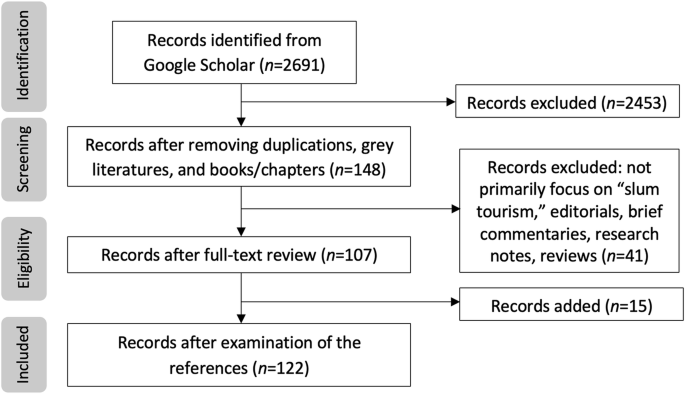
The systematic workflow and results.
For our subject search, we used the keywords “slum tourism.” We consciously omitted country-specific terms like barrios, township, and favela to prevent a regional bias (Baffoe and Kintrea, 2023 ). Google Scholar Advanced Search provides the choice to locate keywords either “in the title of the article” or “anywhere in the article.” We chose the latter, ensuring the inclusion of articles that might employ regional terms synonymous with “slum” in their titles. This approach also considered the potential cross-referencing of slum tourism literature in these articles. Conducted in August 2023 without time constraints, our search yielded 2690 materials.
To uphold the literature’s quality, only peer-reviewed scientific articles were chosen, excluding “grey literatures” such as reports, theses, conference proceedings, and other similar outputs. Books and book chapters were not incorporated into our review because our focus extended to trends in slum tourism research. The accelerated pace of academic publishing in journals, as compared to the longer timelines associated with books, means they often house the most current findings and trends. Utilizing a bibliometric analysis approach, we found the standardized structure of journal articles particularly beneficial, allowing for a more straightforward process in extracting, comparing, and synthesizing data. Books and their chapters, given their varied formats, might not always provide this level of consistency. Recognizing that a systematic review cannot encompass all languages, we confined our study to English-written articles.
After the initial screening, 148 articles closely related to slum tourism were identified. Our perspective on slum tourism aligns with Frenzel’s ( 2018 , p. 51) definition, describing it as “tourism where poverty and associated signifiers become central themes and (part of the) attraction of the visited destination.” Upon a thorough review of the full texts, it became apparent that some articles, while mentioning “slum tourism,” did not primarily focus on it. For instance, the work of Jones and Sanyal ( 2015 ) discusses the portrayal of Dharavi—India and Asia’s largest informal settlement—in slum tours, arts, and documentaries. Although their article addresses how Dharavi is represented in slum tours, its primary focus is on the depiction of informal settlements and urban poverty across various media, not slum tourism per se. Consequently, this article was excluded from our dataset. We also eliminated editorials, short commentaries, research notes, and prior literature reviews. This filtering narrowed our selection to 107 peer-reviewed articles. An exhaustive examination of their references added another 15 articles, giving a total of 122 articles. Figure 1 visualizes the selection process.
Data analysis
This study utilized both bibliometric and qualitative content analyses. Bibliometric analysis is crucial for identifying both established and emerging research themes as well as influential authors, key studies, and prominent journals (Hajek et al. 2022 ). We employed VOSviewer, a leading bibliometric analysis software, to undertake co-citation and keyword co-occurrence analyses, examining slum tourism research. Co-citation analysis pinpoints influential authors, studies, and journals, leveraging citations as pivotal indicators of scientific impact (De Bellis, 2009 ). Meanwhile, keyword co-occurrence analysis highlights prominent keywords and their relationships, signposting research field hotspots (Wang and Yang, 2019 ).
Augmenting the bibliometric approach, our qualitative content analysis delved deeper into the primary themes of slum tourism research. The keyword co-occurrence analysis supplied a broad view of research themes and trending topics. Emerging nodes and clusters helped pinpoint dominant research themes. By meticulously analyzing each article’s content, we executed a critical review of every theme. We also broached prospective research trajectories in the article’s conclusion.
Overview of slum tourism research
Figure 2 illustrates the evolving research landscape of slum tourism. The journey began in 2004 with two seminal papers by Kaplan ( 2004 ) and Rogerson ( 2004 ). Both delved into Johannesburg’s township tourism, emphasizing tourism’s potential in poverty mitigation and the region’s economic upliftment. Post-2004, the domain attracted escalating scholarly interest, evidenced by a notable publication upswing from 2012 onward.
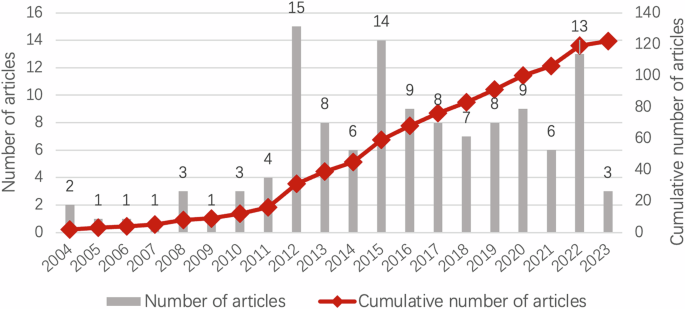
Publishing trends of slum tourism research.
Two pivotal discursive events in Bristol (2010) and Potsdam (2014) further catalyzed the field’s evolution. Gathering global experts on slum tourism, these events spurred foundational texts that have since informed the discipline. The post-Bristol momentum produced a special Tourism Geographies issue in 2012, curated by Frenzel and Koens. Successive publications, like the “Slum Tourism” special issue of Die Erde 144 (2) in 2013, and the themed “Slum Tourism” issue of Tourism Review International in 2015, further cemented the field’s prominence. Undoubtedly, these seminal conferences and publications have been instrumental in surging scholarly endeavors in slum tourism research.
We conducted a co-citation analysis to pinpoint the leading authors and journals in the realm of slum tourism research. A co-citation refers to the simultaneous citation of two documents (Small, 1973 ). Such analysis aids scholars in organizing scientific literature and grasping the evolution of specific research domains (Surwase et al. 2011 ).
Figure 3 illustrates the outcomes of our author co-citation analysis. We established a threshold of 40 citations to identify the most influential authors within our dataset of 4229 authors. Only 11 authors met this threshold, allowing for a focused examination of the core contributors in the field. Their significant scholarly impact is reflected by their extensive citations, with node size in the visualization representing co-citation strength. Rogerson, Frenzel, and Steinbrink emerged as the most frequently cited authors, with the highest link strengths of 3978, 3173, and 2734, respectively. Rogerson’s work delved into the economic ramifications of tourism in South African townships, highlighting the part slum tourism plays in poverty reduction and sustainable community economic growth (Booyens and Rogerson, 2019 a, 2019b ; Rogerson, 2014 ). He also discussed urban tourism’s influence on small and medium-sized enterprises (Rogerson, 2004 , 2008 ). In contrast, Frenzel and Steinbrink examined the commercialization of urban informal settlements and the portrayal and appreciation of poverty (Frenzel, 2017 ; Frenzel and Blakeman, 2015 ; Steinbrink, 2012 , 2013 ).
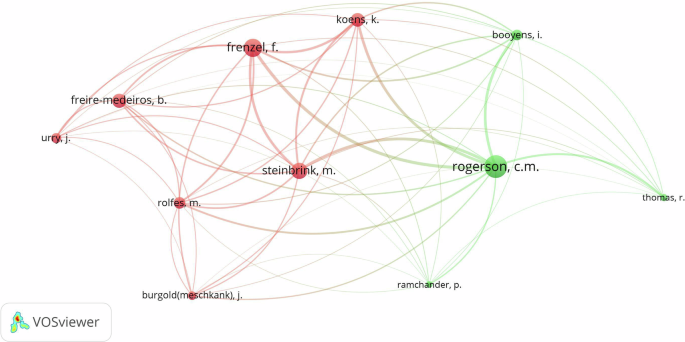
Author co-citation network.
Other notable authors in this field include Freire-Medeiros, who discussed the transformation of Brazilian favelas into tourist attractions (Freire-Medeiros et al. 2013 ; Freire-Medeiros, 2007 , 2009 , 2011 ), Koens, who probed the growth of small and medium-sized businesses in South African townships (Koens and Thomas, 2015 , 2016 ) and local perceptions of slum tourism in India (Slikker and Koens, 2015 ), and Booyens, who primarily focused on responsible tourism in South African townships (Booyens, 2010 ; Booyens and Rogerson, 2019b , 2018). Rolfes also made a significant contribution by studying the ethical aspects of slum tourism (Burgold and Rolfes, 2013 ; Rolfes, 2010 ).
Intriguingly, although not a slum tourism specialist, Urry stands among the eleven most-cited authors. He is renowned for introducing “the tourist gaze” concept (Urry, 1990 ), suggesting that tourist experiences and choices are more influenced by the tourism industry, societal norms, and cultural factors than by personal autonomy. This theory offers a crucial framework for understanding how poverty is portrayed in slum tourism and the dynamics between tourists and local residents.
Figure 4 presents the map of journal co-citations, illuminating the academic areas focused on the topic of “slum tourism.” A journal co-citation analysis, conducted with a threshold of 40 citations, identified 11 key journals from a pool of 3013 in our dataset, underscoring their central roles in the discourse of the field. Notably, the Annals of Tourism Research occupies a central position on the map with the highest link strength of 2608, highlighting its prominence as the most-cited journal in slum tourism research. These journals are categorized into two primary clusters: tourism studies and geography/urban studies. This categorization reflects the dual scholarly interest in slum tourism, which intertwines travel motivations with the complexities of urban environments. On one hand, tourism researchers probe the allure of these regions, the ensuing cultural interactions, and the ethical debates surrounding poverty as an attraction. Conversely, geography and urban studies scholars explore the spatial structures of informal settlements, underlying socio-economic drivers, and the reciprocal impact between tourism and urban evolution. Collectively, these disciplines provide a nuanced view of slum tourism’s multifaceted nature. Notably, Development Southern Africa does not align strictly with these categories, but as a multidisciplinary journal emphasizing policy and practice in Southern Africa—a hub for modern slum tourism—it garners frequent citations.
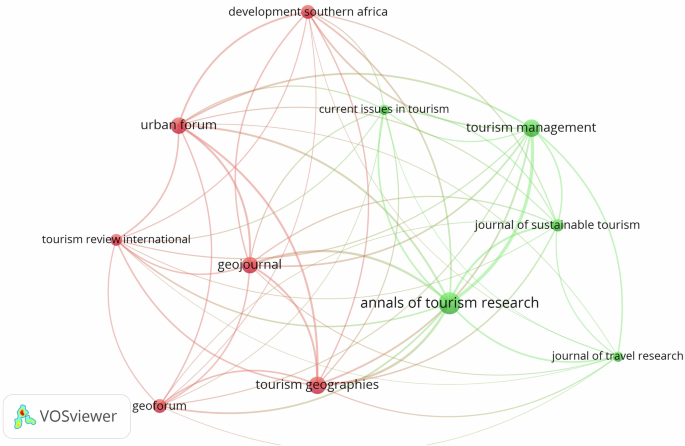
Journal co-citation network.
After meticulously reviewing the 122 publications, we pinpointed the locations that are focal points for slum tourism research. As presented in Table 1 , South Africa, India, and Brazil emerge as the most extensively researched countries in this domain. They are closely followed by Kenya, Mexico, Colombia, Egypt, and Indonesia.
Township tourism in South Africa, deeply rooted in the country’s complex history, is a significant topic in slum tourism research. This form of tourism, which emerged in post-apartheid South Africa (Steinbrink, 2012 ), focuses on areas historically designated as “black only” zones, where disparities still exist (Iqani, 2016 ). Originating in Soweto, Johannesburg, it has since spread to other major cities. The 2010 FIFA World Cup, hosted by South Africa, notably boosted its popularity (Marschall, 2013 ). Today, Cape Town is a key destination for township tourism, with townships like Langa and Khayelitsha attracting tourists due to their historical significance (Rolfes, 2010 ).
Similar to South Africa, favela tourism in Brazil has political roots. These favelas, initially informal settlements for the formerly enslaved (Iqani, 2016 ), gained international attention after the 1992 Earth Summit, when delegates visited Rio de Janeiro’s favelas (Frenzel, 2012 ). Their prominence increased further during the 2014 FIFA World Cup and the 2016 Olympics (Steinbrink, 2013 ). Despite their cultural richness, favelas face challenges like crime and drug trafficking (Freire-Medeiros, 2009 ). Rio’s favelas, especially Rocinha and Santa Marta, attract numerous tourists each year (Frenzel and Blakeman, 2015 ).
In India, the scenario of slum tourism is notably different, with Mumbai’s Dharavi, one of the world’s largest informal settlement, being a key focus of India-specific studies. Other informal settlements in cities like Kolkata and Delhi have also attracted scholarly attention (Holst, 2015 ; Sen, 2008 ). These informal settlements are characterized by their micro-industries and recycling efforts, showcasing the resilience and entrepreneurial spirit of the residents (Gupta, 2016 ). Although a relatively new trend compared to its counterparts, India’s slum tourism industry has burgeoned, spawning numerous tour operators (Frenzel and Blakeman, 2015 ).
Over time, slum tourism has gained traction, spreading to nations across the Global South, including Kenya, Colombia, Mexico, Egypt, and the Philippines. In our study, while most articles were location-specific, ten adopted a holistic approach, discussing the overarching theme of slum tourism.
Prominent areas of slum tourism research
We conducted a keyword co-occurrence analysis on our slum tourism research dataset to identify and visualize the most significant themes by examining the frequency and relationships of keywords. This method facilitated the identification of central research clusters and thematic hotspots within the topic. Figure 5 illustrates the network of keywords that frequently co-occur in slum tourism studies. To refine our data, we consolidated similar keywords, for example, pairing “township” with “townships” and “developing countries” with “developing world.” For this analysis, we set a threshold to include keywords that appeared at least three times, leading to the selection of 44 out of 322 keywords, thereby emphasizing their significance within the field. In the network, each node represents a keyword; larger nodes indicate higher frequencies of occurrence. Our analysis revealed six distinct clusters, each differentiated by a unique color.
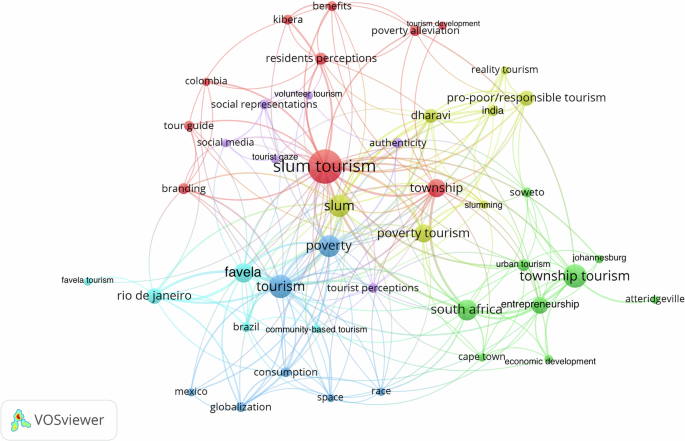
Network visualization of the keywords co-occurrence.
The red cluster focuses on “slum tourism,” examining the development of tourism in informal settlements and its wide-ranging socio-economic impacts. This cluster covers aspects such as “branding” and the role of “tour guides,” and emphasizes key socio-economic factors including “residents’ perceptions” and “poverty alleviation.” Simultaneously, the green cluster, highlighting terms such as “township tourism” and “economic development,” shifts focus to the growth of local, often small-to-medium-sized, tourism businesses, particularly spotlighting township tourism in South Africa. Meanwhile, the light blue cluster examines the impact of slum tourism on local communities, with a special focus on “community-based tourism” and favela tourism in Brazil. The yellow cluster delves into the portrayal of poverty as a key draw in slum tourism, questioning its classification as “poverty tourism” and exploring the shift towards more ethical, “pro-poor,” and responsible tourism practices. Concurrently, the purple cluster critically examines the portrayal and perception of poverty in slum tourism, focusing on tourist perspectives influenced by the “tourist gaze” and social media. Lastly, the dark blue cluster analyzes how globalization and rising consumer culture have spurred the growth of slum tourism, integrating themes like “globalization,” “space,” and “consumption,” and underscoring poverty’s central role in this phenomenon.
In our thematic analysis of publications, we integrated clusters with similar themes. The red, green, yellow, and light blue clusters, which focus on the socio-economic impacts of slum tourism on local communities, were merged. The red and dark blue clusters, addressing the transformation of urban informal settlements into tourist destinations and their driving factors, were also combined into a single theme. Furthermore, the purple and yellow clusters, centered on the portrayal and perception of poverty in slum tourism, were grouped together. Our review systematically examines these unified themes, as illustrated in Table 2 .
Touristic transformation of urban informal settlements
The transformation of urban informal settlements into tourist destinations has been extensively discussed in earlier literature on slum tourism. This transformation hinges significantly on cultural and historical heritage. As previously mentioned, Brazil’s favelas and South Africa’s townships attracted visitors with political and cultural interests (Frenzel, 2012 ; Steinbrink, 2012 ). Gradually, with the globalization that stimulated global mobility and the rise of consumer culture, these locales became spaces of interaction, juxtaposing mobility and immobility on a global scale (Dürr, 2012a ). As many informal settlements in the Global South were represented in global media, they gained increasing touristic attention. For instance, after the success of the film “The City of God” in 2003, the number of foreign visitors to favelas in Rio grew significantly (Freire-Medeiros, 2011 ). As Freire-Medeiros ( 2009 , p. 582) mentioned in another article that tours in these informal settlements “are equally indebted to the phenomenon of circulation and consumption, at a global level, of the favela as a trademark.”
In the touristic transformation of informal settlements, policy plays a pivotal role. For instance, local governments in South Africa actively encouraged township tourism by creating museums, developing historical and political heritage sites, and promoting township upgrading programs (Booyens, 2010 ; Booyens and Rogerson, 2019b ; Marschall, 2013 ). In Brazil, favela tourism served as a means to enhance its image in the context of preparations for mega-events in Rio, a strategy dubbed “Festifavelasation” (Steinbrink, 2013 ). South Africa pursued a similar path after securing the 2010 FIFA World Cup (Marschall, 2013 ). In Colombia, a policy known as “social urbanism” led Medellin, previously known for its drug barons and criminal activities, to undergo social and economic transformation, attracting both interest and tourists (Hernandez‐Garcia, 2013 ).
In analyzing our dataset’s articles, it is evident that slum tours primarily occur in well-known informal settlements of the Global South, such as Mumbai’s Dharavi, Rio de Janeiro’s Rocinha, and Johannesburg’s Soweto. These locations are preferred due to the factors previously mentioned. However, this growing industry often overlooks numerous lesser-known and more impoverished communities (Koens, 2012 ). Issues such as insufficient infrastructure, the absence of tourist attractions, and poor security hinder the growth of tourism in informal urban settlements. This situation is clearly seen in areas like Harare, Zimbabwe (Mukoroverwa and Chiutsi, 2018 ), and certain townships in Durban, South Africa (Chili, 2015 ).
A significant barrier is also the lack of awareness of pro-poor tourism in these lesser-known areas. Munyanyiwa et al.’s ( 2014 ) research in Harare’s townships revealed that many residents were unaware of township tourism, compounded by insufficient infrastructure and community involvement to support it. Moreover, residents were unsure of how to benefit from such initiatives, with historical tourism activities largely unknown to them. Similarly, Attaalla’s ( 2016 ) study in Egypt highlighted the minimal awareness of pro-poor tourism, the absence of a comprehensive government policy to develop this tourism type, and the scarcity of specialized Egyptian tour operators and travel agencies in the pro-poor tourism market. For successful tourism in these areas, it’s vital to enhance infrastructure, safety, and offer innovative tourism experiences (Mukoroverwa and Chiutsi, 2018 ). Additionally, improved information dissemination and increased stakeholder engagement are essential (Munyanyiwa et al. 2014 ).
The transition of informal settlements into tourist destinations brings several challenges. Notably, the commercialization of these marginalized areas can aestheticize deprivation and social inequality, turning them into themed spaces that reinforce stereotypes and maintain informal settlements as attractions shaped by tourist expectations (e.g. Altamirano, 2022b ; Dürr, 2012a ). Building on this point, Dürr et al. ( 2020 ) highlighted that marketing urban poverty and violence as a city brand could exacerbate existing inequalities. Research also shows that in many touristic informal settlements, local residents often do not fully engage with or benefit from tourism (Koens and Thomas, 2015 ; Marschall, 2013 ). Furthermore, public policies aimed at transforming these settlements sometimes lack consistency, creating insecurity among locals (Altamirano, 2022b ). Addressing these issues requires enhanced policies and increased community involvement in tourism, posing significant challenges for local governments.
Valorization and representation of urban poverty
In 2010, the term “poverty tourism” was recognized in slum tourism research, casting a spotlight on the intricate connection between poverty and this type of tourism (Rolfes, 2010 ). This tourism variant is not without controversy, interrogating the confluence of poverty, power, and ethical dilemmas (see Chhabra and Chowdhury, 2012 ; Korstanje, 2016 ; Outterson et al. 2011 ). This dynamic between the commodification of impoverished settlements and their portrayal within the tourism spectrum has ignited fervent academic debate.
Frenzel ( 2014 ) critically observed that within the paradigm of slum tourism, poverty transcends its role as a mere backdrop, ascending to the primary spectacle. Consequently, this leads to the commodification of urban impoverishment, turning it into a tourism commodity with tangible monetary value (Rolfes, 2010 ). Scholars have extensively dissected this juxtaposition. While some examine the framing, representation, and marketing dimensions (Dürr et al. 2020 ; Meschkank, 2011 ; Rolfes, 2010 ), others argued that poverty becomes romanticized, perceived more as a cultural artifact rather than an urgent societal issue (Crossley, 2012 ; Huysamen et al. 2020 ; Nisbett, 2017 ).
In this tapestry, both tourists and tour operators play pivotal roles in framing the narrative. Operators, tapping into the tourists’ quest for the “authenticity” embedded in the narratives of global urbanization, exert significant influence in shaping perceptions (Meschkank, 2012 ; Rolfes, 2010 ). Studies have observed that in an attempt to counteract the inherently negative perceptions surrounding informal settlements (Dyson, 2012 ), operators often position these spaces as beacons of hope, underlining the tenacity, optimism, and aspirations of the residents (Crossley, 2012 ; Dürr et al. 2020 ; Huysamen et al. 2020 ; Meschkank, 2011 ). Moreover, to navigate the moral complexities that tourists might grapple with, operators design their offerings as ethical enterprises, promising both enlightenment for the tourists and tangible economic upliftment for the communities (Muldoon and Mair, 2016 ; Nisbett, 2017 ).
However, such strategies face intellectual scrutiny for their potential to obfuscate the palpable suffering that underpins these urban landscapes. Several studies affirm that poverty dominates the observational narratives across tours in global cities from Mumbai to Rio de Janeiro (Crossley, 2012 ; Dürr et al. 2020 ; Meschkank, 2012 ). As Clini and Valančiūnas ( 2023 ) observed, such sanitized representations, while better than negative stereotypes, could unintentionally normalize the systemic inequalities associated with poverty. This approach not only risks reducing the perceived need for urgent poverty alleviation efforts but also may leave existing societal inequalities unchallenged. This has prompted critiques that label the phenomenon as commercial “voyeurism, and exploitation for commercial ends” (Burgold and Rolfes, 2013 , p. 162).
For tourists, their motivation often orbits around the pursuit of “authenticity” when they consider visiting informal settlements (see Clini and Valančiūnas, 2023 ; Crossley, 2012 ; Gupta, 2016 ; Meschkank, 2011 ; Steinbrink, 2012 ). Marketed as unvarnished encounters with reality, informal settlements are often depicted as bastions of culture, diversity, and authenticity (Frenzel et al. 2015 ). This category of slum tourism is, thus, situated within the broader realm of “reality tourism,” promising participatory experiences in socio-economically challenged urban landscapes (Wise et al. 2019 ). However, this approach, despite aligning with general tourism patterns, is not devoid of problems. The very essence of this touristic venture, which is to experience urban impoverishment, inherently establishes an imbalanced dynamic between tourists and inhabitants, leading to its characterization as a form of voyeurism. (Dürr et al. 2020 ; Meschkank, 2011 ).
In the last decade, slum tourism has diversified with new tours offered by locals and NGOs, aiming to challenge stereotypes and present a more complex picture of informal settlements. Frenzel ( 2014 ) noted that guides can empower communities by focusing on often-ignored aspects of these areas. While motivations vary, with some guides driven by profit and others by community welfare and resisting gentrification effects, the role of guides is crucial. Angelini’s ( 2020 ) examination of favela tours accentuated the nuanced challenges faced by these guides, as they attempt to strike a balance between authentic representation and the commodification of their environments. Further, Dürr et al. ( 2021 ) in their ethnographic study in Mexico City’s Tepito, showed how guides can positively portray deprived areas without depoliticizing them, contextualizing local achievements within city politics and using historical narratives to emphasize the area’s significance.
In the digital era, social media significantly influences the slum tourism narrative (Sarrica et al. 2021 ). The Internet is vital for operators to market and sell tours and provide information to potential travelers (Privitera, 2015 ). Many studies have analyzed slum tourism portrayals in online reviews and media, exploring how these areas and experiences are represented (Huysamen et al. 2020 ; Nisbett, 2017 ; Sarrica et al. 2021 ; Shang et al. 2022 ; Wise et al. 2019 ). For instance, Nisbett ( 2017 ) highlighted concerns about reviews that often gloss over poverty’s complexities, focusing instead on the tours’ economic aspects. Similarly, Huysamen et al. ( 2020 ) observed that tourist narratives tend to paint these areas as “slums of hope,” ignoring the disparity between wealthy tourists and impoverished locals. Ekdale and Tuwei ( 2016 ) studied texts from Kibera visitors, noting that while tourists claim to gain authentic understanding of global inequality, their privileged perspective remains unexamined. These “ironic encounters” often reinforce global inequalities, serving more as self-validation for tourists than a true engagement with local challenges.
On the flip side, social media’s role in depicting informal settlements is not always reductive. Some academics posit that these platforms can provide a counter-narrative to skewed representations by offering avenues to disseminate a diverse array of authentic stories and perspectives (Sarrica et al. 2021 ). Crucially, social media can amplify local residents’ voices, allowing them to share concerns about slum tourism, including privacy, potential exploitation, and daily life disruptions (Crapolicchio et al. 2022 ). The digital era thus presents both opportunities and challenges for slum tourism, underscoring the need for ethical and respectful interactions that honor and authentically represent these communities’ narratives.
Social and economic impact of slum tourism to local communities
The economic and social impacts of tourism in these informal settlements are prominent themes in slum tourism research. Across various countries, including Egypt, South Africa, Brazil, and Indonesia, tourism has spurred urban development and improved living conditions in informal settlements (Anyumba, 2017 ; Booyens and Rogerson, 2019a ; Mekawy, 2012 ; Sulistyaningsih et al. 2022 ; Torres, 2012 ). Developments like aerial cable cars in Brazil’s favelas and minibus-taxis in South African townships have evolved local transportation systems (Freire-Medeiros and Name, 2017 ; Rietjens et al. 2006 ). These advancements facilitate social transformation, such as increased security investments in Brazilian favelas (Freire-Medeiros et al. 2013 ) and “social urbanism” in Colombian barrios, integrating marginalized communities and improving education and security (Hernandez‐Garcia, 2013 ). A comparative study of the touristification of Gamcheon Culture Village (Busan, South Korea) and Comuna 13 (Medellin, Colombia) highlighted that effective governance can create community networks and stakeholder partnerships, fostering entrepreneurial opportunities (Escalona and Oh, 2022 ).
Tourism holds potential as a means to reduce poverty by creating employment opportunities in impoverished urban areas (Aseye and Opoku, 2015 ; Cardoso et al. 2022 ; Paul, 2016 ). Slum tourism, in particular, fosters entrepreneurship, allowing residents to start their own tour companies or bed and breakfasts. However, challenges for local entrepreneurs include limited market access, stiff competition, low marketing budgets, poor business locations, and lack of support from established firms, often leading to the marginalization of smaller operators in a market dominated by larger companies (see Chili, 2018 ; Hikido, 2018 ; Mokoena and Liambo, 2023 ; Mtshali et al. 2017 ; Nemasetoni and Rogerson, 2005 ). Further, small business owners frequently lack essential education and marketing skills (see Leonard and Dladla, 2020 ; Letuka and Lebambo, 2022 ; Rogerson, 2004 ). Mokoena and Liambo ( 2023 ) observed that only a minority of entrepreneurs adopt competitive strategies in their businesses.
Scholars have also observed that the profits from slum tourism are insufficient for significant poverty alleviation (Freire-Medeiros, 2009 , 2012 ). Koen and Thomas’ study of South Africa townships ( 2015 ) highlighted the challenge to the idea that small business owners reinvest their profits locally for economic development. Successful entrepreneurs often leave their townships due to a lack of local ties, leading to economic benefits being concentrated among a small, predominantly male, privileged group, while marginalized groups’ businesses yield lower gains. Moreover, most slum tour companies depend heavily on foreign support, resulting in substantial economic leakage (Frenzel and Blakeman, 2015 ; Meschkank, 2012 ; Rolfes, 2010 ).
The social implications of slum tourism form a major focus in recent academic studies, particularly regarding how local residents perceive this tourism form. Surveys and interviews with inhabitants of informal settlements have uncovered a range of reactions, including positive, negative, skeptical, and indifferent attitudes toward slum tourism (Amo et al. 2019 ; Auala et al. 2019 ; Freire-Medeiros, 2012 ; Marschall, 2013 ; Slikker and Koens, 2015 ).
In Rio, Mumbai, and Nairobi, some studies reveal that residents feel embarrassed by slum tourism, as certain operators emphasize negative community aspects to cater to tourists seeking “real” poverty experiences, leading to privacy issues (Freire-Medeiros, 2012 ; Kieti and Magio, 2013 ; Slikker and Koens, 2015 ). Conversely, slum tourism is also viewed positively in many areas. Slikker and Koens’ ( 2015 ) study in Mumbai and Amo et al. ( 2019 ) research in Medellin found residents believe it counters negative stereotypes and raises community visibility. In Nairobi and Cape Town, locals welcome it as a source of income and jobs (Chege and Mwisukha, 2013 ; Potgieter et al. 2019 ). Additionally, Muldoon et al.’s South African studies suggest slum tourism empowers residents by bringing international attention to townships, giving them more control over their narratives and a sense of importance (Muldoon, 2020 ; Muldoon and Mair, 2022 ).
Indeed, the social impact of tourism is dualistic. As Altamirano ( 2022a ) pointed out, while tourism can establish new material and symbolic frameworks, providing residents with chances for counter-hegemonic actions, it does not uniformly support the cultural empowerment of impoverished communities. Instead, it can result in neoliberal development and increased surveillance. This underscores the necessity for thoughtful policymaking in slum tourism, advocating for policies that prioritize the well-being and cultural richness of communities over mere profit generation, particularly in environments marked by urban disparities and complex power dynamics.
Booyens and Rogerson ( 2019 b) suggested that slum tourism ought to function as a type of “creative tourism,” fostering solidarity and mutual understanding between tourists and local residents, stimulating economic growth in communities, and increasing awareness of the North-South disparity in the postcolonial context. The transition to pro-poor tourism heavily relies on effective policy implementation. Therefore, numerous scholars have advocated for policy instruments to enhance safety and infrastructure, and to facilitate effective coordination among various stakeholders, alongside strengthening institutional frameworks (e.g. Aseye and Opoku, 2015 ; Booyens, 2010 ; Chege and Mwisukha, 2013 ; Rusata et al. 2023 ).
Furthermore, the success of slum tourism largely depends on local community engagement (Duarte and Peters, 2012 ). Yet, in many cases, such as in India (Slikker and Koens, 2015 ), Kenya (Kieti and Magio, 2013 ), Brazil (Freire-Medeiros, 2012 ), and elsewhere, local residents’ participation is limited. Various factors contribute to this, including inadequate business knowledge and skills, and social and financial barriers (Dzikiti and Leonard, 2016 ; Hammad, 2021 ; Leonard and Dladla, 2020 ). Addressing this, researchers emphasize the need for tourism-specific training and resources for local entrepreneurs, particularly focusing on youth (Dzikiti and Leonard, 2016 ; Mbane and Ezeuduji, 2022 ; Nkemngu, 2014 ). To leverage slum tourism for community development, equipping locals with the skills and tools for effective tourism participation is crucial, though it remains a challenging goal.
Conclusion and future research agenda
Over the past two decades, “slum tourism” and its academic study have expanded significantly. Our systematic review of 122 peer-reviewed journal articles sheds light on key authors and journals in this field. The most cited journals typically specialize in tourism studies or geography/urban studies, underscoring the blend of travel motivations and urban complexities in slum tourism. Our findings show that South Africa, India, and Brazil are the most researched countries, with others like Kenya, Mexico, Colombia, Egypt, and Indonesia also being significant. The keyword co-occurrence analysis identified three primary research areas: the touristic transformation of urban informal settlements, the portrayal and valorization of urban poverty, and the socio-economic impacts of slum tourism. This study not only outlines the scope of current research but also points out gaps, suggesting that the economic, social, and cultural effects of slum tourism warrant further exploration in future studies.
The economic aspects of slum tourism, widely debated in academic circles, pose unanswered questions about the actual financial benefits for local residents and communities. Frenzel and Koens ( 2012 ) noted a lack of quantitative evaluations, leaving the impact of slum tours on poverty reduction and urban development uncertain. Existing research, primarily qualitative involving interviews, ethnography, media content analysis, and stakeholder surveys, fails to adequately measure the economic impact on informal settlements. Although studies like those by Chege and Mwisukha ( 2013 ) and Potgieter et al. ( 2019 ) indicated resident perceptions of slum tourism as a source of income and employment, these lack concrete statistical backing. The financial dynamics of slum tourism, including the economic leakage stemming from reliance on external and foreign support (Frenzel and Blakeman, 2015 ; Meschkank, 2012 ; Rolfes, 2010 ), warrant more in-depth investigation. Future research should focus on tracing profit distribution in slum tourism and assessing its real effects on the communities, considering the prominent role of local guides and their relationships with tour operators.
The intangible impacts of slum tourism, including social, political, and cultural aspects, are a fertile area for future research. Shifting focus to local residents’ views, recent studies have shown slum tourism’s broad influence beyond just economic factors, notably in changing perceptions of poverty. However, as Koens ( 2012 ) pointed out, evaluating these impacts is complex due to the deep social and historical contexts within these communities. Advocates for authentic local engagement, like Slikker and Koens ( 2015 ) and Freire-Medeiros ( 2012 ), emphasized the importance of giving local residents a voice. Muldoon’s research ( 2020 ; Muldoon and Mair, 2022 ) in South Africa demonstrates how township tourism allows locals to redefine their identities and interactions with tourists. On the other hand, Freire-Medeiros ( 2012 ) noted in Brazil’s Rocinha the possibility of residents altering narratives for tourist appeal. This highlights the need to integrate the genuine experiences of locals into slum tourism research to fully grasp its diverse impacts.
The potential for slum tourism to either reinforce or challenge existing power dynamics and stereotypes represents a dynamic area of ongoing debate, ripe for further theoretical exploration. Slum tourism is emblematic of neoliberal capitalist practices, where the lived experiences of marginalized communities are commodified and consumed predominantly by Western tourists. This pattern aligns with David Harvey’s concept of “accumulation by dispossession,” where the exploitation and aestheticization of poverty serve to reinforce global economic disparities (Harvey, 2003 ). By transforming informal settlements into tourist attractions, slum tourism becomes a mechanism of cultural commodification, packaging poverty-stricken environments for sale and perpetuating a global hierarchy that privileges affluent tourists while marginalizing local residents.
The representation of informal settlements within this tourism framework often involves selective storytelling, echoing Edward Said’s notion of “Orientalism.” This process portrays the “Other” in ways that reinforce Western superiority and exoticize non-Western realities, contributing to the perpetuation of stereotypes and obscuring the systemic causes of poverty (Said, 2003 ). Such portrayals often sanitize the harsh realities of poverty, presenting informal settlements as exotic and intriguing destinations, thus skewing the understanding of global inequalities and framing poverty more as a cultural artifact than an urgent social issue.
Conversely, slum tourism holds potential to challenge and subvert these entrenched power dynamics and stereotypes. When approached through the lens of ethical representation, it becomes a platform that amplifies marginalized voices and promotes more equitable narratives. This approach is deeply rooted in theories of participatory development and empowerment, which argue that local communities should be active agents in shaping their own narratives, rather than passive subjects (Dürr et al. 2021 ; Frenzel, 2014 ). Employing local guides and focusing on authentic narratives that highlight both the challenges and resilience of informal settlement residents can provide a counter-narrative to dominant discourses, promoting a more nuanced and respectful understanding of these communities.
The role of social media in slum tourism highlights the significance of digital globalization in shaping narratives. Social media platforms provide avenues for local residents to share their perspectives, thereby democratizing the discourse and challenging stereotypical representations (Sarrica et al. 2021 ). This aligns with the ethics of representation, advocating for portrayals that respect the dignity and agency of marginalized communities (Crapolicchio et al. 2022 ). By enabling a more participatory and inclusive approach, social media can help mitigate the voyeuristic tendencies of slum tourism and foster a more ethical engagement with these communities.
Another prominent takeaway from this systematic literature review is the observation that the practice, perception, and success of slum tourism vary significantly across different cultural and geographical contexts. In Brazil, for instance, the favelas of Rio de Janeiro have been transformed into tourist destinations, influenced not only by their portrayal in internationally acclaimed films but also by the mega-events hosted in the city. This phenomenon has led to a form of tourism that often celebrates the cultural vibrancy of these areas, despite underlying issues of poverty and inequality. Conversely, in India, Mumbai’s Dharavi is marketed as a hub of entrepreneurship and industry, attracting tourists more interested in the economic dynamics of informal settlement life than in cultural spectacle alone. These differences illustrate how local contexts shape the thematic emphasis of slum tours.
However, the ability to develop slum or pro-poor tourism is not uniformly distributed. Many areas lack the necessary infrastructure, adequate security, or appealing tourist attractions, which impedes their ability to attract and sustain tourism. For instance, some townships in Durban, South Africa, and informal settlements in Harare, Zimbabwe, contend with issues such as poor security and insufficient infrastructure, making them less appealing to tourists and challenging to market as destinations (Chili, 2015 ; Mukoroverwa and Chiutsi, 2018 ). This disparity highlights the uneven impacts of global tourism trends on local communities and points to the necessity for ethical and sustainable tourism practices in urban settings marked by significant socio-economic divides.
To enhance our understanding of slum tourism dynamics and to devise more effective interventions, it is crucial to undertake further comparative studies. These studies should delve into why certain areas are successful in developing tourism that benefits local communities while others falter, considering both global influences and local conditions. Such research is imperative for uncovering the potential of tourism as a tool for social and economic improvement in marginalized urban areas and contributes significantly to the broader discourse on globalization, urban inequality, and sustainable development.
In this vein, a pivotal area for future research is transforming “slum tourism” into a form of responsible tourism that transcends the poverty-centric narrative often associated with terms like “slum,” “township,” and “favela” (Burgold and Rolfes, 2013 ; Rolfes, 2010 ; Steinbrink et al. 2012 ). While it is valuable to highlight the cultural and historical aspects of these communities, such portrayals frequently overlook the entrenched structural inequality and violence that pervade these areas. Furthermore, tourism often concentrates only on well-known locations, ignoring the most impoverished and lesser-known settlements, thus raising questions about the applicability of sustainable development strategies in these marginalized areas (Frenzel, 2013 ). It is essential that future research explores how slum tourism can truly benefit residents and address broader socio-economic challenges, ensuring it evolves into a form of responsible tourism.
This shift towards responsible slum tourism necessitates a comprehensive emphasis on ethical considerations, community involvement, and sustainable economic benefits for local residents. Ethical considerations must encompass respect for the dignity and agency of the communities involved, eschewing exploitative practices that commodify poverty for tourist consumption. Community involvement is imperative, as it enables residents to influence how their neighborhoods are portrayed and ensure their central participation in both managing and benefiting from tourism initiatives. This might include training local guides, engaging residents in creating tour content, and allocating a substantial share of tourism revenues back into the community.
Furthermore, ensuring sustainable economic benefits for residents is fundamental to responsible slum tourism. This involves fostering tourism that generates reliable income opportunities for locals, such as through establishing small businesses or cooperative ventures tailored to the tourism industry. Potential enterprises could include local eateries, souvenir shops, and accommodation services, all managed and operated by community members. Investment in infrastructure improvements that support tourism activities and simultaneously enhance resident quality of life is also crucial. Additionally, it is essential to implement mechanisms to track the flow of financial benefits to ensure that the revenue generated by tourism is indeed benefiting the local communities as intended.
The data collection for this study, completed in August 2023, revealed a notable gap: the lack of research on the impact of the COVID pandemic on slum tourism, despite the pandemic lasting three years. The pandemic has disproportionately affected informal settlement dwellers, as evidenced by Seddiky et al. ( 2023 ). For instance, Bangkok’s informal settlement residents have suffered significant economic hardships (Pongutta et al. 2021 ), and containment measures have led to widespread business closures, impacting low-income, daily wage earners in impoverished communities (Solymári et al. 2022 ). This absence of academic focus on COVID’s specific impact on slum tourism marks a limitation in current literature. The pandemic’s disruption of travel presents an opportunity to reassess and develop more sustainable tourism practices that could benefit residents in impoverished areas.
Additionally, this study’s focus on slum tourism in the Global South overlooks the re-emerging field of slum or poverty tourism in the Global North. For instance, Burgold ( 2014 ) explored guided walking tours in Berlin-Neukölln, an area known for poverty and social issues, contrasting them with traditional tourism and highlighting their role in changing perceptions and aiding local residents’ societal integration. Similarly, “homeless experience” tours in cities like Toronto, London, Amsterdam, and Seattle offer insights into the lives of homeless individuals (Haven Toronto, 2018 ; Kassam, 2013 ). These tours, as controversial in the Global North as in the South, raise ethical concerns about commodifying poverty. Proponents see them as empathy-building, while critics view them as exploitative. The dynamics of poverty tours vary between developed and less developed countries, presenting a potential area for future comparative research.
“Slum tourism,” a relatively new research field, reflects the complexities of rapid urbanization and the North-South power dynamics in a globalized era. The current study offers a comprehensive, longitudinal perspective on slum tourism research, charting future directions for scholarly inquiry. It also provides valuable insights for practitioners to reassess the role of tourism in poverty alleviation within urban informal settlements in the Global South. For public policy, this research is instrumental in shaping strategies for urban development, poverty alleviation, and sustainable tourism, advocating for the integration of informal settlements into wider economic frameworks. Academically, it enriches the existing body of knowledge, spurring interdisciplinary research and delving into lesser-explored aspects of slum tourism. Additionally, by shedding light on the effects of tourism in these communities, the study promotes more informed, respectful, and responsible tourist behavior, encouraging travelers to adopt a more empathetic and culturally sensitive approach.
Data availability
The data supporting the findings of this study are available in an uploaded CSV file.
Altamirano ME (2022a) Legitimizing discourses within favela tourism. Tour Geogr 25(7):1–18
Google Scholar
Altamirano ME (2022b) Overcoming urban frontiers: Ordering Favela tourism actor-networks. Tour Stud 22(2):200–222
Article Google Scholar
Amo MDH, Jayawardena CC, Gaultier SL (2019) What is the host community perception of slum tourism in Colombia? Worldw Hosp Tour Themes 11(2):140–146
Angelini A (2020) A Favela that yields fruit: community-based tour guides as brokers in the political economy of cultural difference. Space Cult 23(1):15–33
Article ADS Google Scholar
Anyumba G (2017) Planning for a Township Tourism destination: Considering red flags from experiences in Atteridgeville, South Africa. Afr J Hosp Tour Leis 6(2):1–22
Aseye FK, Opoku M (2015) Potential of slum tourism in urban Ghana: A case study of Old Fadama (Sodom and Gomorra) slum in Accra. J Soc Dev Sci 6(1):39–45
Attaalla FAH (2016) Pro-poor tourism as a panacea for slums in Egypt. Int J Tour Hosp Rev 3(1):30–44
Auala LSN, van Zyl SR, Ferreira IW (2019) Township tourism as an agent for the socio-economic well-being of residents. African Journal of Hospitality . Tour Leis 8(2):1–11
Baffoe G, Kintrea K (2023) Neighbourhood research in the Global South: What do we know so far? Cities 132:104077
Booyens I (2010) Rethinking township tourism: Towards responsible tourism development in South African townships. Dev South Afr 27(2):273–287
Booyens I, Rogerson C (2019a) Creative tourism: South African township explorations. Tour Rev 74(2):256–267
Booyens I, Rogerson C (2019b) Re-creating slum tourism: Perspectives from South Africa. Urban Izziv 30(supple):52–63
Burgold J (2014) Slumming the Global North? Überlegungen zur organisierten Besichtigung gesellschaftlicher Problemlagen in den Metropolen des Globalen Nordens. Z F ür Tour 6(2):273–280
Burgold J, Rolfes M (2013) Of voyeuristic safari tours and responsible tourism with educational value: Observing moral communication in slum and township tourism in Cape Town and Mumbai. Erde 144(2):161–174
Cardoso A, da Silva A, Pereira MS, Sinha N, Figueiredo J, Oliveira I (2022) Attitudes towards slum tourism in Mumbai, India: analysis of positive and negative impacts. Sustainability 14(17):10801
Chege PW, Mwisukha A (2013) Benefits of slum tourism in Kibera slum in Nairobi, Kenya. Int J Arts Commer 2(4):94–102
Chhabra D, Chowdhury A (2012) Slum tourism: Ethical or voyeuristic. Tour Rev Int 16(1):69–73
Chili NS (2015) Township Tourism: The politics and socio-economic dynamics of tourism in the South African township: Umlazi, Durban. J Econ Behav Stud 7(4):14–21
Chili NS (2018) Constrictions of emerging tourism entrepreneurship in the townships of South Africa. Afr J Hosp Tour Leis 7(4):1–10
Clini C, Valančiūnas D (2023) Bollywood and slum tours: poverty tourism and the Indian cultural industry. Cult Trends 32(4):366–382
Crapolicchio E, Sarrica M, Rega I, Norton LS, Vezzali L (2022) Social representations and images of slum tourism: Effects on stereotyping. Int J Intercult Relat 90:97–107
Crossley É (2012) Poor but Happy: Volunteer Tourists’ Encounters with Poverty. Tour Geogr 14(2):235–253
Davis M (2006) Planet of Slums. Verso
De Bellis N (2009) Bibliometrics and citation analysis: from the science citation index to cybermetrics. Scarecrow Press
Denyer D Tranfield D (2009) Producing a systematic review. In D Buchanan & A Bryman (Eds.), The Sage handbook of organizational research methods (pp. 671–689). Sage Publications Ltd
Duarte R, Peters K (2012) Exploring the other side of Favela tourism. an insight into the residents’ view. Rev Tur Desenvolv 2(17/18):1123–1131
Dürr E (2012a) Encounters over garbage: Tourists and lifestyle migrants in Mexico. Tour Geogr 14(2):339–355
Dürr E (2012b) Urban poverty, spatial representation and mobility: Touring a slum in Mexico. Int J Urban Reg Res 36(4):706–724
Dürr E, Acosta R, Vodopivec B (2021) Recasting urban imaginaries: politicized temporalities and the touristification of a notorious Mexico City barrio. Int J Tour Cities 7(3):783–798
Dürr E, Jaffe R, Jones GA (2020) Brokers and tours: selling urban poverty and violence in Latin America and the Caribbean. Space Cult 23(1):4–14
Dyson P (2012) Slum tourism: representing and interpreting “Reality” in Dharavi, Mumbai. Tour Geog 14(2):254–274
Dzikiti LG, Leonard L (2016) Barriers towards African youth participation in domestic tourism in post-apartheid South Africa: The case of Alexandra Township, Johannesburg. Afr J HospTour Leis 5(3):1–17
Ekdale B, Tuwei D (2016) Ironic encounters: Posthumanitarian storytelling in slum tourist media. Commun Cult Crit 9(1):49–67
Escalona M, Oh D (2022) Efficacy of Governance in Sustainable Slum Regeneration: Assessment framework for effective governance in sustainable slum tourism regeneration. Rev de Urban 46:131–151
Freire-Medeiros B (2007) Selling the favela: thoughts and polemics about a tourist destination. Rev Bras Ciências Soc 22(65):61–72
Freire-Medeiros B (2009) The favela and its touristic transits. Geoforum 40(4):580–588
Freire-Medeiros B (2011) I went to the city of god’: Gringos, guns and the touristic favela. J Lat Am Cultural Stud 20(1):21–34
Freire-Medeiros B (2012) Favela tourism: Listening to local voices. In F Frenzel, K Koens, & M Steinbrink (Eds.), Slum Tourism: Poverty, Power and Ethics (pp. 175–192). Routledge
Freire-Medeiros B, Name L (2017) Does the future of the favela fit in an aerial cable car? Examining tourism mobilities and urban inequalities through a decolonial lens. Can J Lat Am Caribb Stud 42(1):1–16
Freire-Medeiros B, Vilarouca MG, Menezes P (2013) International tourists in a “pacified” favela: Profiles and attitudes. the case of santa marta. Rio de Jan Erde 144(2):147–159
Frenzel F (2012) Beyond ‘Othering’: The political roots of slum tourism. In F Frenzel, K Koens, & M Steinbrink (Eds.), Slum Tourism: Poverty, Power and Ethics (pp. 32–49). Routledge
Frenzel F (2013) Slum tourism in the context of the tourism and poverty (relief) debate. DIE ERDE – J Geogr Soc Berl 144(2):117–128
Frenzel F (2014) Slum Tourism and Urban Regeneration: Touring Inner Johannesburg. Urban Forum 25(4):431–447
Frenzel, F (2016). Slumming it: The tourist valorization of urban poverty. Zed Books Ltd
Frenzel F (2017) Tourist agency as valorisation: Making Dharavi into a tourist attraction. Ann Tour Res 66:159–169
Frenzel F (2018) On the question of using the concept ‘Slum Tourism’ for urban tourism in stigmatised neighbourhoods in Inner City Johannesburg. Urban Forum 29(1):51–62
Frenzel F, Blakeman S (2015) Making slums into attractions: The role of tour guiding in the slum tourism development in Kibera and Dharavi. Tour Rev Int 19(1–2):87–100
Frenzel F, Koens K (2012) Slum tourism: developments in a young field of interdisciplinary tourism research. Tour Geogr 14(2):195–212
Frenzel F, Koens K, Steinbrink M, Rogerson CM (2015) Slum tourism: State of the art. Tour Rev Int 18(4):237–252
Gilbert A (2007) The return of the slum: does language matter? Int J Urban Reg Res 31(4):697–713
Gupta V (2016) Indian reality tourism-a critical perspective. Tour Hosp Manag 22(2):111–133
Haddaway NR, Woodcock P, Macura B, Collins A (2015) Making literature reviews more reliable through application of lessons from systematic reviews. Conserv Biol 29(6):1596–1605
Article PubMed CAS Google Scholar
Hajek P, Youssef A, Hajkova V (2022) Recent developments in smart city assessment: A bibliometric and content analysis-based literature review. Cities 126:103709
Hammad AA (2021) Exploring the Role of Slum Tourism in Developing Slums in Egypt. J Assoc Arab Univ Tour Hosp 20(1):58–77
Harvey D (2003) The New Imperialism . Oxford University Press
Haven Toronto (2018) Poverty tourism: Take a homeless holiday . Haven Toronto
Hernandez‐Garcia J (2013) Slum tourism, city branding and social urbanism: the case of Medellin, Colombia. J Place Manag Dev 6(1):43–51
Hikido A (2018) Entrepreneurship in South African township tourism: The impact of interracial social capital. Ethn Racial Stud 41(14):2580–2598
Holst T (2015) Touring the Demolished Slum? Slum Tourism in the Face of Delhi’s Gentrification. Tour Rev Int 18(4):283–294
Article MathSciNet Google Scholar
Huysamen M, Barnett J, Fraser DS (2020) Slums of hope: Sanitising silences within township tour reviews. Geoforum 110(March)):87–96
Iqani M (2016) Slum tourism and the consumption of poverty in TripAdvisor reviews: The cases of Langa, Dharavi and Santa Marta. In Consumption, media and the global south: Aspiration contested (pp. 51–86). Springer
Jones GA, Sanyal R (2015) Spectacle and suffering: The Mumbai slum as a worlded space. Geoforum 65:431–439
Kaplan L (2004) Skills development for tourism in Alexandra township, Johannesburg. Urban Forum 15(4):380–398
Kassam A (2013) Poorism, the new tourism . Maclean’s
Kieti DM, Magio KO (2013) The ethical and local resident perspectives of slum tourism in Kenya. Adv Hosp Tour Res (AHTR) 1(1):37–57
Koens K (2012) Competition, cooperation and collaboration: business relations and power in township tourism. In F Frenzel, K Koens, & M Steinbrink (Eds.), Slum tourism (pp. 101–118). Routledge
Koens K, Thomas R (2015) Is small beautiful? Understanding the contribution of small businesses in township tourism to economic development. Dev South Afr 32(3):320–332
Koens K, Thomas R (2016) “You know that’s a rip-off”: policies and practices surrounding micro-enterprises and poverty alleviation in South African township tourism. J Sustain Tour 24(12):1641–1654
Korstanje ME (2016) The ethical borders of slum tourism in the mobile capitalism: A conceptual discussion. Rev de Tur -Stud Si Cercetari Tur 21:22–32
Leonard L, Dladla A (2020) Obstacles to and suggestions for successful township tourism in Alexandra township. South Africa . e-Rev Tour Res (ERTR) 17(6):900–920
Letuka P, Lebambo M (2022) A typology of challenges facing township micro-tour operators in Soweto, South Africa. Afr J Sci, Technol, Innov Dev 14(7):1829–1838
Marschall S (2013) Woza eNanda: perceptions of and attitudes towards heritage and tourism in a South African township. Transform: Crit Perspect South Afr 83(1):32–55
Mayne A (2017) Slums: The history of a global injustice. Reaktion Books
Mbane TL, Ezeuduji IO (2022) Stakeholder perceptions of crime and security in township tourism development. Afr J Hosp Tour Leis 11(3):1128–1142
Mekawy MA (2012) Responsible slum tourism: Egyptian experience. Ann Tour Res 39(4):2092–2113
Meschkank J (2011) Investigations into slum tourism in Mumbai: Poverty tourism and the tensions between different constructions of reality. GeoJournal 76(1):47–62
Meschkank J (2012) Negotiating poverty: the interplay between Dharavi’s production and consumption as a tourist destination. In F Frenzel, K Koens, & M Steinbrink (Eds.), Slum Tourism (pp. 162–176). Routledge
Moher D, Liberati A, Tetzlaff J, Altman DG, Group*, P. (2009) Preferred reporting items for systematic reviews and meta-analyses: the PRISMA statement. Ann Intern Med 151(4):264–269
Article PubMed Google Scholar
Mokoena SL, Liambo TF (2023) The sustainability of township tourism SMMEs. Int J Res Bus Soc Sci 12(1):341–349
Mtshali M, Mtapuri O, Shamase SP (2017) Experiences of black-owned Small Medium and Micro Enterprises in the accommodation tourism-sub sector in selected Durban townships, Kwazulu-Natal. Afr J HospTour Leis 6(3):130–141
Mukoroverwa M, Chiutsi S (2018) Prospects and challenges of positioning Harare as an urban township tourism destination. Afr J Hosp Tour Leis 7(4):1–11
Muldoon ML (2020) South African township residents describe the liminal potentialities of tourism. Tour Geogr 22(2):338–353
Muldoon ML, Mair HL (2016) Blogging slum tourism: A critical discourse analysis of travel blogs. Tour Anal 21(5):465–479
Muldoon ML, Mair HL (2022) Disrupting structural violence in South Africa through township tourism. J Sustain Tour 30(2–3):444–460
Munyanyiwa T, Mhizha A, Mandebvu G (2014) Views and perceptions of residents on township tourism development: Empirical evidence from Epworth, Highfields and Mbare. Int J Innov Res Dev 3(10):184–194
Nemasetoni I, Rogerson CM (2005) Developing small firms in township tourism: Emerging tour operators in Gauteng, South Africa. Urban Forum 16(2–3):196–213
Nisbett M (2017) Empowering the empowered? Slum tourism and the depoliticization of poverty. Geoforum 85(July):37–45
Nkemngu AP (2014) Stakeholder’s participation in township tourism planning and development: The case of business managers in Shoshanguve. Afr J Hosp Tour Leis 3(1):1–10
Outterson K, Selinger E, Whyte K (2011) Poverty Tourism, Justice, and Policy: Can Ethical Ideals Form the Basis of New Regulations? Public Integr 14(1):39–50
Paul NIJ (2016) Critical analysis of slum tourism: A retrospective on Bangalore. ATNA J Tour Stud 11(2):95–113
Petticrew M Roberts H (2008) Systematic reviews in the social sciences: A practical guide. John Wiley & Sons
Pongutta S, Kantamaturapoj K, Phakdeesettakun K, Phonsuk P (2021) The social impact of the COVID-19 outbreak on urban slums and the response of civil society organisations: A case study in Bangkok, Thailand. Heliyon 7(5):E07161
Article PubMed PubMed Central CAS Google Scholar
Potgieter A, Berman GK, Verity JM (2019) The relationship between socio-cultural impacts of a township tour and the overall life satisfaction of residents in townships in the Western Cape, South Africa. Afr J Hosp Tour Leis 8(4):1–17
Privitera D (2015) Tourist valorisation of urban poverty: an empirical study on the web. Urban Forum 26(4):373–390
Rietjens S, Makoriwa C, de Boer S (2006) Utilising excess minibus-taxi capacity for South African townships tours. Anatolia 17(1):75–92
Rogerson C (2004) Urban tourism and small tourism enterprise development in Johannesburg: The case of township tourism. GeoJournal 60(3):249–257
Rogerson C (2014) Rethinking slum tourism: Tourism in South Africa’s rural slumlands. Bull Geogr 26(26):19–34
Rogerson C (2008) Shared growth in urban tourism: evidence from Soweto, South Africa. Urban Forum 19(4):395–411
Rolfes M (2010) Poverty tourism: Theoretical reflections and empirical findings regarding an extraordinary form of tourism. GeoJournal 75(5):421–442
Rusata T, Atmadiredja G, Kornita A (2023) Slum tourism: representing and interpreting reality in city. Indones J Tour Leis 4(1):55–64
Said EW (2003) Orientalism. Penguin
Sarrica M, Rega I, Inversini A, Norton LS (2021) Slumming on social media? E-mediated tourist gaze and social representations of indian, south African, and Brazilian slum tourism destinations. Societies 11(3):106
Seddiky MA, Chowdhury NM, Ara E (2023) Satisfaction level of slum dwellers with the assistance of the city corporation during COVID 19: the Bangladesh Context. Soc Sci 12(9):520
Sen A (2008) Sex, sleaze, slaughter, and salvation: phoren tourists and slum tours in Calcutta (India). Journeys 9(2):55–75
Shang Y, Li FS, Ma J (2022) Tourist gaze upon a slum tourism destination: a case study of Dharavi, India. J Hosp Tour Manag 52(September):478–486
Slikker N, Koens K (2015) Breaking the silence”: Local perceptions of slum tourism in Dharavi. Tour Rev Int 19(1):75–86
Small H (1973) Co‐citation in the scientific literature: A new measure of the relationship between two documents. J Am Soc Inf Sci 24(4):265–269
Solymári D, Kairu E, Czirják R, Tarrósy I (2022) The impact of COVID-19 on the livelihoods of Kenyan slum dwellers and the need for an integrated policy approach. PloS One 17(8):e0271196
Article PubMed PubMed Central Google Scholar
Steinbrink M (2012) We did the Slum!’—Urban poverty tourism in historical perspective. Tour Geogr 14(2):213–234
Steinbrink M (2013) Festifavelisation: Mega-events, slums and strategic city-staging - The example of Rio de Janeiro. Erde 144(2):129–145
Steinbrink M, Frenzel F, Koens K (2012) Development and globalization of a new trend in tourism. In F. Frenzel, K. Koens, & M. Steinbrink (Eds.), Slum Tourism (pp. 19–36). Routledge
Sulistyaningsih T, Jainuri J, Salahudin S, Jovita HD, Nurmandi A (2022) Can combined marketing and planning-oriented of community-based social marketing (CBSM) project successfully transform the slum area to tourism village? A case study of the Jodipan colorful urban village, Malang, Indonesia. J Nonprofit Public Sect Mark 34(4):421–450
Surwase G, Sagar A, Kademani BS, Bhanumurthy K (2011) Co-citation analysis: An overview. BEYOND LIBRARIANSHIP: Creativity, Innovation and Discovery (BOSLA National Conference Proceedings) , 179–185
Torres I (2012) Branding slums: A community-driven strategy for urban inclusion in Rio de Janeiro. J Place Manag Dev 5(3):198–211
Tzanelli R (2018) Slum tourism: A review of state-of-the-art scholarship. Tour Cult Commun 18(2):149–155
UN-Habitat. (2006) State of the World’s Cities 2006/7
UN-Habitat (2020) World Cities Report 2020: The Value of Sustainable Urbanization
Urry J (1990) Tourist Gaze: Travel, Leisure and Society. In Tourist gaze: travel, leisure and society . Sage Publications Ltd
Wang H, Yang Y (2019) Neighbourhood walkability: A review and bibliometric analysis. Cities 93:43–61
Wise N, Polidoro M, Hall G, Uvinha RR (2019) User-generated insight of Rio’s Rocinha favela tour: Authentic attraction or vulnerable living environment? Local Econ 34(7):680–698
Download references
Author information
Authors and affiliations.
School of Public Policy and Management, Tsinghua University, Beijing, China
Tianhan Gui & Wei Zhong
You can also search for this author in PubMed Google Scholar
Contributions
Tianhan Gui spearheaded the conceptual background, data collection, data analysis, and manuscript writing. Wei Zhong directed the methodology, supervised the data analysis, and also contributed to the manuscript writing.
Corresponding author
Correspondence to Wei Zhong .
Ethics declarations
Competing interests.
The authors declare no competing interests.
Ethical approval
Ethical approval was not required as the study did not involve human participants.
Informed consent
Informed consent was not required as the study did not involve human participants.
Additional information
Publisher’s note Springer Nature remains neutral with regard to jurisdictional claims in published maps and institutional affiliations.
Supplementary information
Rights and permissions.
Open Access This article is licensed under a Creative Commons Attribution-NonCommercial-NoDerivatives 4.0 International License, which permits any non-commercial use, sharing, distribution and reproduction in any medium or format, as long as you give appropriate credit to the original author(s) and the source, provide a link to the Creative Commons licence, and indicate if you modified the licensed material. You do not have permission under this licence to share adapted material derived from this article or parts of it. The images or other third party material in this article are included in the article’s Creative Commons licence, unless indicated otherwise in a credit line to the material. If material is not included in the article’s Creative Commons licence and your intended use is not permitted by statutory regulation or exceeds the permitted use, you will need to obtain permission directly from the copyright holder. To view a copy of this licence, visit http://creativecommons.org/licenses/by-nc-nd/4.0/ .
Reprints and permissions
About this article
Cite this article.
Gui, T., Zhong, W. When urban poverty becomes a tourist attraction: a systematic review of slum tourism research. Humanit Soc Sci Commun 11 , 1178 (2024). https://doi.org/10.1057/s41599-024-03696-w
Download citation
Received : 22 March 2024
Accepted : 30 August 2024
Published : 10 September 2024
DOI : https://doi.org/10.1057/s41599-024-03696-w
Share this article
Anyone you share the following link with will be able to read this content:
Sorry, a shareable link is not currently available for this article.
Provided by the Springer Nature SharedIt content-sharing initiative
Quick links
- Explore articles by subject
- Guide to authors
- Editorial policies

How Will the Institutionalization of the eTravel System in the Philippines Revolutionize International Travel and Tourism?
Saturday, August 31, 2024

Tags: etravel , Philippines Travel , tourism sector , Travel News
Subscribe to our Newsletters

Related Posts
- Philippines Adopts New eTravel System Nationwide: Transforming International Travel and Tourism Operations
- Cavtat and Opatija in Croatia: Top European Destinations Boosting Tourism in the Adriatic Region

Select Your Language
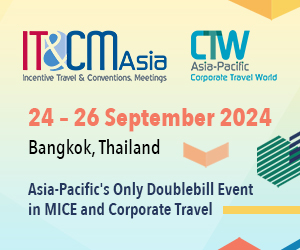
I want to receive travel news and trade event update from Travel And Tour World. I have read Travel And Tour World's Privacy Notice .
REGIONAL NEWS

Wizz Air Announces Exciting Long-Haul Flights From London To Jeddah And Milan To
Friday, September 13, 2024

Gravesend launches its Visit Gravesham campaign: What you need to know about thi

USA, Mexico, Canada Celebrate As MICHELIN Guide Rolls Out Its Premiere Full MICH

Combine Relaxation and Recreation: Book popular family attractions in Gatlinburg
Middle east.

Air Astana Introduces Direct Routes From Atyrau To Dubai And Astana, Almaty To A

AI-Powered Travel and Over 400 Cultural Tourism Products Draw Crowds at Beijing�

Hotelier Maldives GM Forum 2024: A New Era for Luxury Travel Experiences
Privacy overview.
REPUBLIC OF THE PHILIPPINES
Department of tourism.
PST: 8:36:19
Tourism Statistics
Industry performance for travel and tourism, visitor receipts.
Receipts for the month of December aggregated to about Php 33,406.72 million, 72.39% higher than the earnings in December last year of about Php 19,378.31 million.
The Average Daily Expenditure (ADE) for the month in review is Php 8,423.98. The Average Length of Stay (ALoS) of tourists in the country is recorded at 7.11 nights. On the other hand, Average per Capita Expenditure of visitors for the month is pegged at Php 59,894.48.
Korea is the top spending market with receipts amounting to about Php 12.14 billion. Visitors from USA registered an accumulated spending of about Php 4.30 billion. China placed third with almost Php 3.30 billion spent followed by Japan with estimated Php 2.15 billion spending and Canada with Php 1.64 billion.
High spending markets Malaysia, Germany, and Hongkong recorded more than Php 300 million of tourism expenditure in the country.
Among the top twenty markets, Korea registered per capita spending of Php 80,869.44. Taiwan followed with Php 68,666.85 per capita spending. Top markets with high per capita spending include Canada with Php 65,349.67, New Zealand with Php 61,964.32 and Russia with Php 55,477.01
The country welcomed 613,372 tourists for the month of December, showing growth of 6.37% from the 576,638 arrivals in the same month last year. This month recorded more than 600,000 arrivals and could be attributed to influx of visitors during the holidays.
By sub-regional grouping, East Asia supplied the majority of arrivals with a share of 49.16% corresponding to 301,515 visitors. This volume increased by 16.74% compared to December last year. Korea, Japan and China which belong to this region accounted for 45.13% of the total volume.
North America provided the second biggest influx of tourists with 124,546 arrivals, constituting 20.31% of the total tourist traffic. The ASEAN region comprised 6.60% share of the total equivalent to 40,501 arrivals.
Countries from Asia covered 57.40% of total tourist traffic corresponding to 352,098 visitors. Arrivals from the Americas contributed 20.57% to total inbound volume or 126,147 visitors. On the other hand, 73,025 arrivals (11.91%) came from Europe while some 39,715 arrivals (6.47%) were from Australasia/Pacific.
Arrivals by Port of Entry
Air arrivals comprised 97.09% of the total inbound visitors, equivalent to 595,527 visitors.A total of 389,293 tourists (63.47%) arrived at Ninoy Aquino International Airport, the primary port of entry of the country.
For the major airports in Central Philippines, 118,731 visitors (19.36%) entered through Mactan-Cebu International Airport while 46,653 (7.61%) were received at Kalibo International Airport. Clark International Airport recorded 32,077 of the visitors. Some 5,626 visitors entered through Tagbilaran Airport while the rest of the airports accumulated 3,147 arrivals.
More cruise ships arrived for the month of December, bringing a total of 14,272 tourists in various ports in the country.
Visitor Markets, December 2017
Korea, as the country’s top source market, produced 150,097 arrivals for the month in review. USA snagged the second spot from China for the month of December with 97,840 arrivals. Meanwhile, arrivals from China surged up by 72.78% to 78,333 arrival count from 45,336 in December last year. On the fourth spot is Japan with 48,371 arrivals.
Completing the top 10 markets are Australia with 31,721 arrivals, Canada with 25,071 arrivals, United Kingdom with 19,327 arrivals, Taiwan with 14,911 arrivals, Singapore with 14,846 arrivals, and Malaysia with 11,559 arrivals.
Visitor count from Hongkong reached 9,047, followed by Germany with 8,833 arrivals, and India with 8,190 arrivals. The top 20 markets this month includes the following: France with 6,071 arrivals, Indonesia with 5,414 arrivals, Sweden with 4,314 arrivals, Russia with 4,088 arrivals, New Zealand with 3,907 arrivals, Spain with 3,858 arrivals and Italy with 3,729 arrivals.
For 2017, earnings generated from tourism activities accumulated to Php 335,626.13 million (US$ 6.65 billion). Receipts rose by 45.84% from the estimated expenditure of Php 230,134.44 million (US$ 4.85 billion) in 2016. The month of July recorded the biggest receipts amounting to Php 33,406.72 million, while the month of September registered the highest growth of 117.23%
Visitor Arrivals
Arrivals to the Philippines reached a new milestone of surpassing six million arrivals with 6,620,908 visitor count. This volume registered an increase of 10.96% from the 5,967,005 count for the same period last year.
Consistent positive growth is observed throughout the year. The month of January recorded the biggest volume (631,639 arrivals) while the highest growth was registered in the month of April (+19.83%).
Countries from Asia has delivered a total of 4,135,324 arrivals, posting a market share of 62.46%. Huge segment came from East Asia with 3,517,471 arrivals (53.13%) while the remaining portions came from the ASEAN with 488,346 arrivals (7.38%) and South Asia with 129,507 arrivals.
The Americas accumulated a total of 1,176,480 arrivals, a slice of 17.77% from the total visitor traffic. On the other hand, arrivals from Europe reached a total of 675,399 (10.20%) while some 333,179 arrivals (5.03%) were from Australasia/Pacific.
Visitor Markets
As the country's top source of arrivals, Korea is the first market to surpass the 1.6 million arrivals. This market constituted almost one-fourth of country's arrivals as it accumulated a year-end volume of 1,607,821, a market share of 24.28% and registering a growth of 9.00% compared to its arrivals of 1,475,081 last year.
This year, China officially dislodged USA as the country's 2nd top market corresponding to 14.63% share to total inbound traffic. This market finished with 968,447 arrivals with an impressive growth of 43.33% from its 675,663 visitor count in 2016.
Although China took the second spot, the United States of America trailed very closely with 957,813 arrivals which is 14.47% share of the total. This figure showed an increase of 10.16% from 869,463 arrivals last year. Japan finished 4th with 584,180 arrivals, comprising 8.82% of the total inbound traffic and posting a growth of 9.14%.
The Australian market secured the fifth spot with 259,433 arrivals, providing 3.92% share to the total. Taiwan followed closely by bringing a total of 236,777 visitors, a share of 3.58%. Completing the top ten visitor markets are Canada with 200,640 arrivals, United Kingdom with 182,708 arrivals, Singapore with 168,637 arrivals, and Malaysia with 143,566 arrivals.
Hongkong and India claimed the 11th and 12th spot, with 111,135 arrivals and 107,278 arrivals, respectively. The top 20 source markets include Germany with 85,431 arrivals, France with 64,777 arrivals, Indonesia with 62,923 arrivals, Saudi Arabia with 54,716 arrivals, Thailand with 48,727 arrivals, Viet Nam with 39,951 arrivals, Spain with 36,954 arrivals and Guam with 36,637 arrivals.
removed the call to action for bring home a friend due to domain and hosting expiration, bringhome a friend website was down on 08/23/2018
BRING HOME A FRIEND AND GET A CHANCE TO WIN GREAT PRIZES! visit our website now www.bringhomeafriend.online
Register now or invite a friend now.
Key Officials
OTHER LINKS
Marketing Website
Foreign Offices
Directory of Offices
Rules and Regulations
R.A. 9593 (Tourism Act of 2009) IRR
HELPFUL LINKS
Citizens Charter
Transparency Seal
Career Opportunities
Bidding Announcements (ITB/REI)
Data Privacy Statement
BE ACCREDITED
Online Accreditation
Accredited Establishments
Air Passenger Bill of Rights
Regional Offices
Tourism Training for Businesses

IMAGES
COMMENTS
Tourism Demand Statistics . Philippine Tourism Satellite Account. 2000 - 2023; Visitor Arrivals to the Philippines
Although this may not be the same volume of international tourist arrivals as it was in 2019, it was a substantial increase from just about 0.16 million in 2021. The tourism industry contributes a ...
2019 Philippine Tourism Statistics Statistics, Economic Analysis and Information Management Division. 8,260,913 ... Things liked most about the Philippines PROFILE OF VISITORS, 2019 Warm hospitality (46.35%) Beautiful sceneries (30.04%) Good food (8.45%) Able to see loved ones (5.73%) Everything (6.33%)
Release Date: Thursday, July 23, 2020. The Philippine Statistics Authority (PSA) releases for the first time two new and additional indicators covering the period 2012 to 2019 on its annual compilation of the Philippine Tourism Satellite Accounts. These indicators namely: (1) the tourism…. Read More.
Manila, Philippines—The year 2023 is a win for the Philippine tourism industry as it welcomed more than five million international visitor arrivals from January 1 to December 31, 2023, recording more than PHP480 billion in international tourism receipts, according to Department of Tourism (DOT) Secretary Christina Garcia Frasco.. According to the monitoring data of the DOT, a total of ...
Jun 13, 2024. Tourist arrivals to the Philippines slowly picked up after significant disruptions caused by the COVID-19 pandemic in 2020 and 2021. From roughly 1.48 million tourists in 2020 ...
2. This is the INITIAL Tourism Receipts computation for 2023, and will be subject to revisions at the end of the year and when there is a change in the methodology. 3. There may be a slight difference in totals due to rounding off of figures. 4. Visitor Receipts is converted into Philippine Peso using the 2023 Average
International tourism, number of arrivals - Philippines. World Tourism Organization, Yearbook of Tourism Statistics, Compendium of Tourism Statistics and data files. License : CC BY-4.0. LineBarMap. Also Show Share Details. Label. 1995 - 2020.
For data inquiries, contact: Knowledge Management and Communications Division Philippine Statistics Authority 5/F CVEA Bldg., East Avenue, Quezon City Tel. No.: (632) 462-6600 loc. 839 ... Total Employment in the Philippines and Employment in Tourism Industries: 2I5DEMP0: General Information.
The Department of Tourism provides tourism statistics in PDF format. Available data includes industry performance for travel and tourism and visitor arrival to the Philippines by country of residence. Access the DOT's data below. Department of Tourism. demographic data, economic, tourism.
Data are in current U.S. dollars. International tourism receipts are expenditures by international inbound visitors, including payments to national carriers for international transport. ... Philippines tourism statistics for 2019 was 11,455,000,000.00, a 17.91% increase from 2018. Download Historical Data Save as Image. Data Source: World Bank
MANILA - The Philippines is halfway through its arrival target for the end of 2024 after recording 4.08 million international visitors as of Sept. 5. Tourism Secretary Christina Frasco disclosed the latest number at the opening of the 35th Philippine Travel Mart (PTM) in SMX Convention Center on…
Philippine Tourism Satellite Account Tourism Posted Highest Growth in 2023, Contributing 8.6 Percent to the Economy. Release Date: Tuesday, June 18, 2024 ... This is the highest growth of tourism since the start of the data compilation in the year 2000. (Tables 6.1 and 6.2) ...
Tourism in the Philippines the Philippines recorded a total of 164,000.00 tourists in 2021, ranking 105th in the world in absolute terms. ... Our data on tourist numbers, revenues and expenditures are based on information from the World Tourism Organization. However, to ensure international comparability, the data for some years or countries ...
February to December 2022GRAND TOTAL TOTAL OVERSEAS FILIPINOS * TOTAL FOREIGN TOURIST AMERICAN SOUTH KOREAN AUSTRALIAN CANADIAN BRITISH JAPANESE SINGAPOREAN INDIAN MALAYSIAN CHINESE GERMAN VIETNAMESE INDONESIAN FRENCH TAIWANESE DUTCH SPANISH NEW ZEALANDER THAI ITALIAN IRISH NORWEGIAN SWISS SAUDI ARABIAN ISRAELI SWEDISH BELGIAN HONG KONGER ...
In 2023, the share of Tourism Direct Gross Value Added (TDGVA) to the Philippine economy, as measured by the Gross Domestic Product (GDP), was estimated at 8.6 percent. (Table 10.1 and Figure 1) The TDGVA amounted to PhP 2.09 trillion in 2023, higher by 47.9 percent compared with the PhP 1.41 trillion TDGVA in 2022.
In 2021, the contribution of Tourism Direct Gross Value Added (TDGVA) to the Philippine economy, as measured by the Gross Domestic Product (GDP), is estimated at 5.2 percent. (Table 10.1) The TDGVA amounted to PhP 1,001.30 billion in 2021, higher by 9.2 percent compared with the PhP 917.20 billion in 2020.
Tourism revenues from January to August 2024 have reached P362 billion, reflecting an 11.17 percent increase over pre-pandemic levels. ... Data from the Philippine Tour Operators Association (PHILTOA) indicates that last year's PTM facilitated bookings to both popular and emerging destinations within the Philippines, such as the Spratly ...
Jul 3, 2024. South Korea was the biggest market for international tourists arriving in the Philippines in 2023, with about 1.44 million travelers. Tourists from the United States came in second ...
The data reached an all-time high of 6.415 USD bn in 2015 and a record low of 1.141 USD bn in 1995. PH: International Tourism: Receipts data remains active status in CEIC and is reported by World Bank. The data is categorized under Global Database's Philippines - Table PH.World Bank.WDI: Tourism Statistics.
The Tourism Direct Gross Value Added (TDGVA) amounted to PhP 2.09 trillion in 2023, higher by 47.9 percent compared with the PhP 1.41 trillion TDGVA in 2022. This is the highest growth of tourism since the start of the Philippine Statistics Authority's compilation of the data in 2000.
World Tourism Organization, Yearbook of Tourism Statistics, Compendium of Tourism Statistics and data files, and IMF and World Bank exports estimates. License : CC BY-4.0 Line Bar Map
The Philippines is among the top tourist destinations in the world, making tourism a major contributor to its economy. In 2023, the tourism sector posted an 8.6% contribution to the Philippine ...
International tourism, number of departures - Philippines. World Tourism Organization, Yearbook of Tourism Statistics, Compendium of Tourism Statistics and data files. License : CC BY-4.0. LineBarMap. Also Show Share Details. Label. 1995 - 2020.
The Philippine Travel Exchange (PHITEX) 2024, led by the Tourism Promotions Board (TPB), concluded its Travel Exchange (TRAVEX) sessions with P396.2 million in sales leads, up 14.4 percent from P346.32 million last year. The event, themed "The Power of Collaboration in Tourism," brought together 115 Philippine sellers and 86 foreign buyers. TPB chief operating officer […]
Source Data : eTravel. Prepared by: Statistics, Economic Analysis, and Information Management Division Office of Tourism Development Planning, Research, and Information Management Tourism Development - DEPARTMENT OF TOURISM www.tourism.gov.ph.
In 2022, the share of Tourism Direct Gross Value Added (TDGVA) to the Philippine economy, as measured by the Gross Domestic Product (GDP), is estimated at 6.2 percent. (Table 10.1 and Figure 1) The TDGVA amounted to PhP 1.38 trillion in 2022, higher by 36.9 percent compared with the PhP 1.00 trillion in 2021.
Figure 5 illustrates the network of keywords that frequently co-occur in slum tourism studies. To refine our data, we consolidated similar keywords, for example, pairing "township" with ...
The Philippines institutionalizes its eTravel system, streamlining international travel and boosting tourism with improved border control, health surveillance, and data analysis. ... and tourism data analysis. The institutionalization of this system is expected to have a profound impact on the travel industry, particularly in terms of improving ...
For the major airports in Central Philippines, 118,731 visitors (19.36%) entered through Mactan-Cebu International Airport while 46,653 (7.61%) were received at Kalibo International Airport. Clark International Airport recorded 32,077 of the visitors.